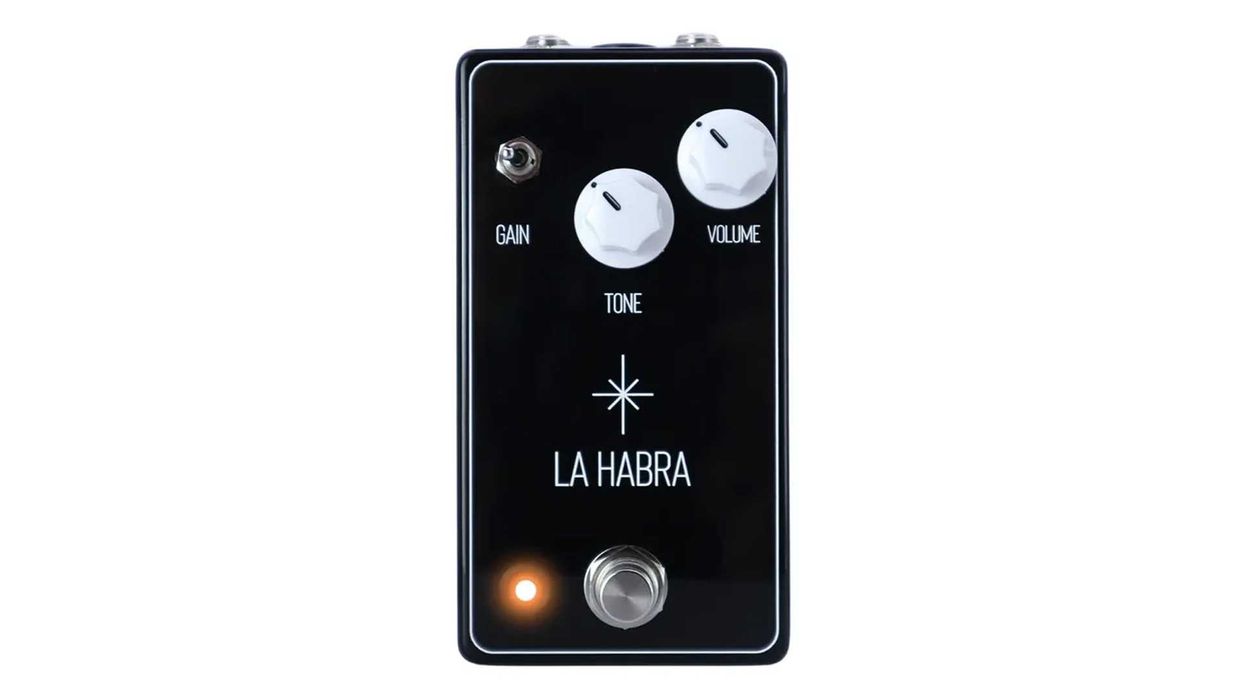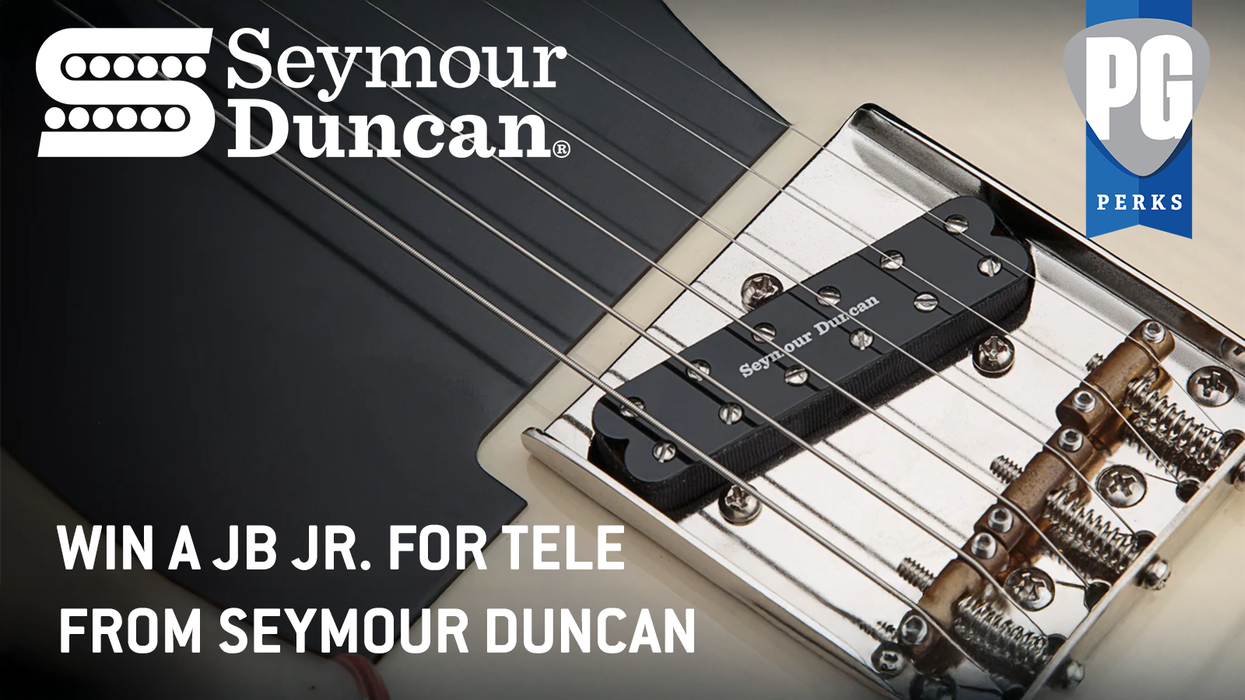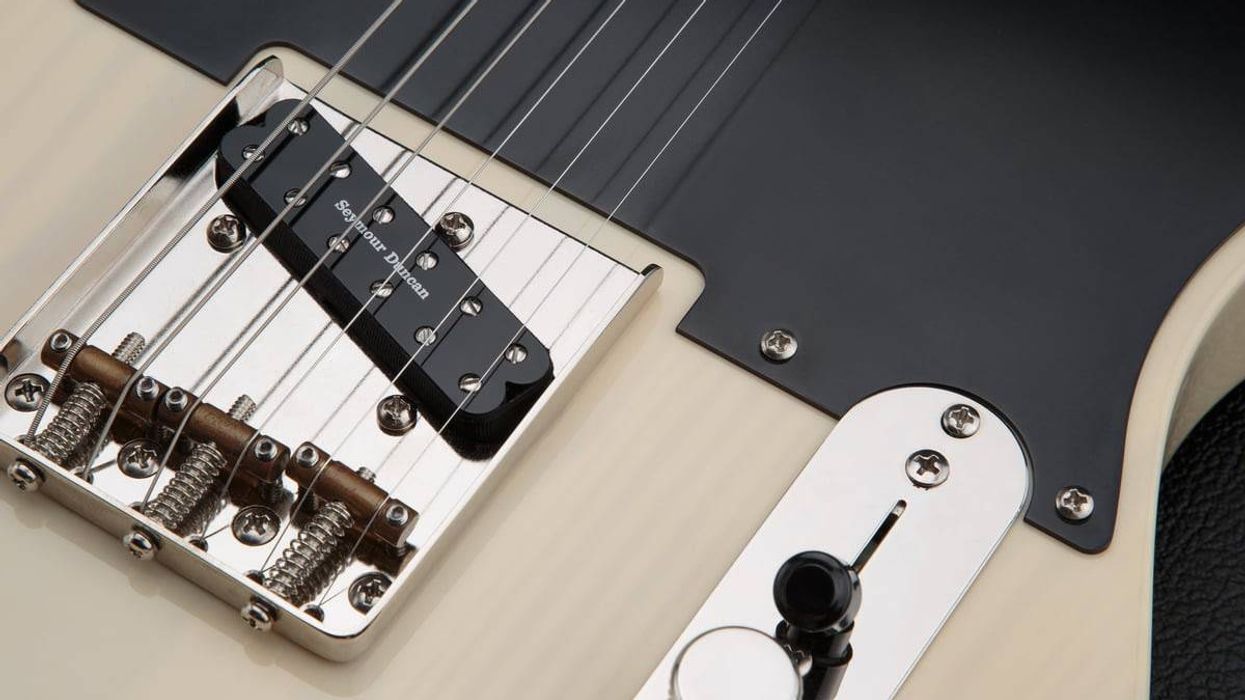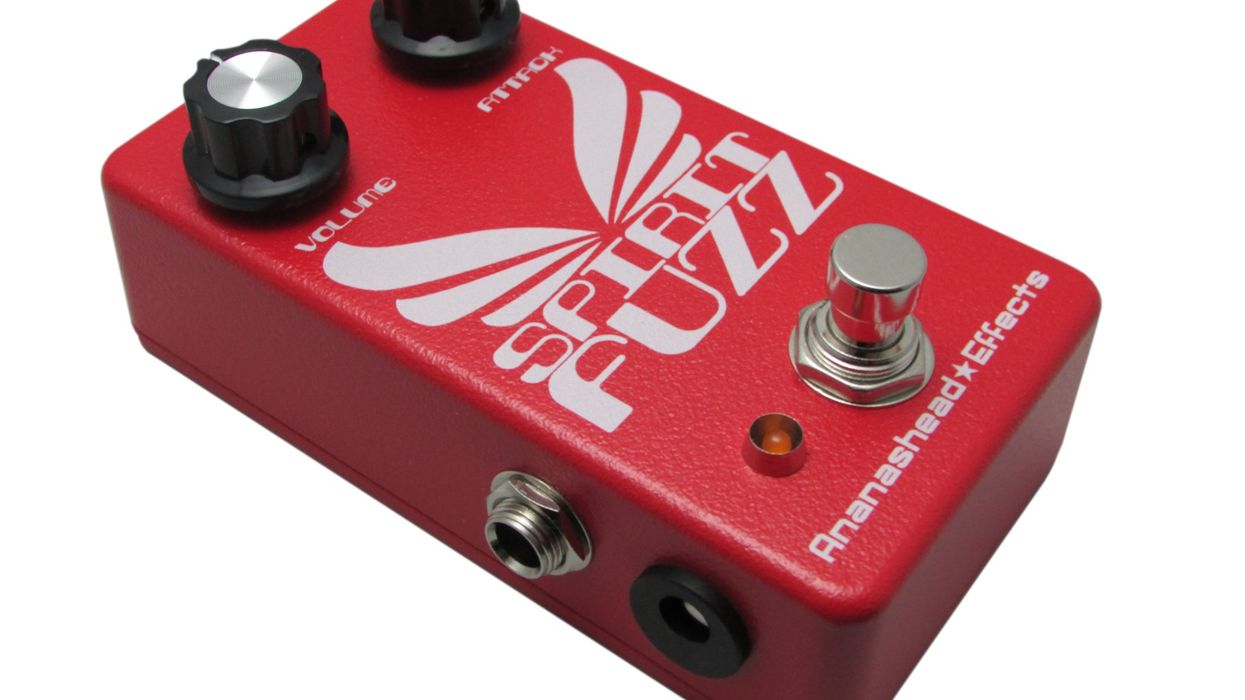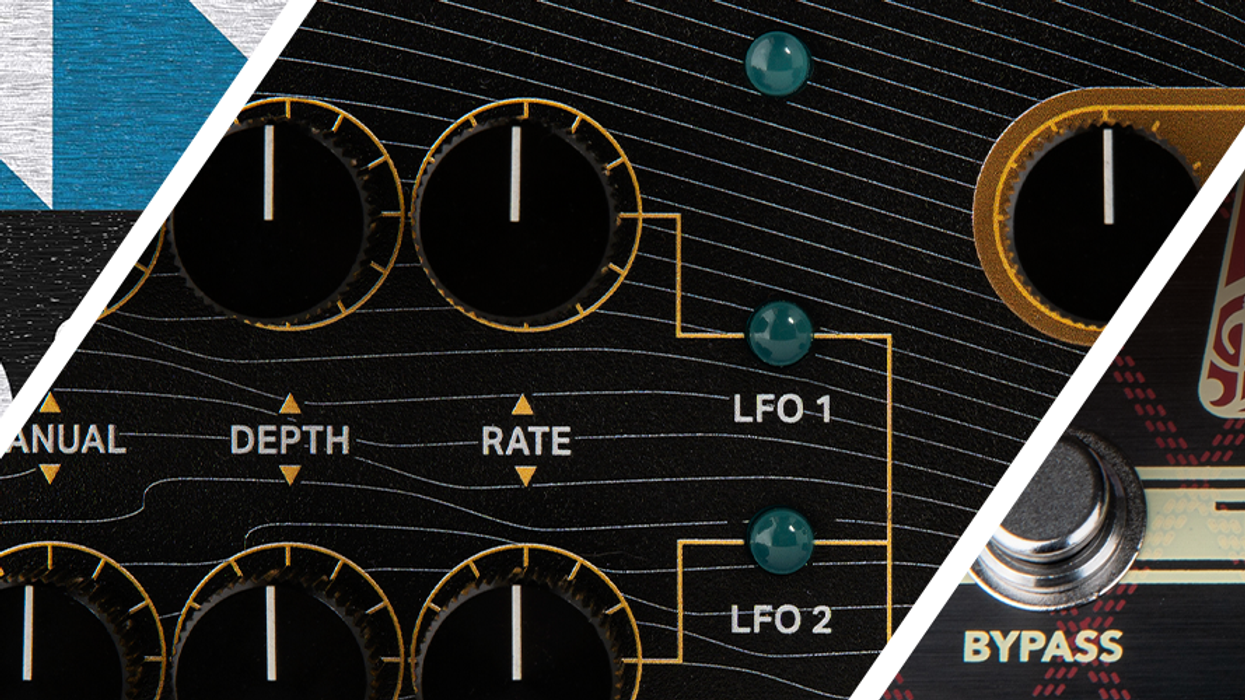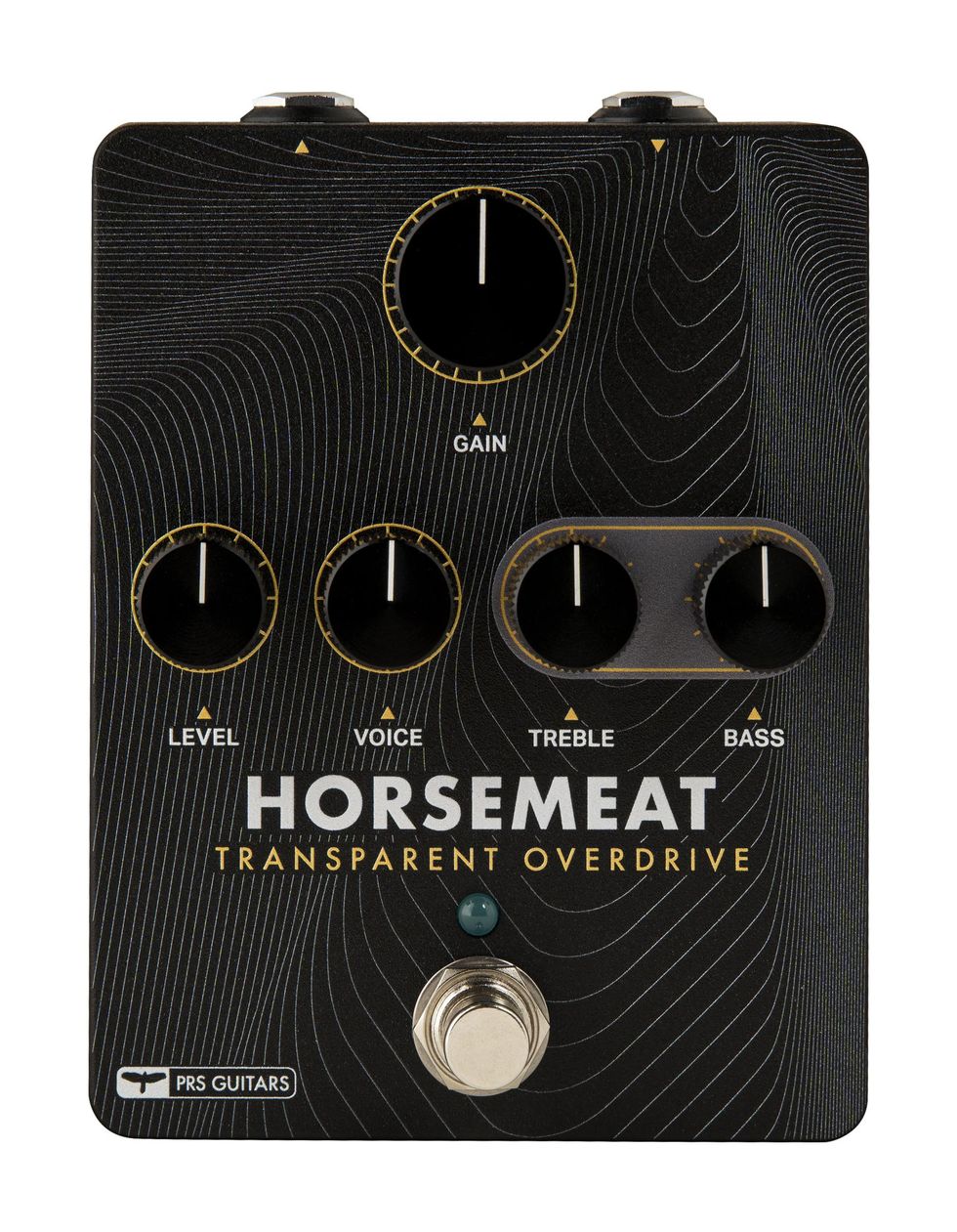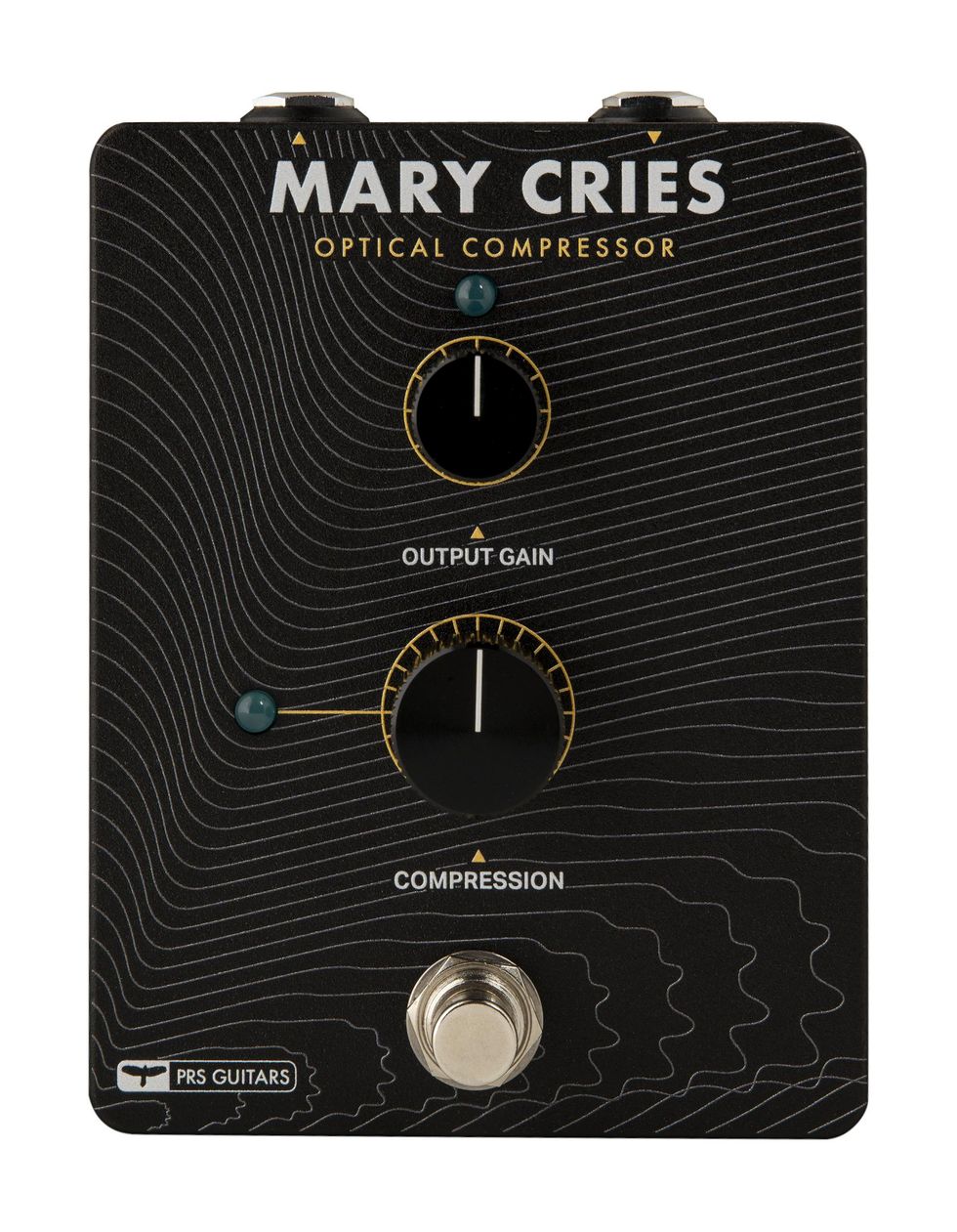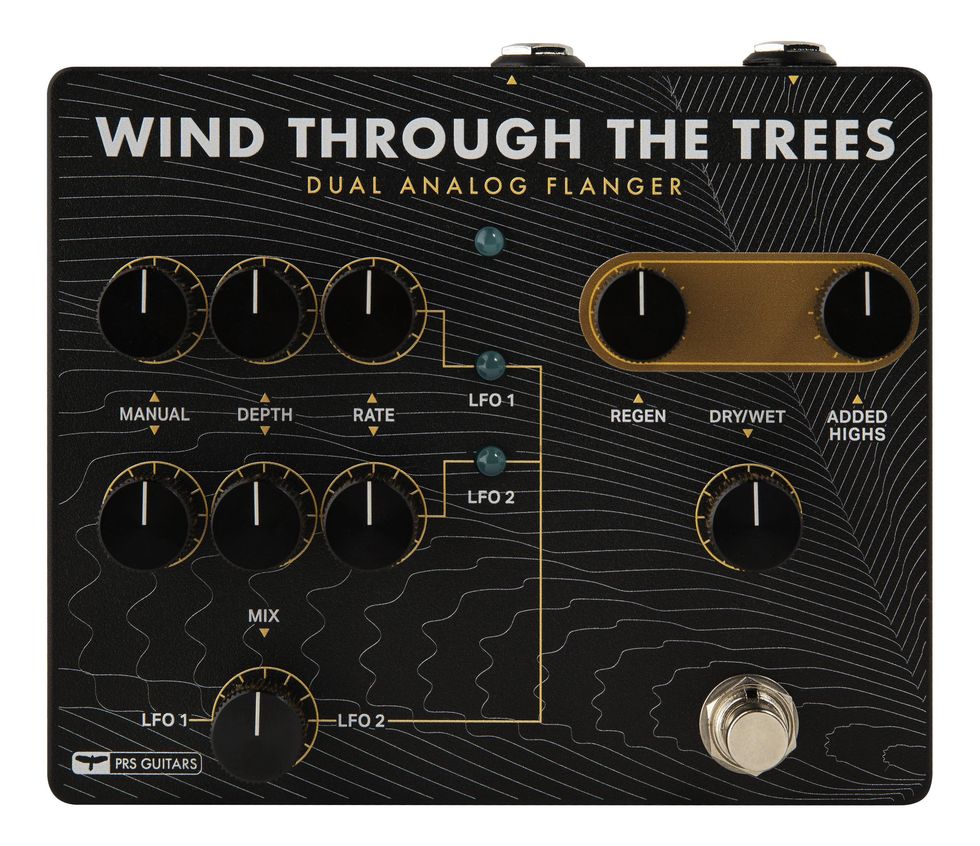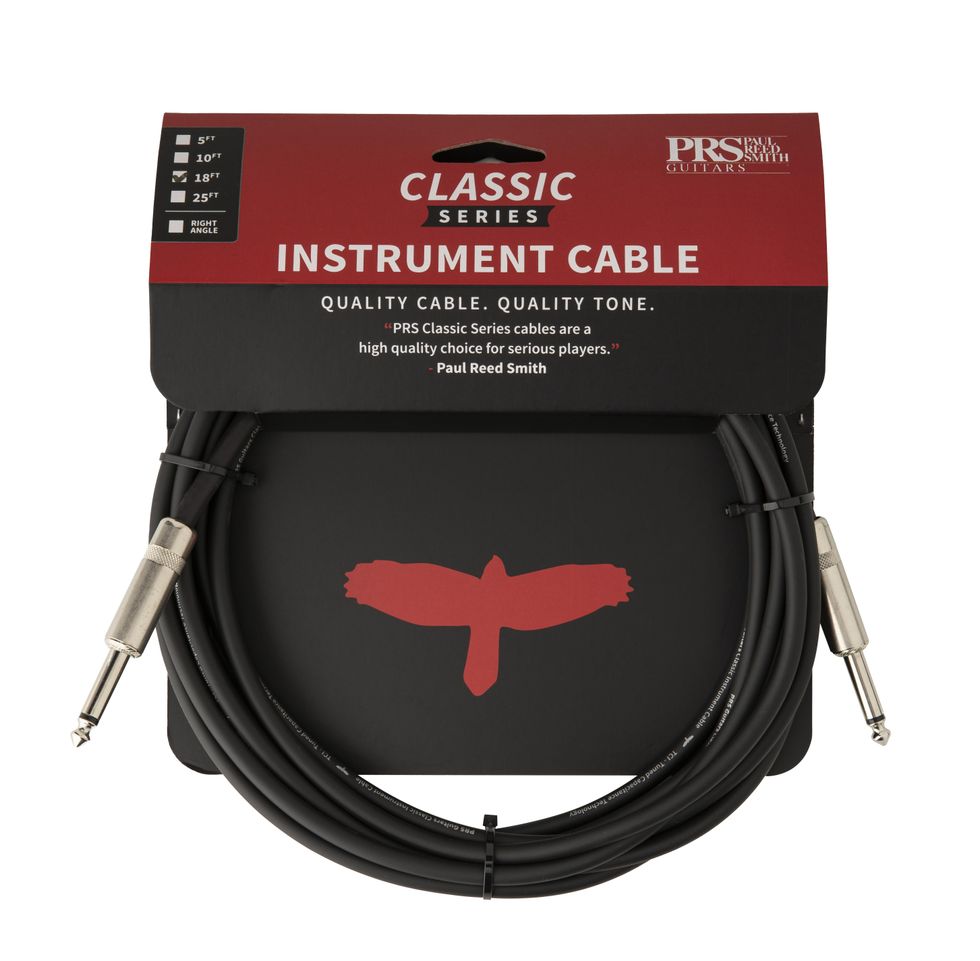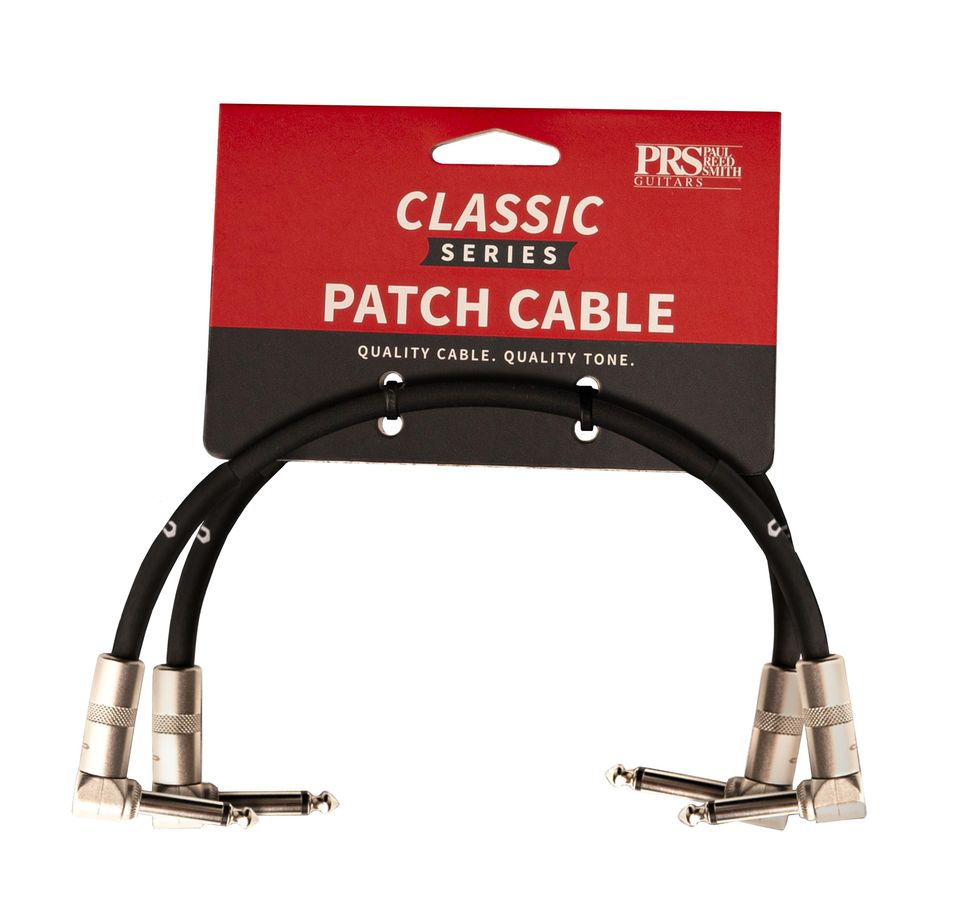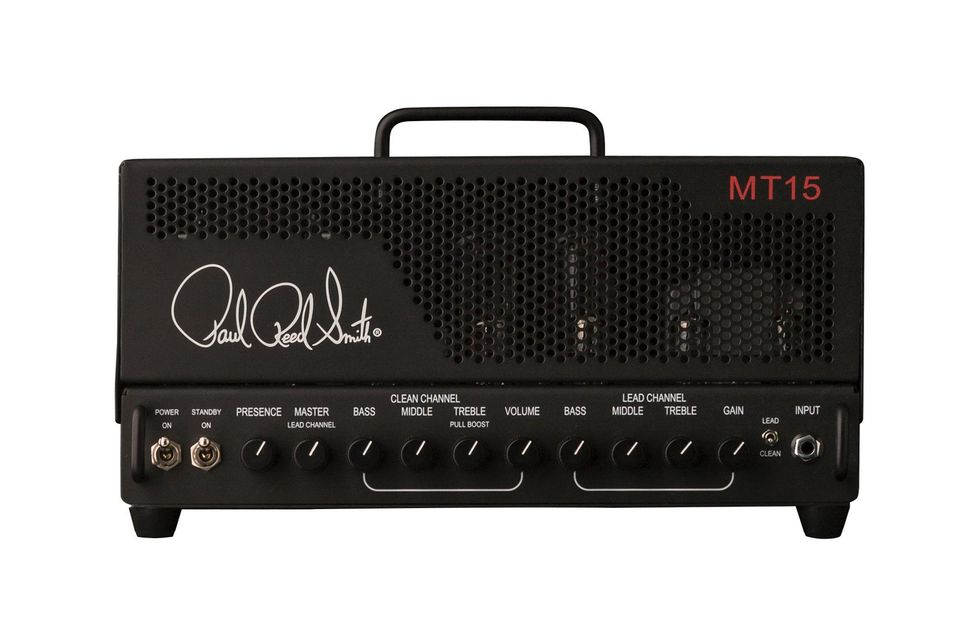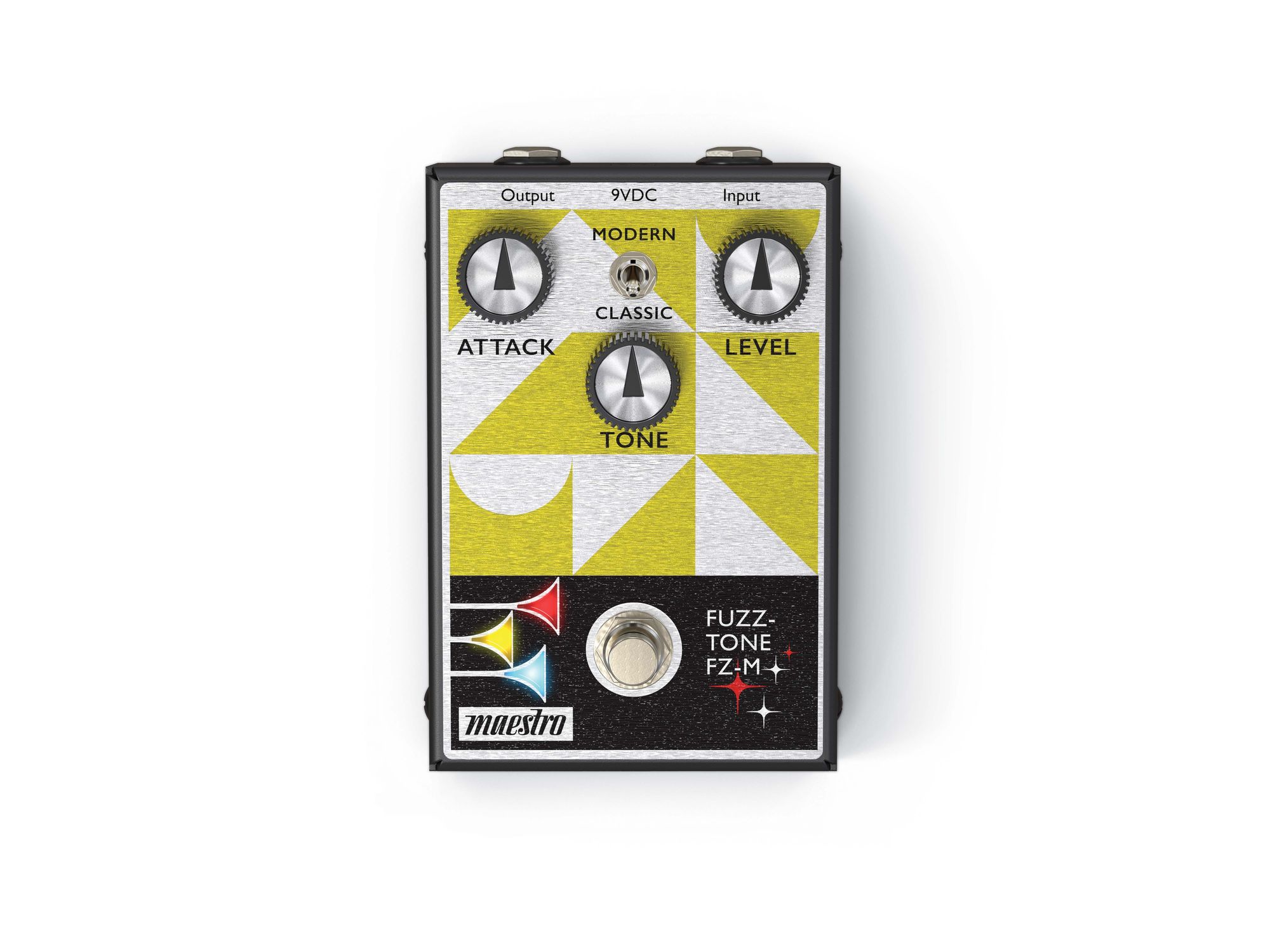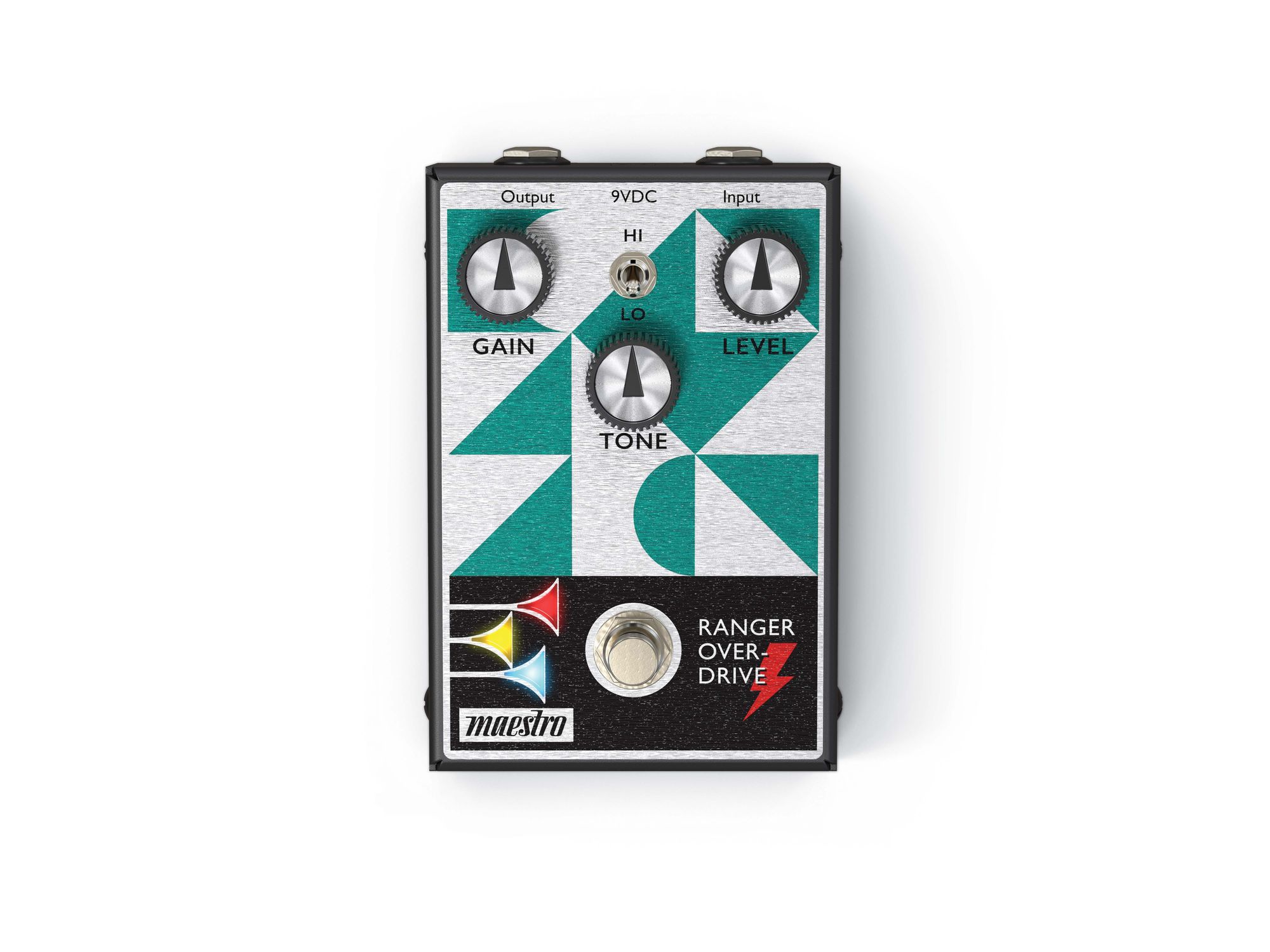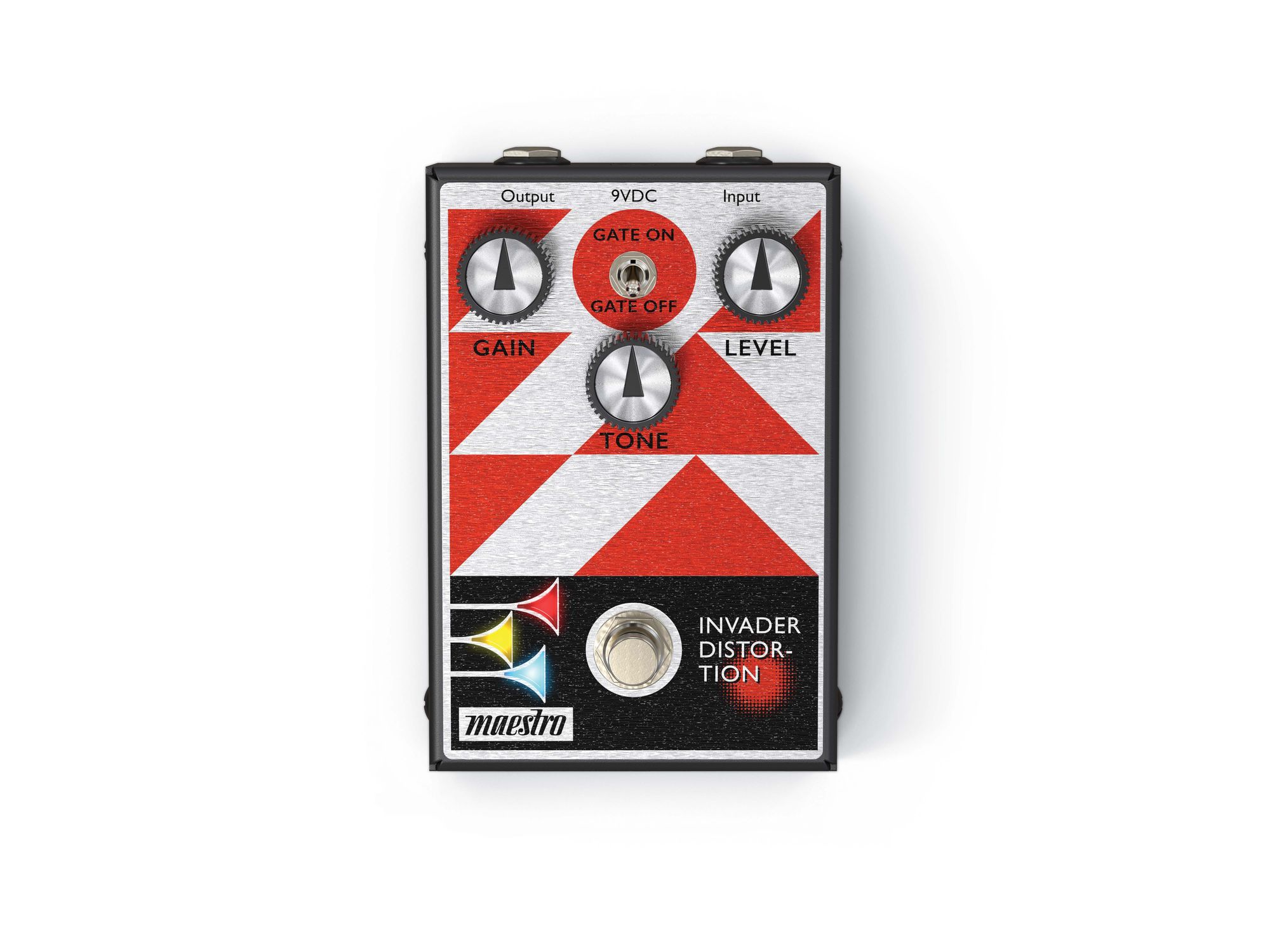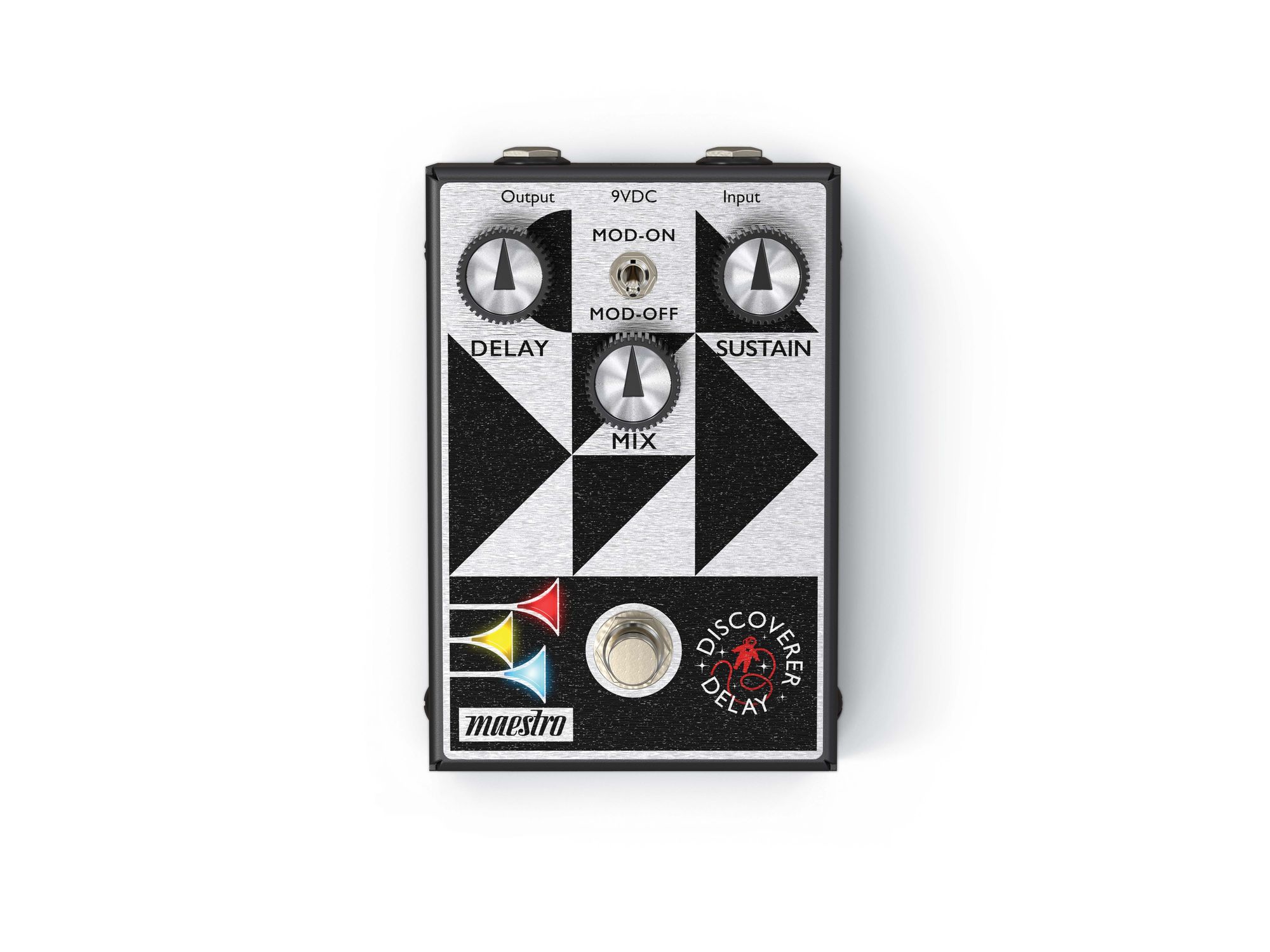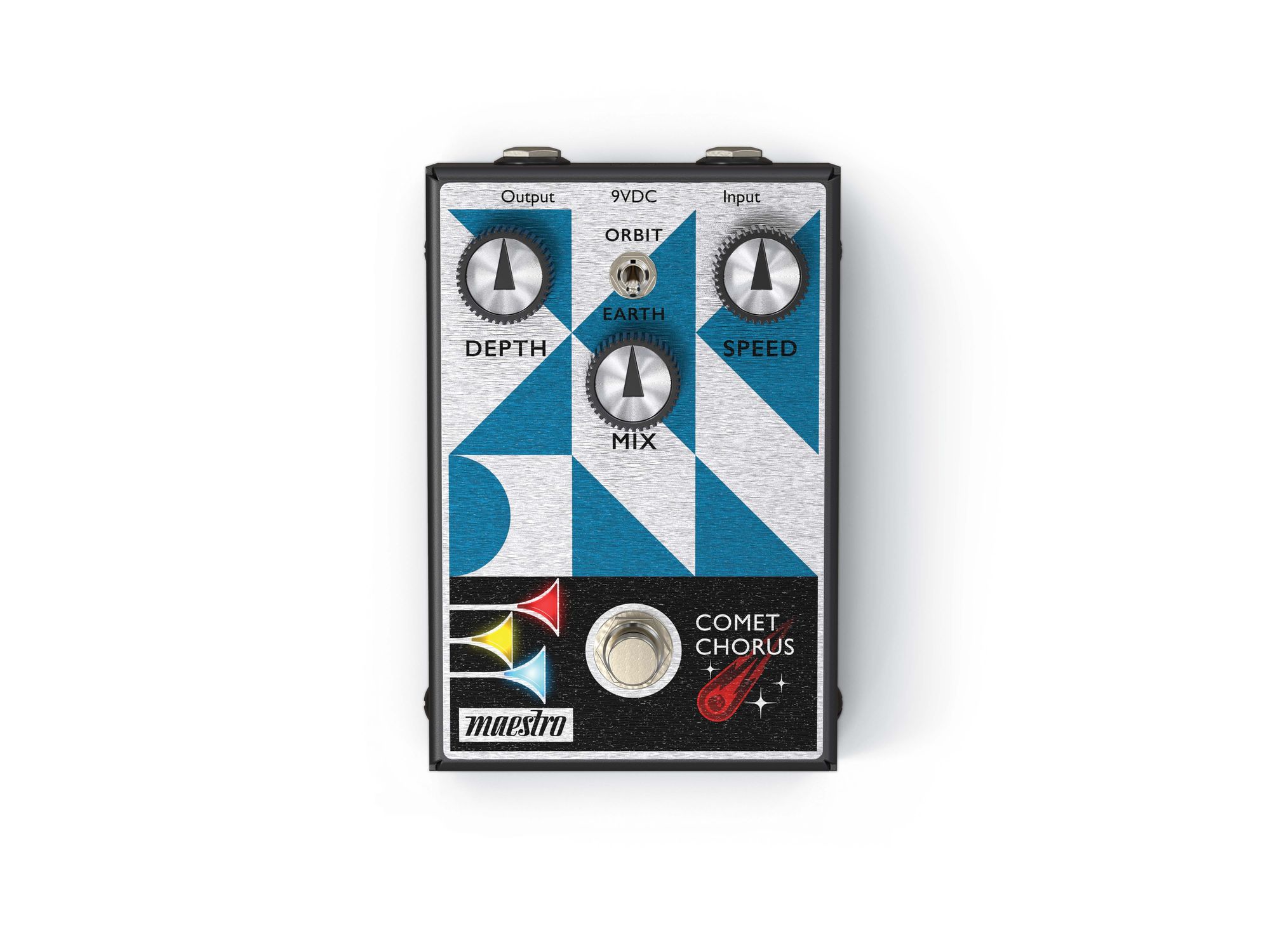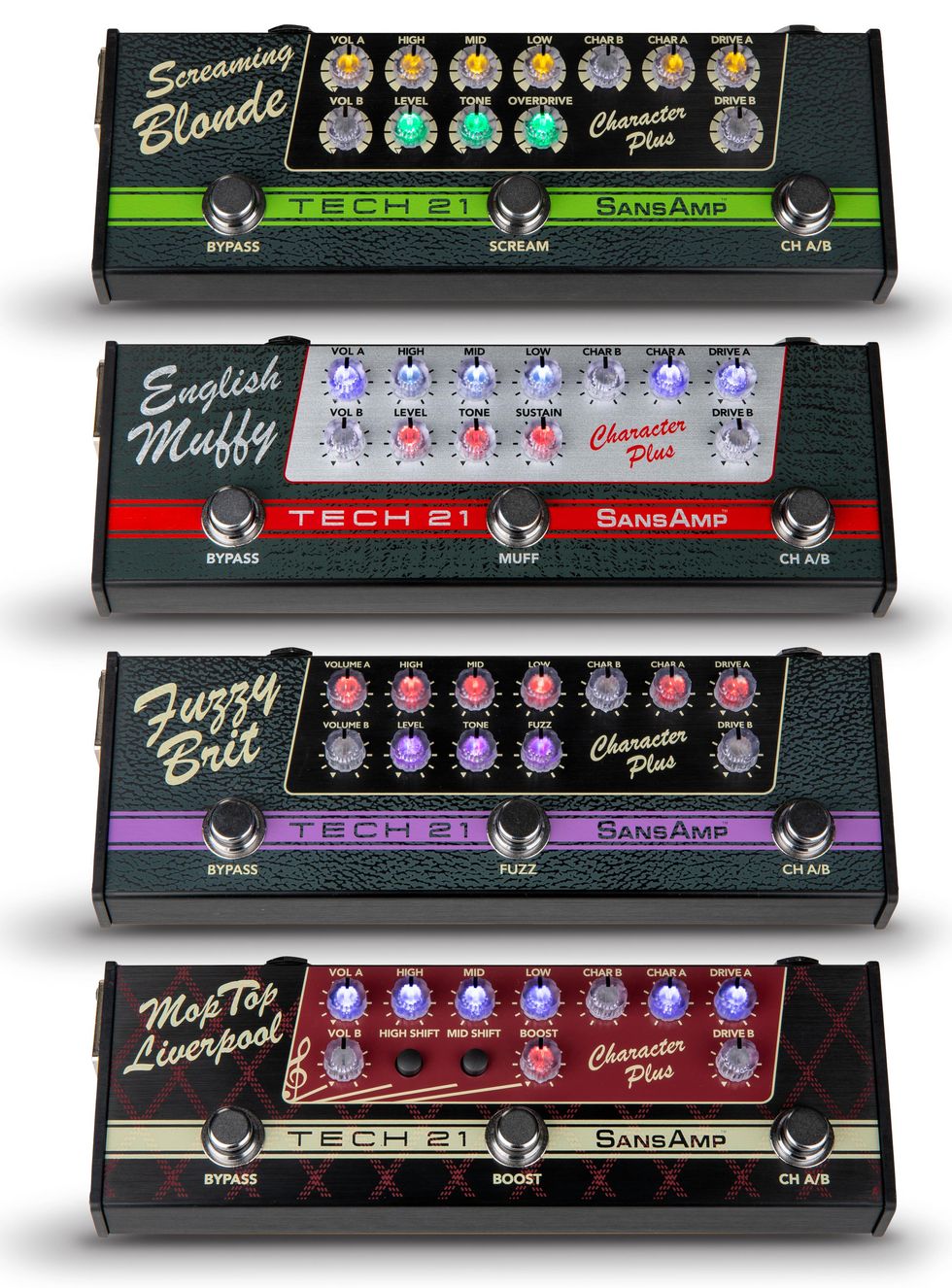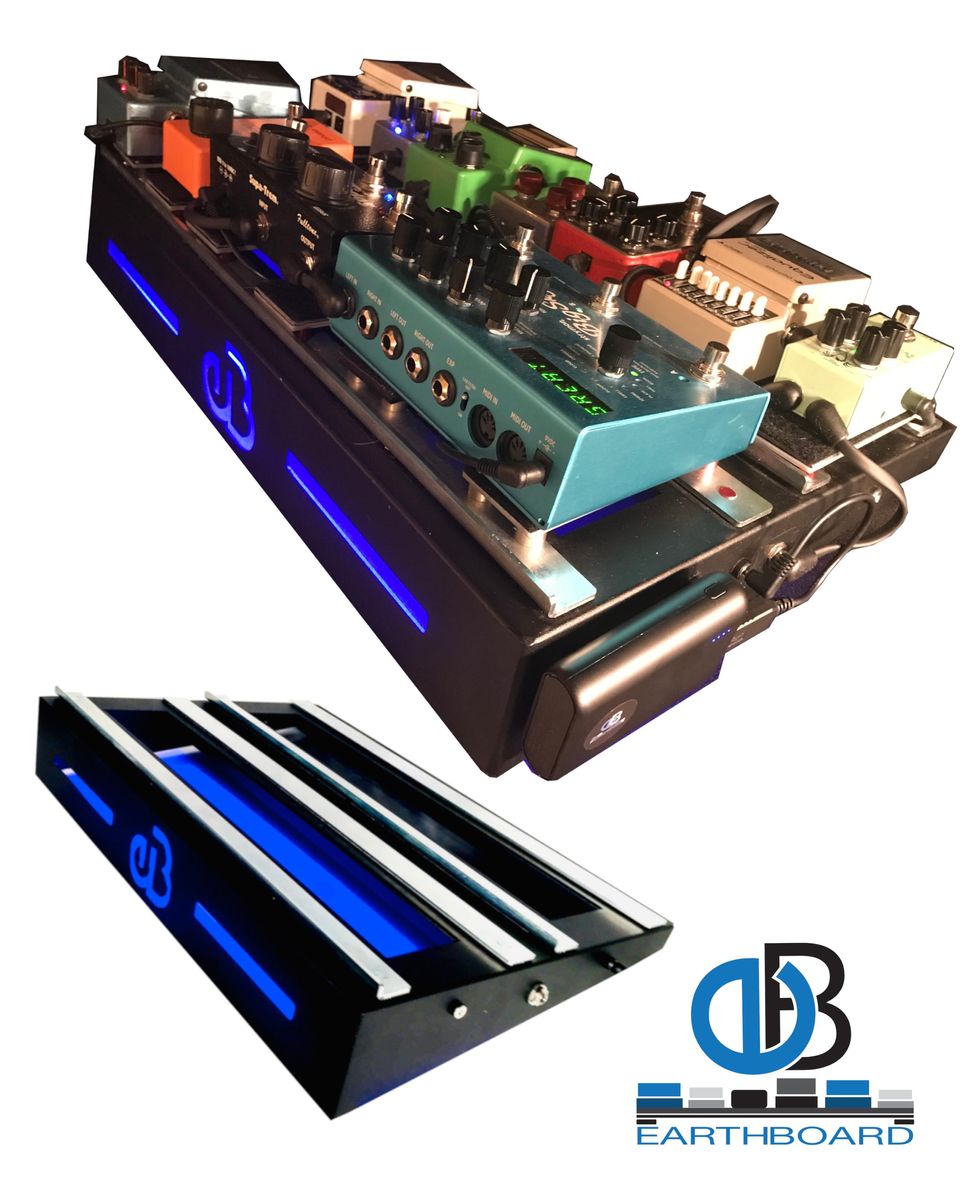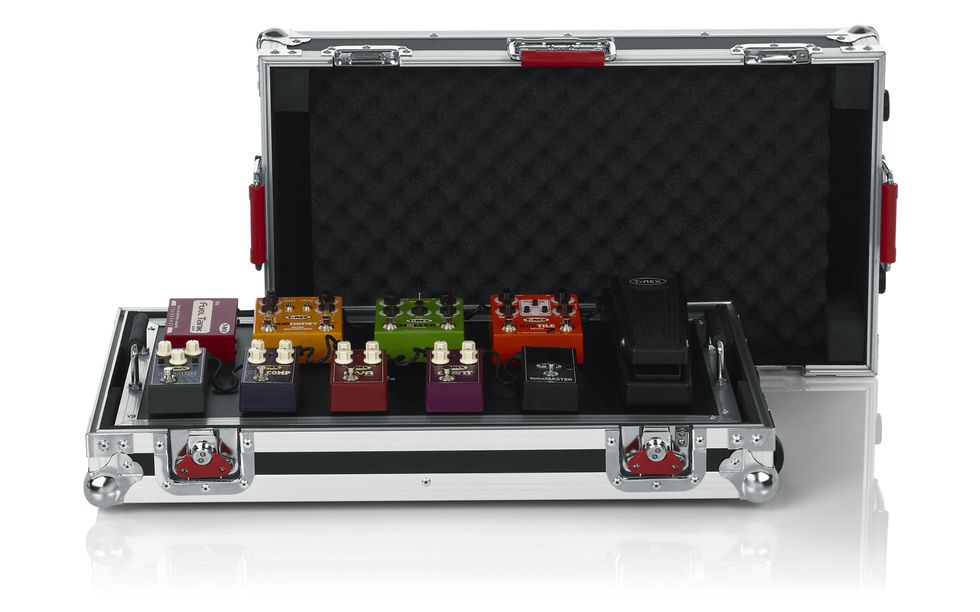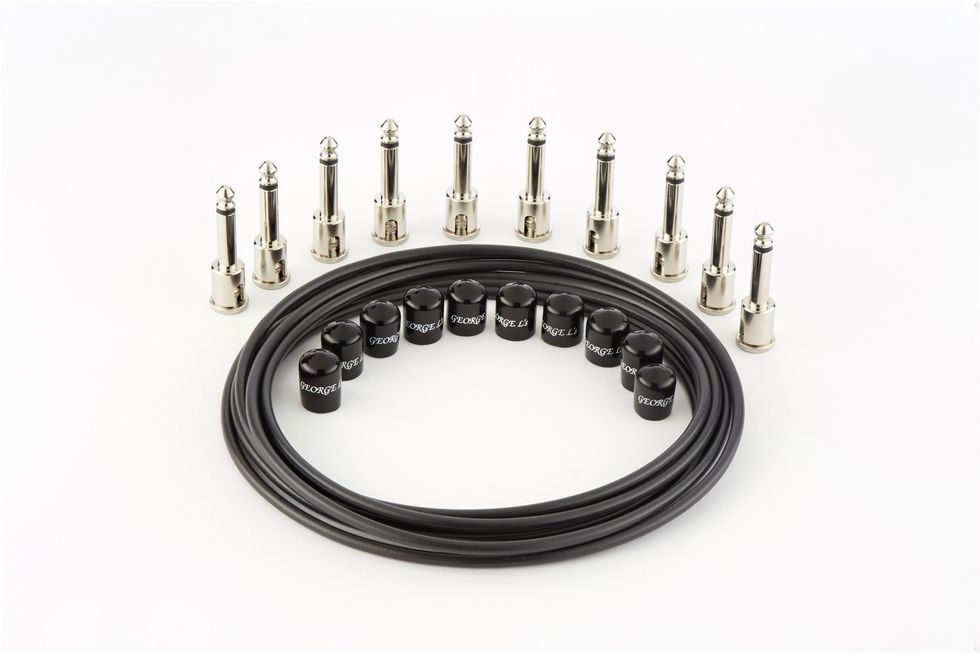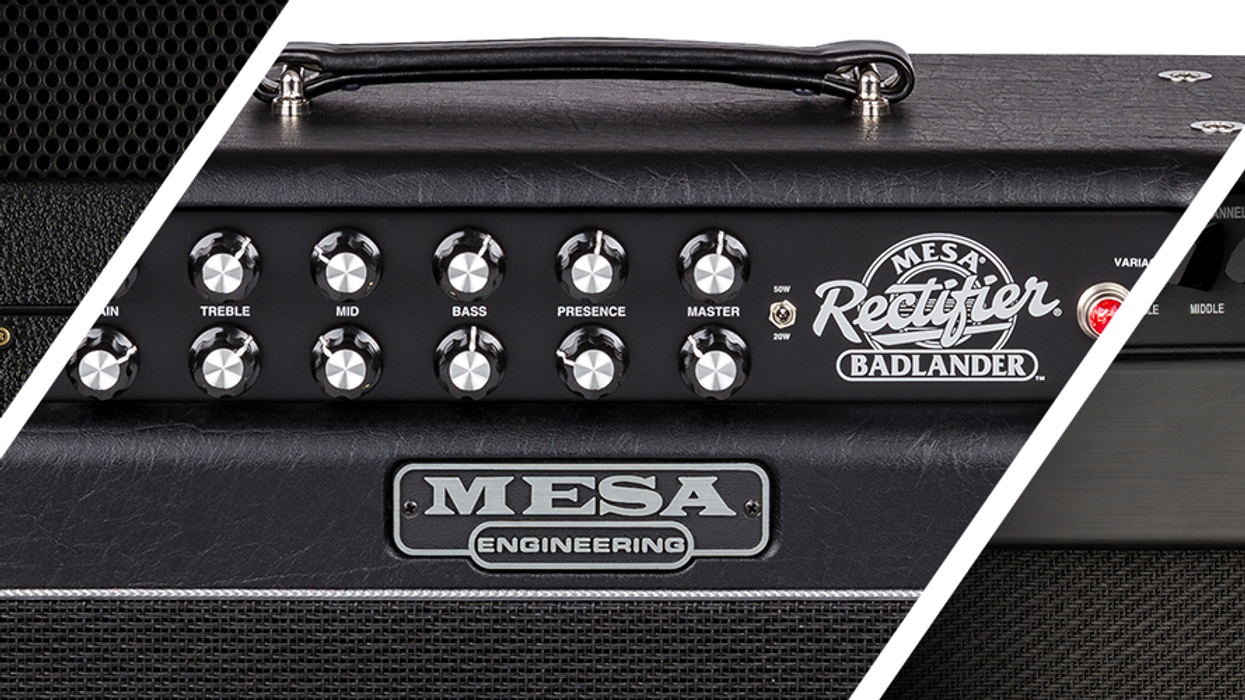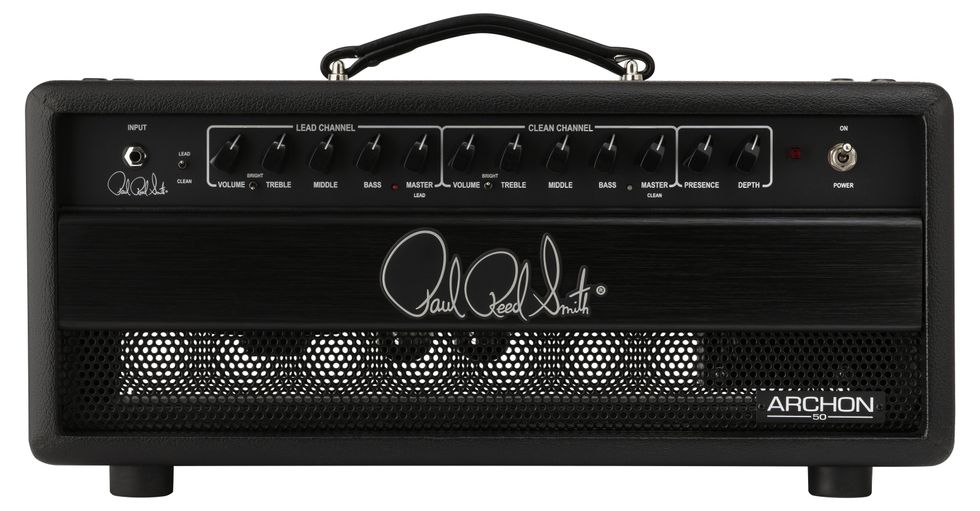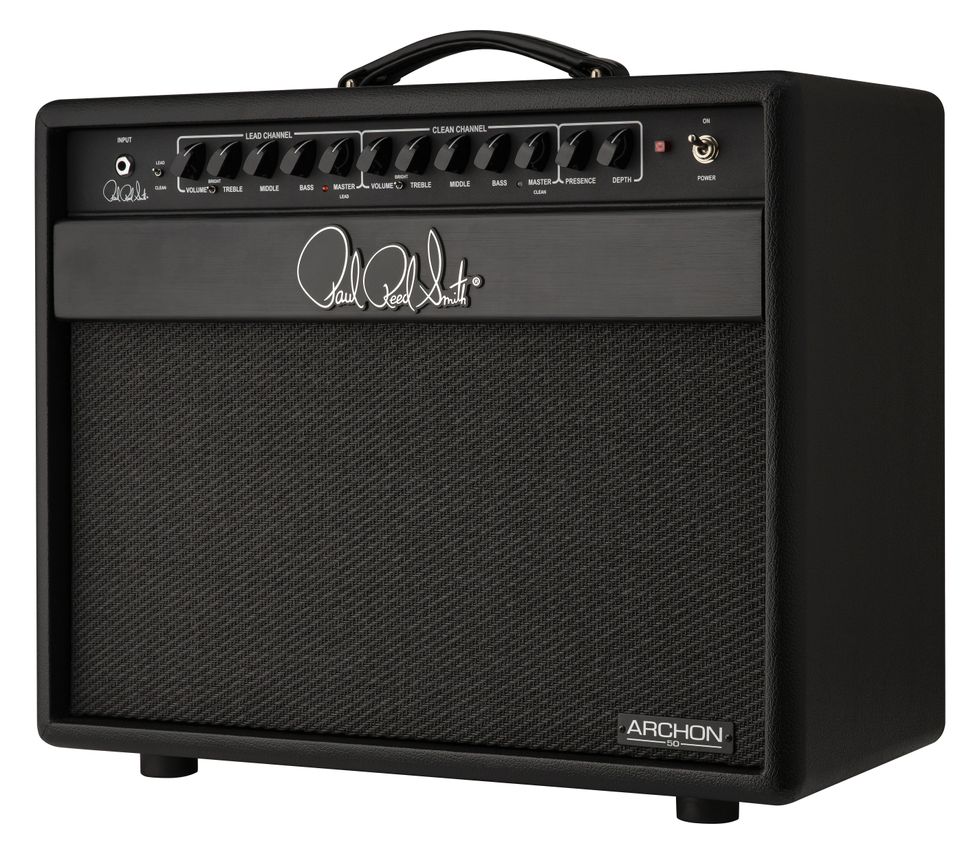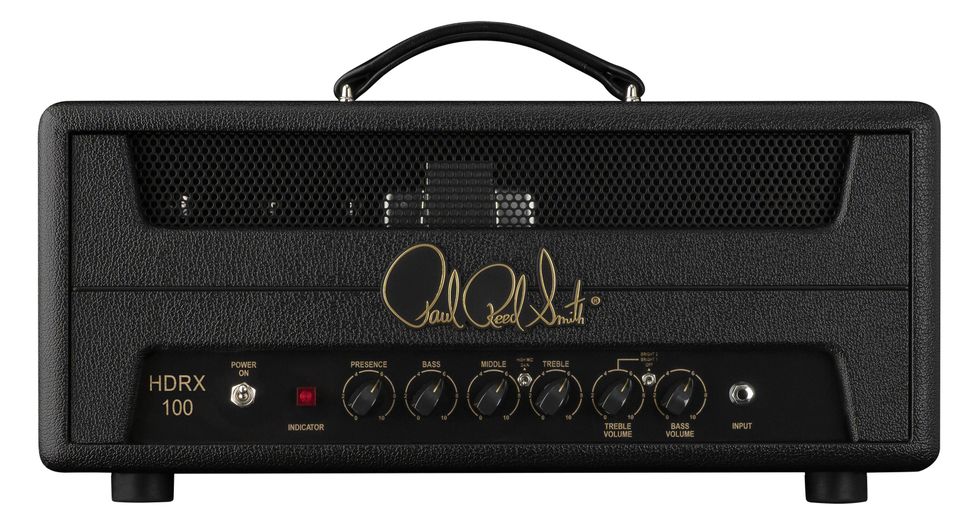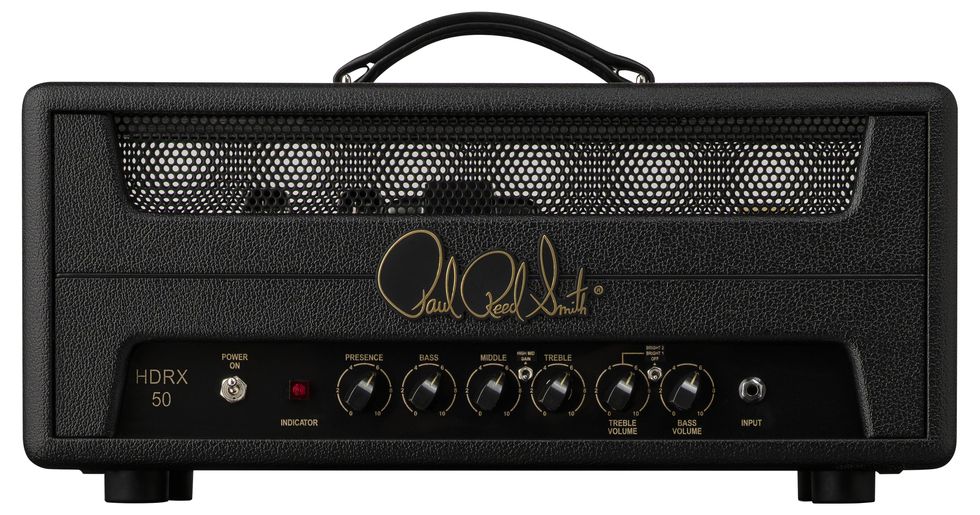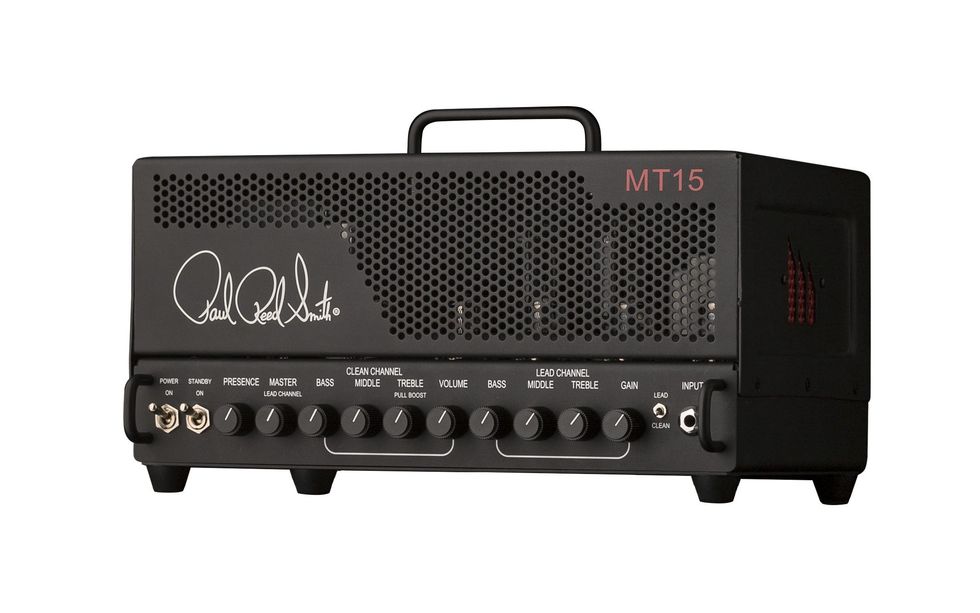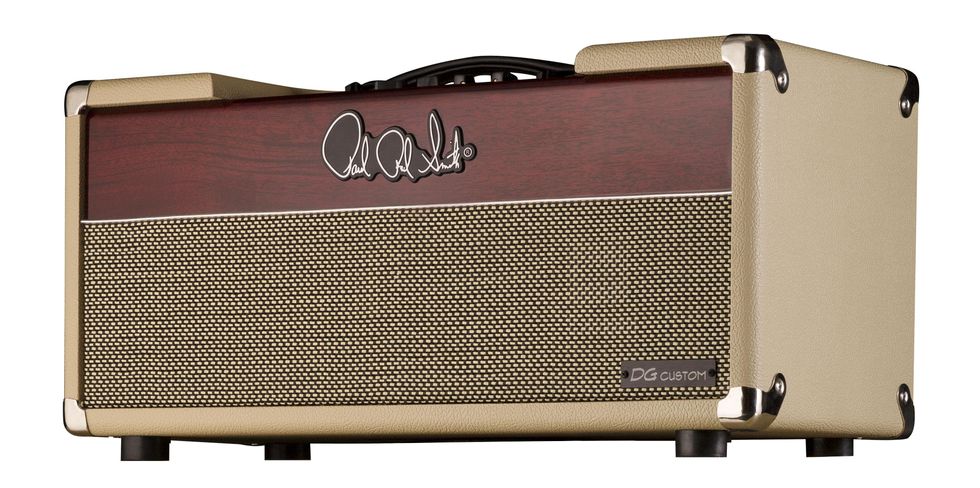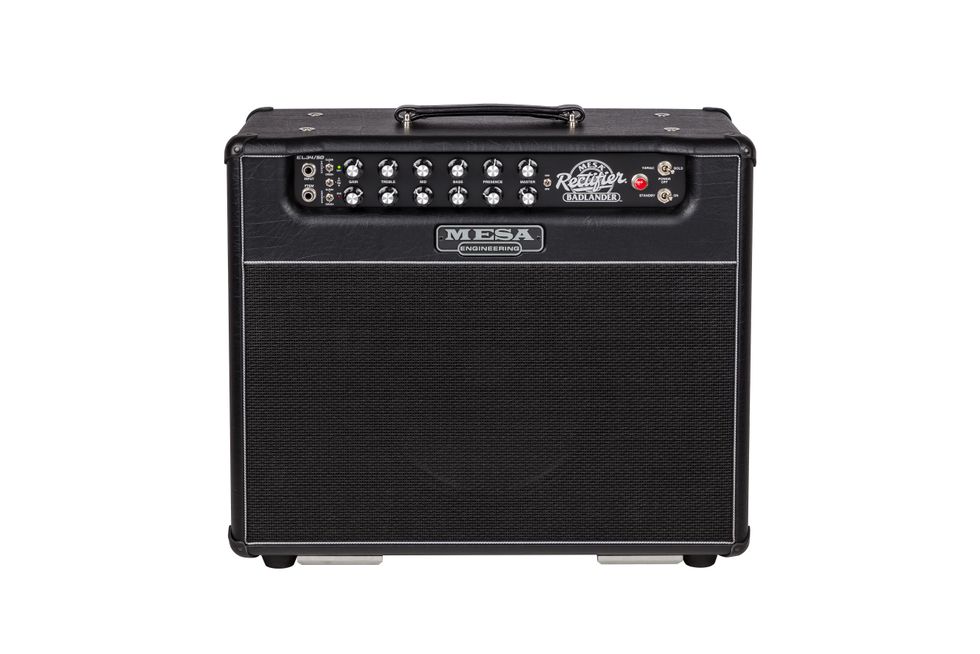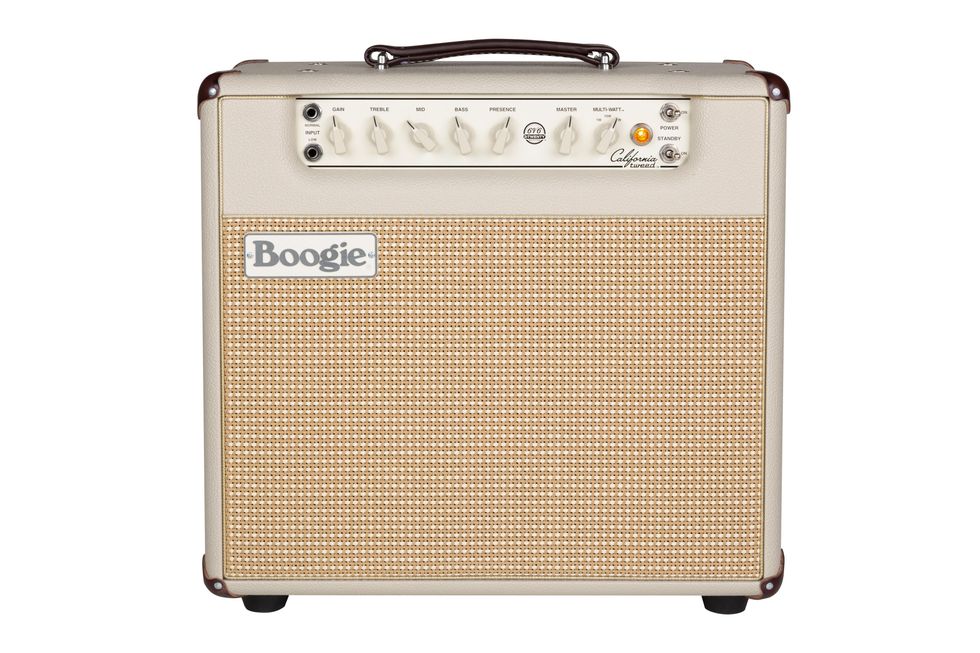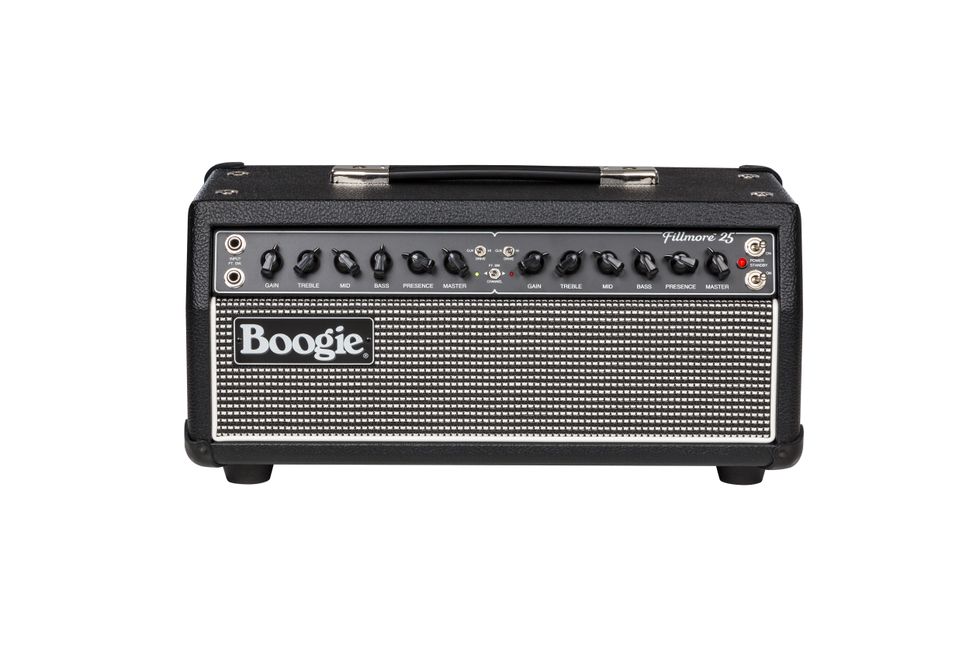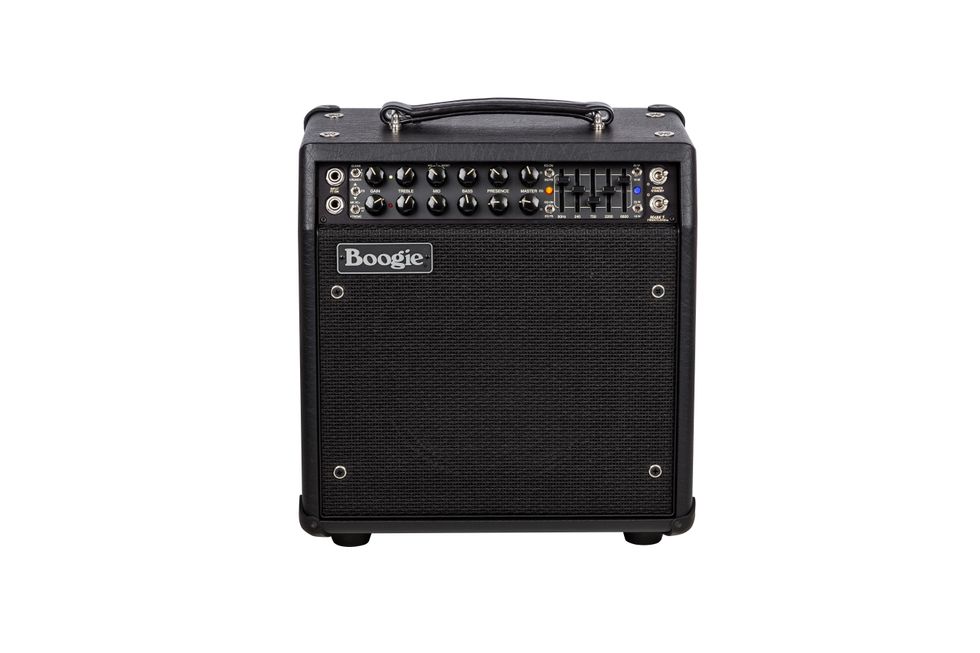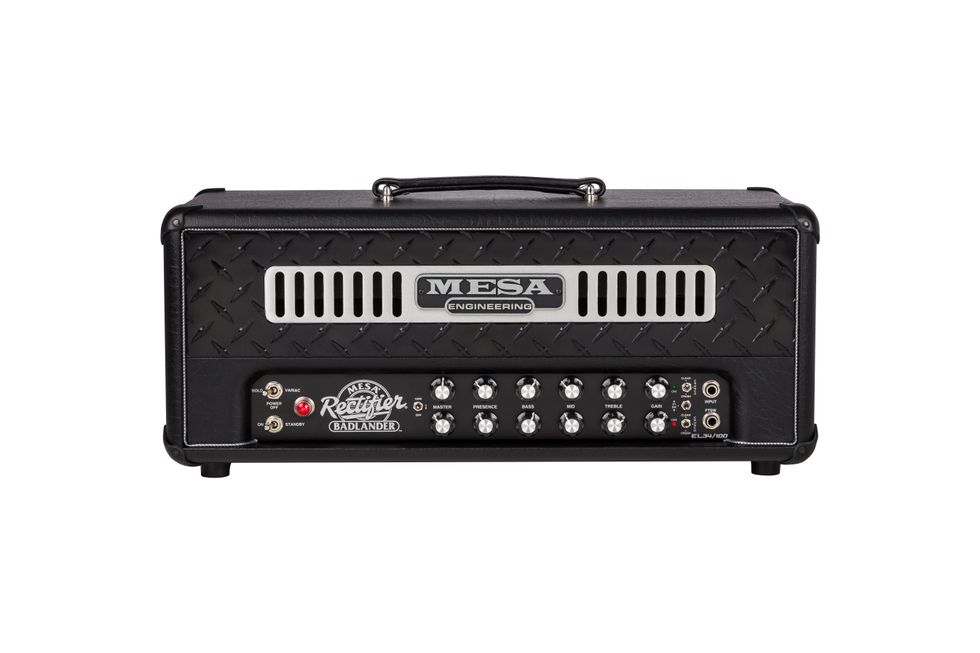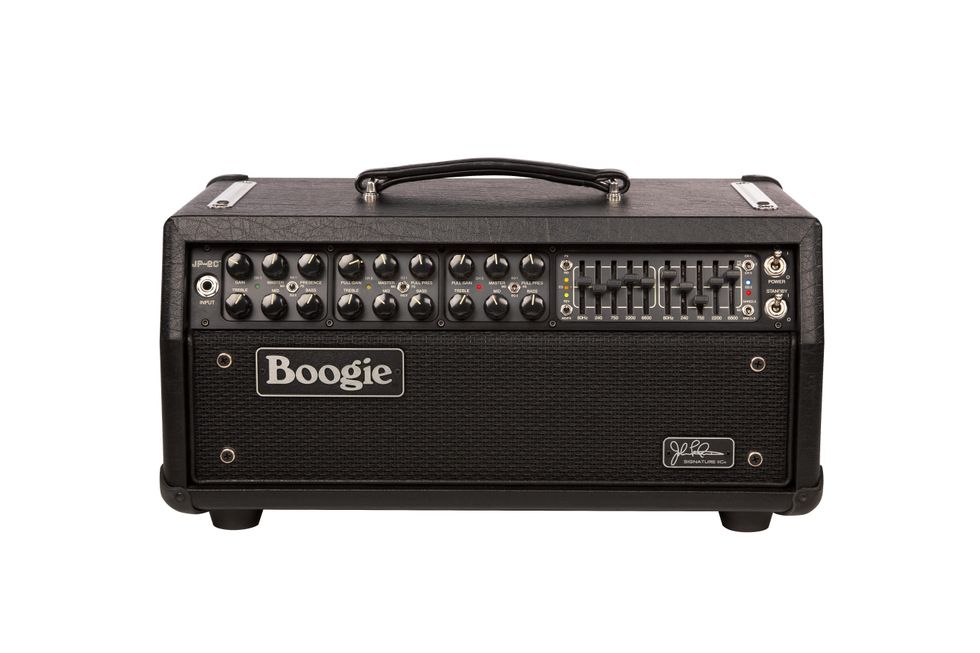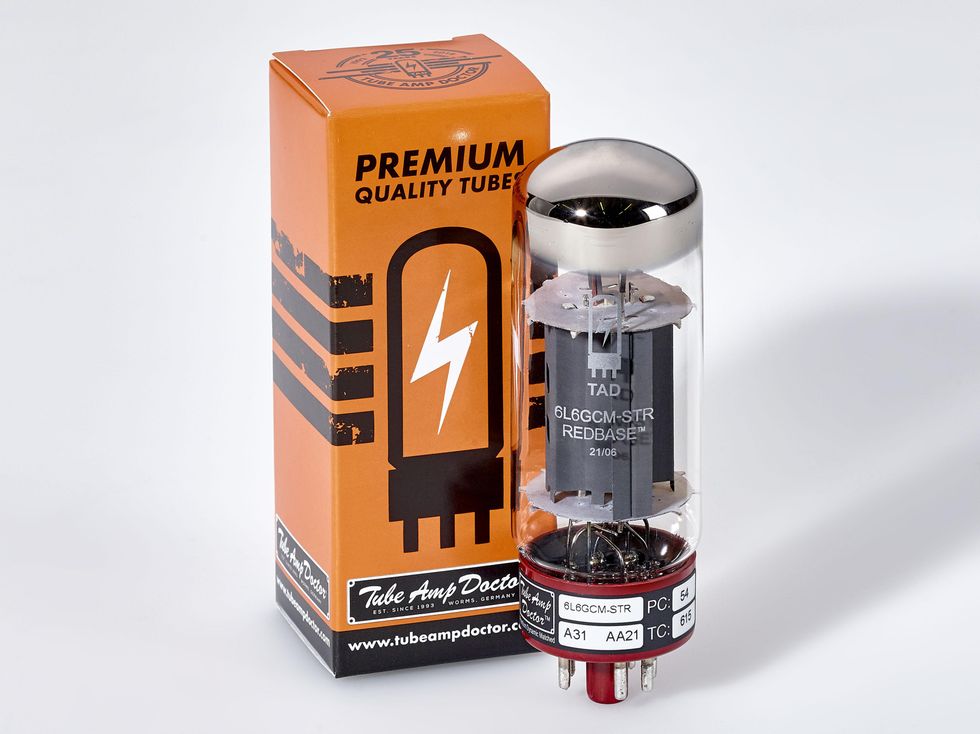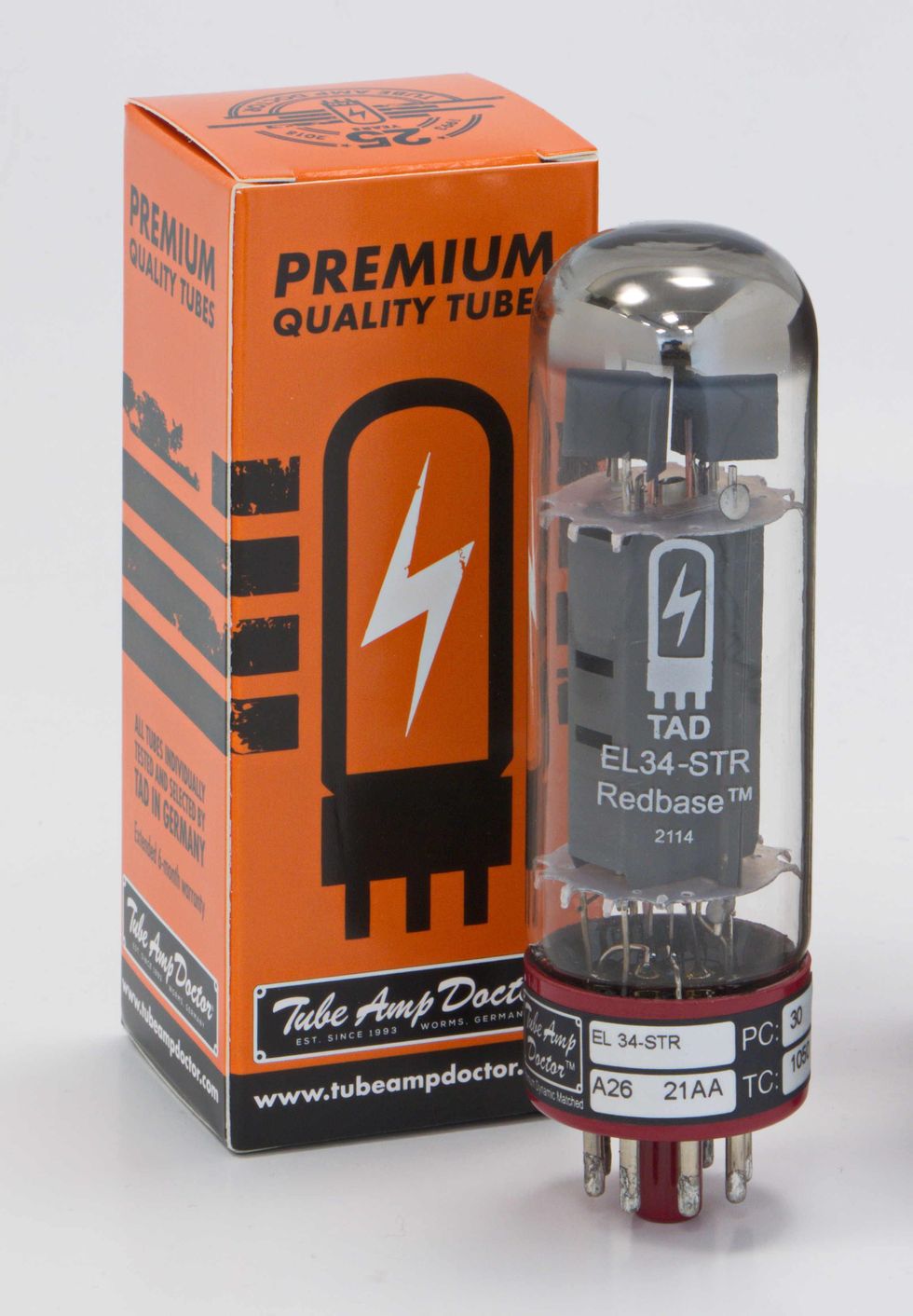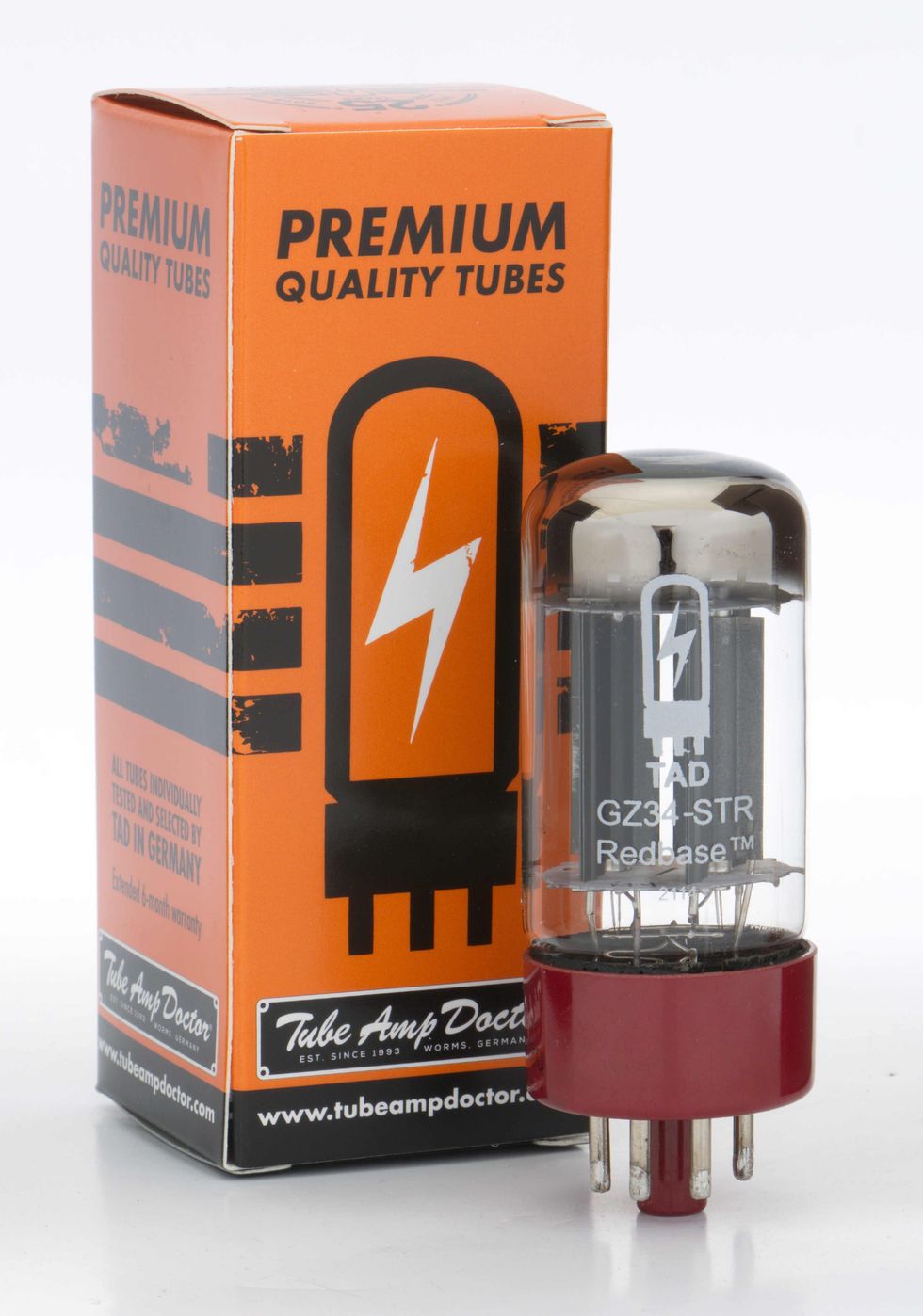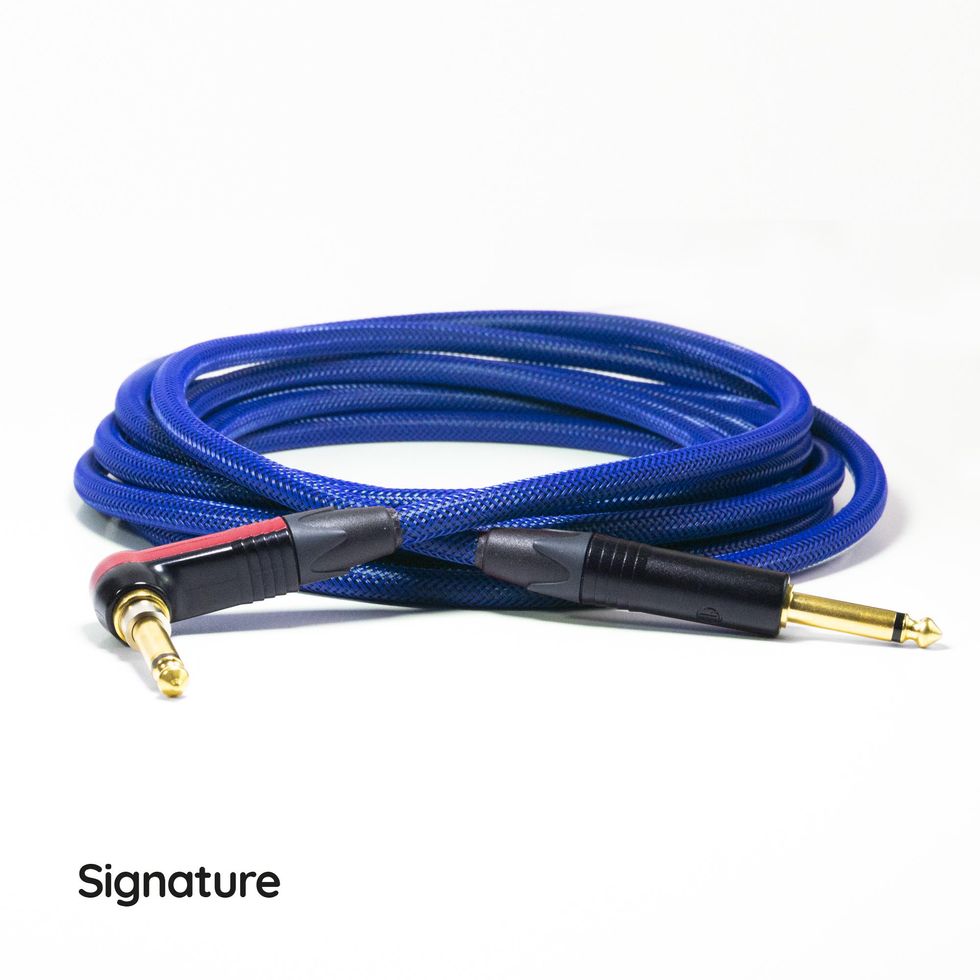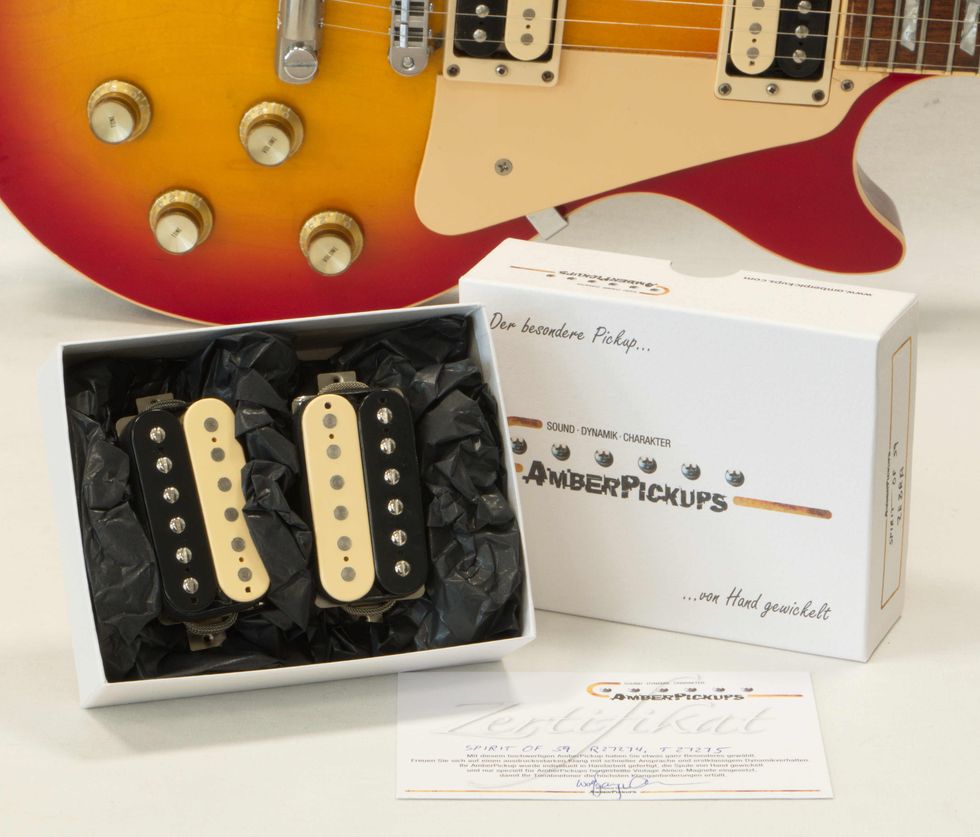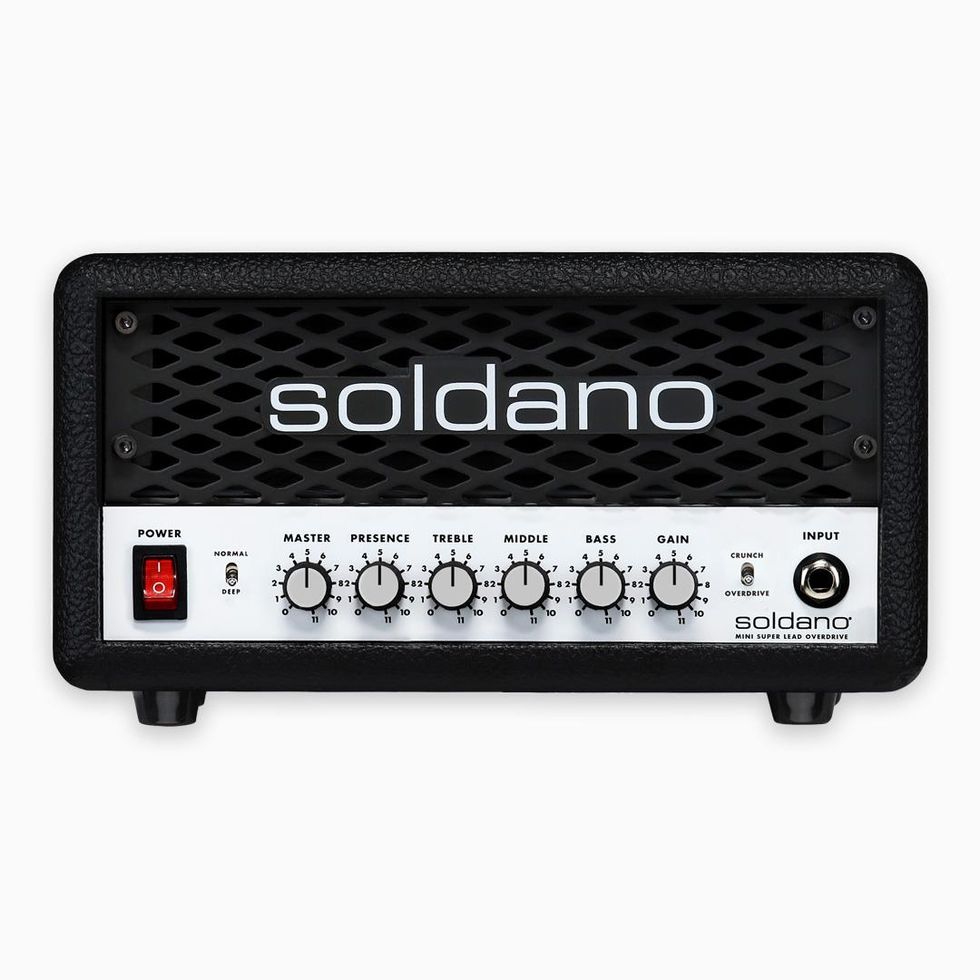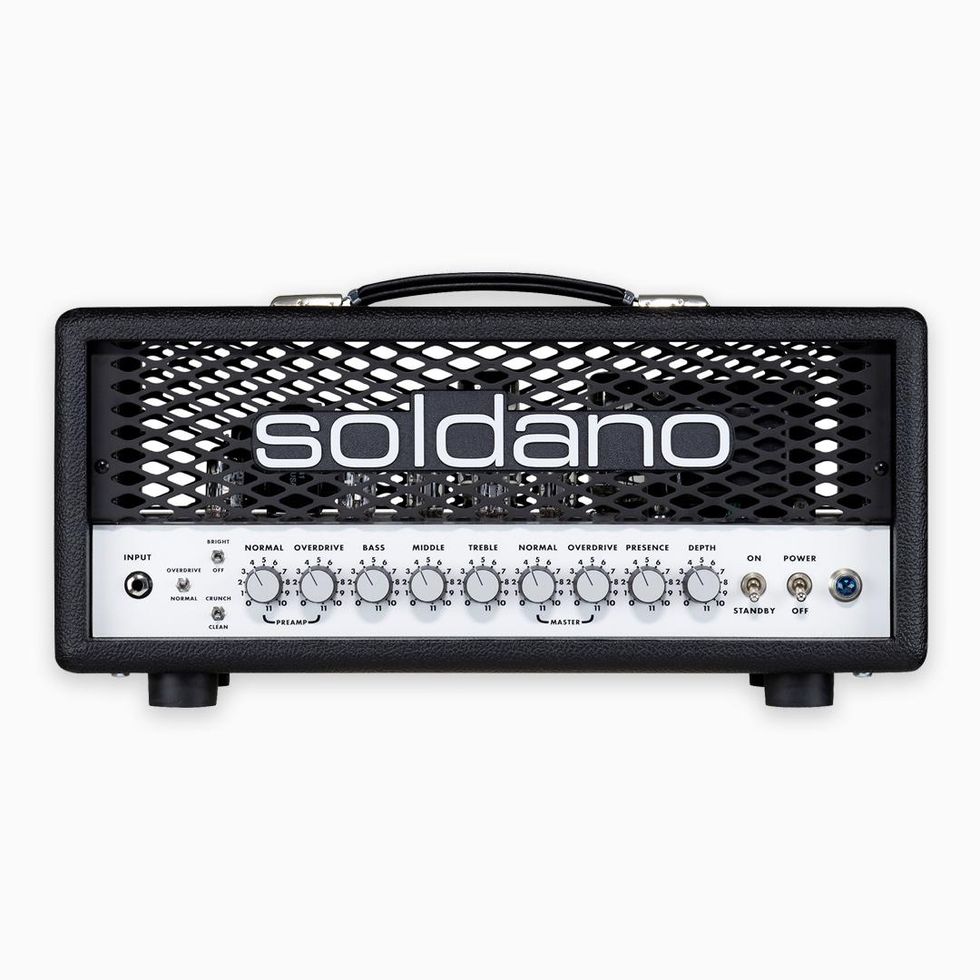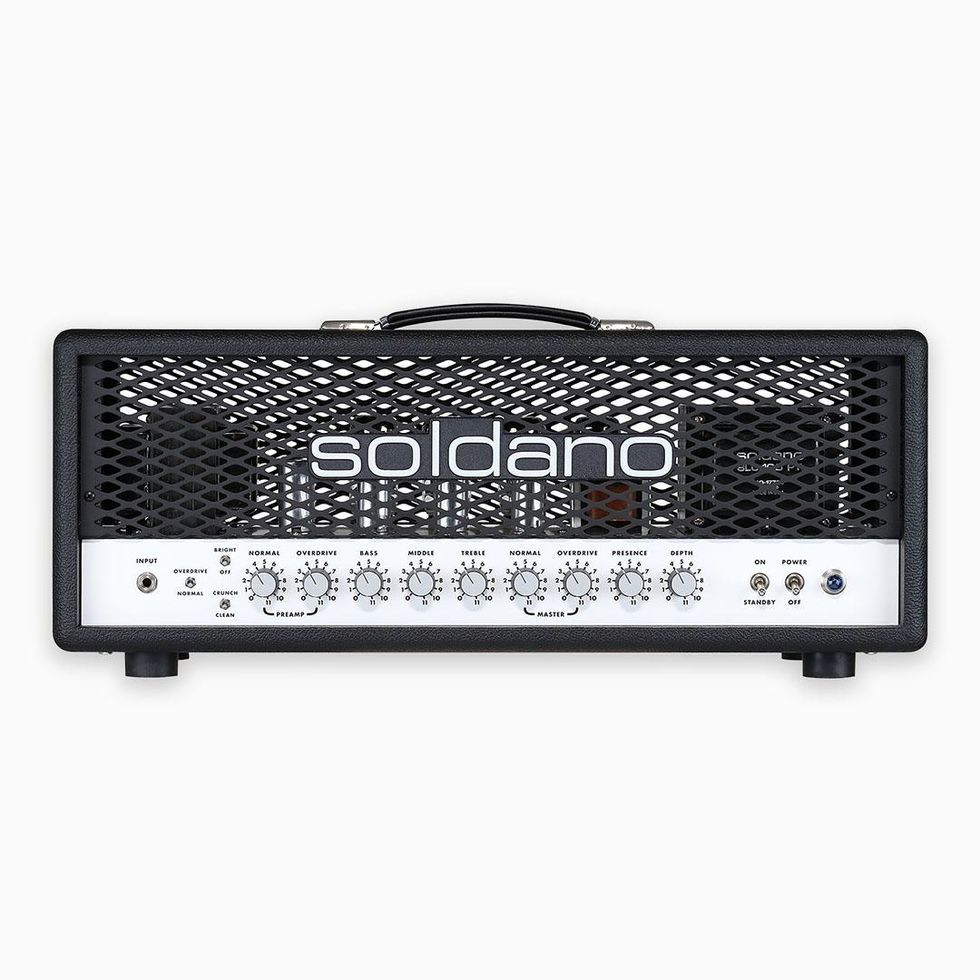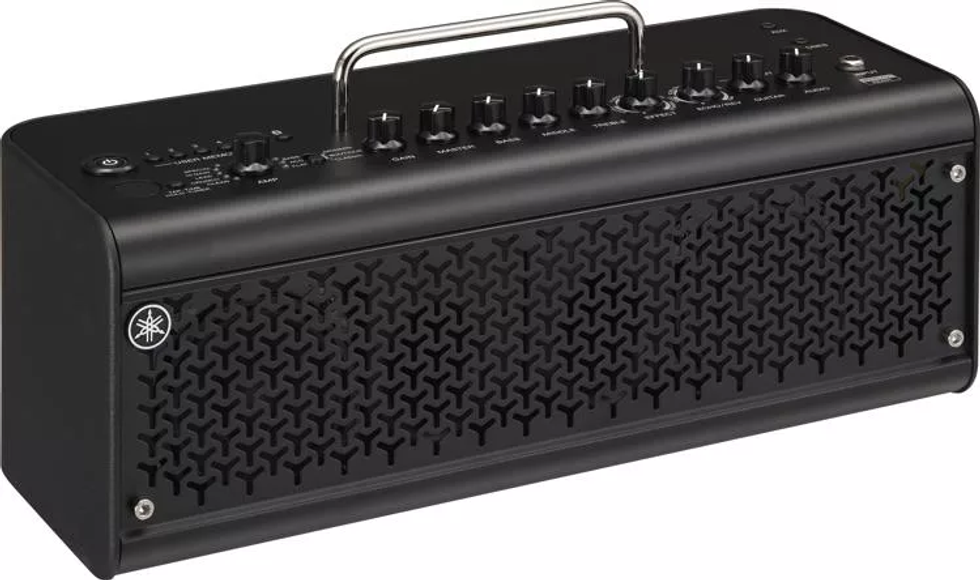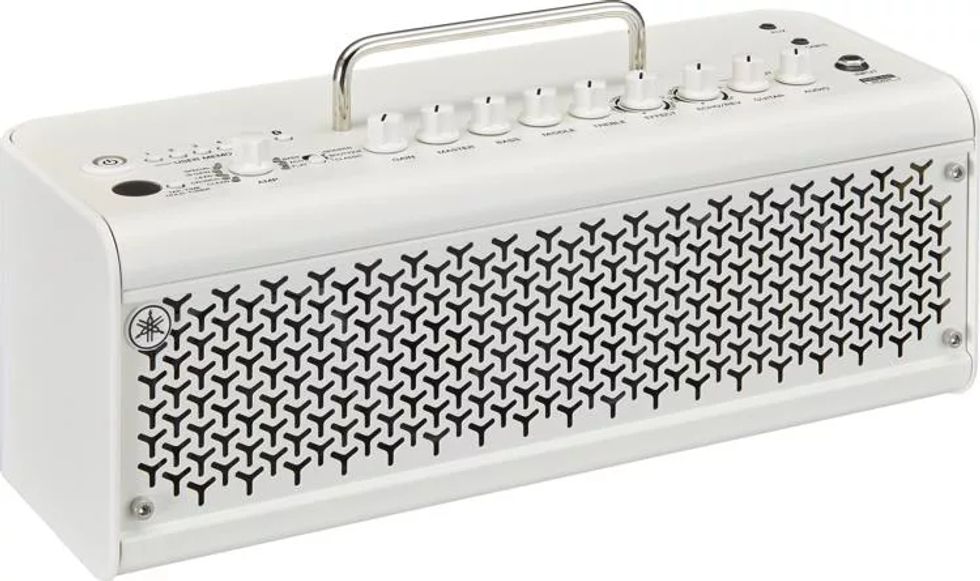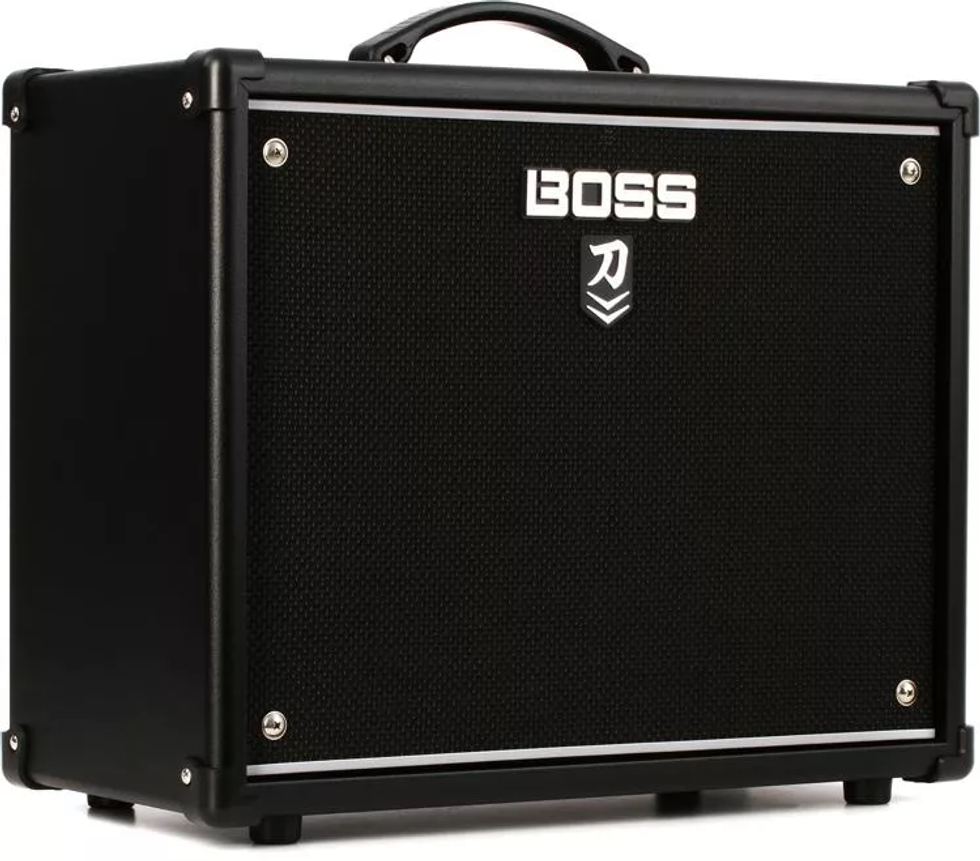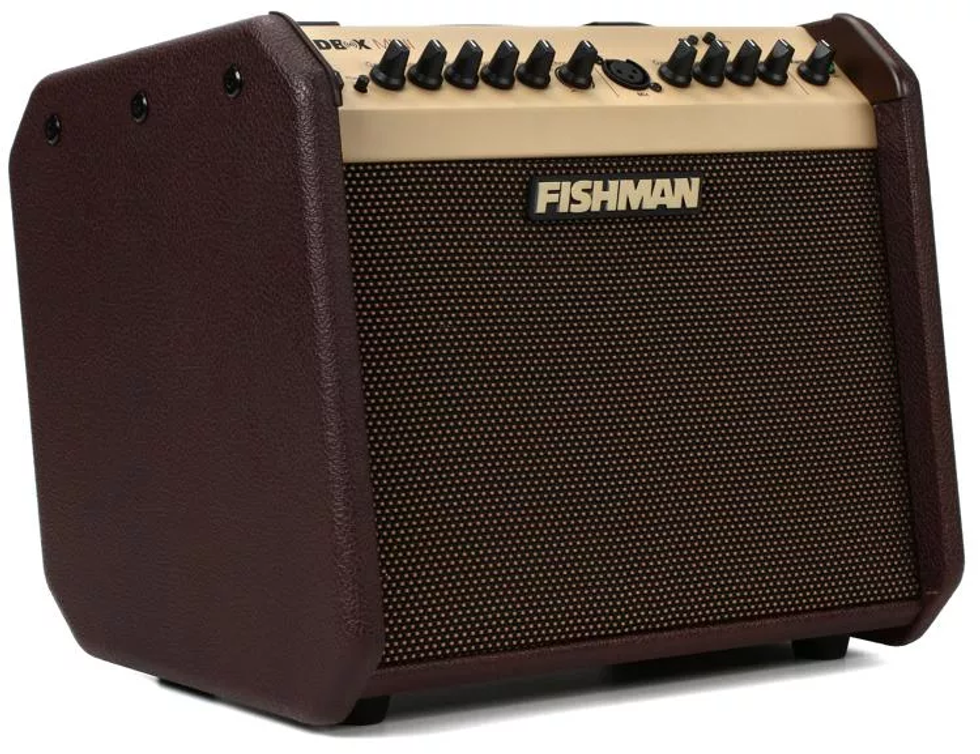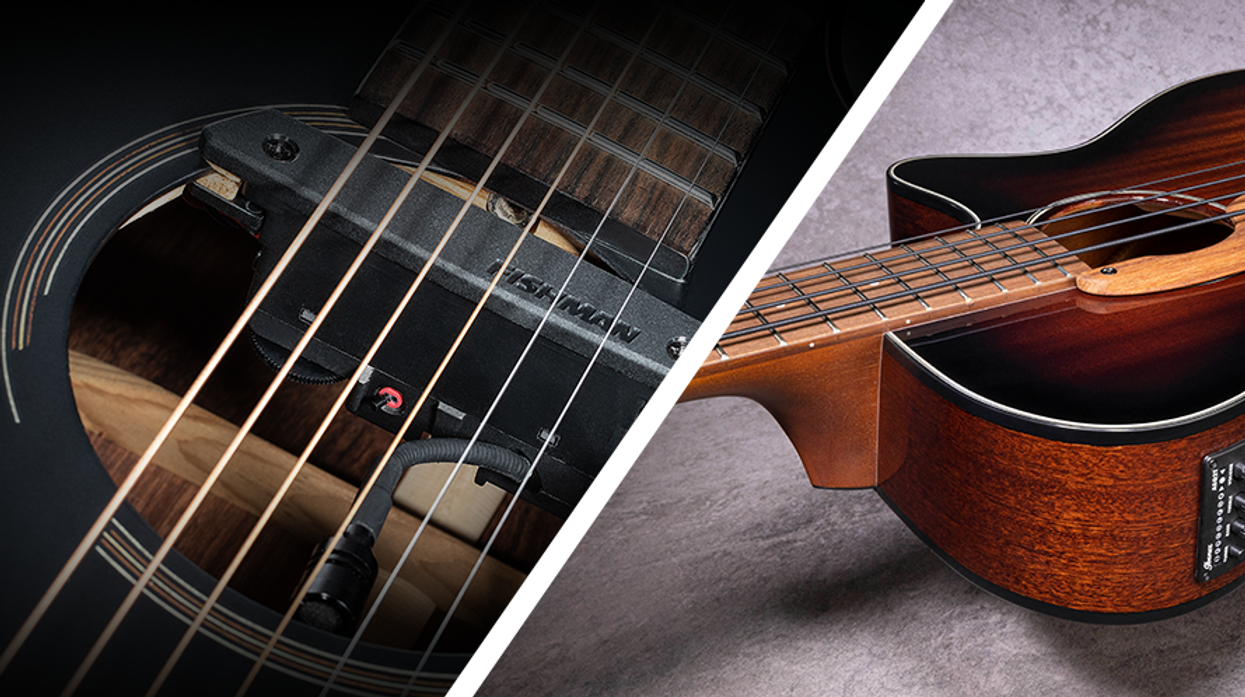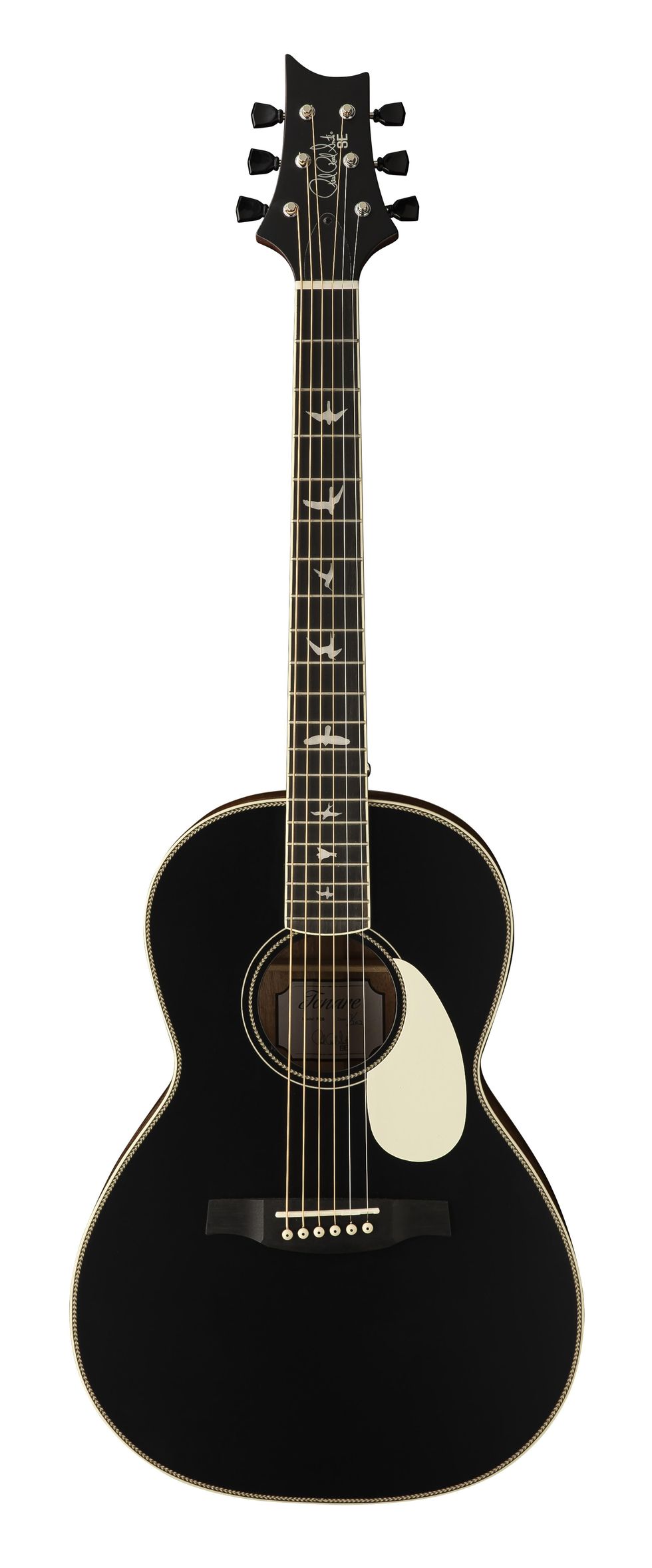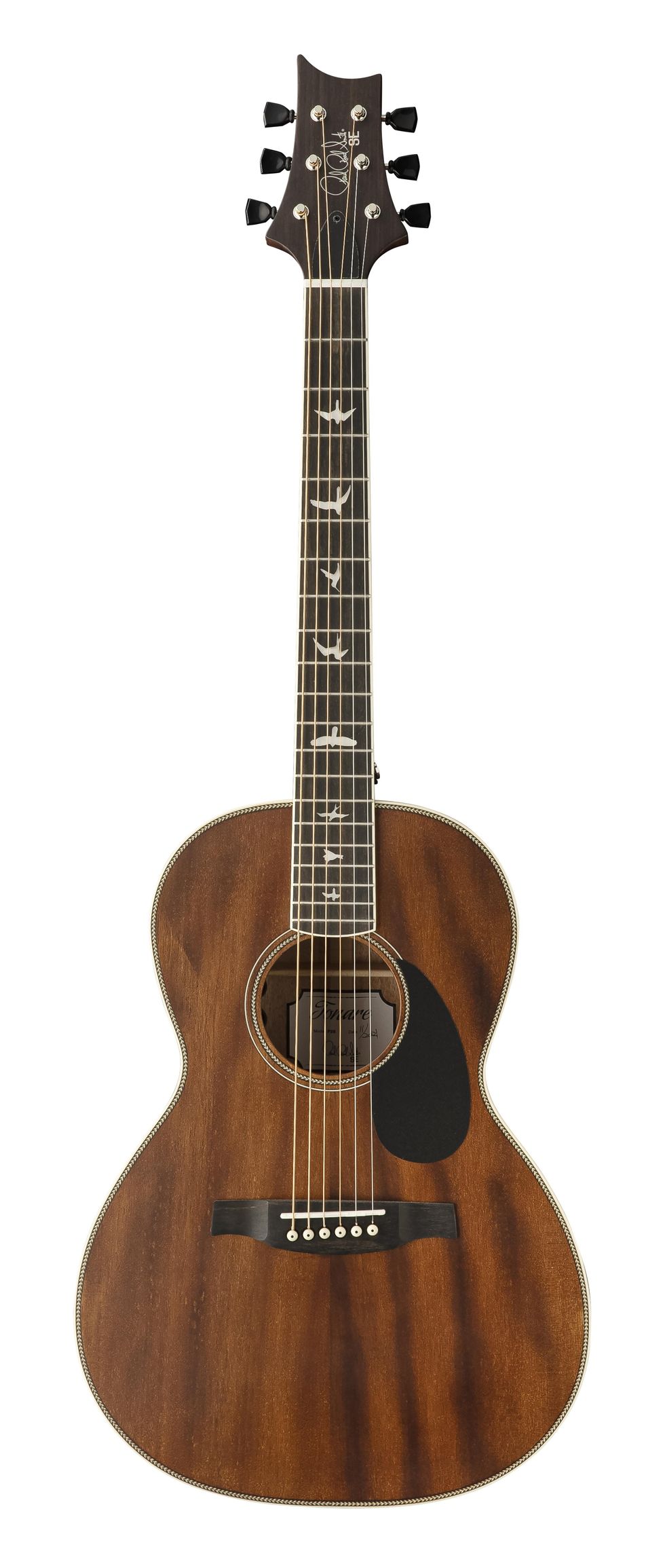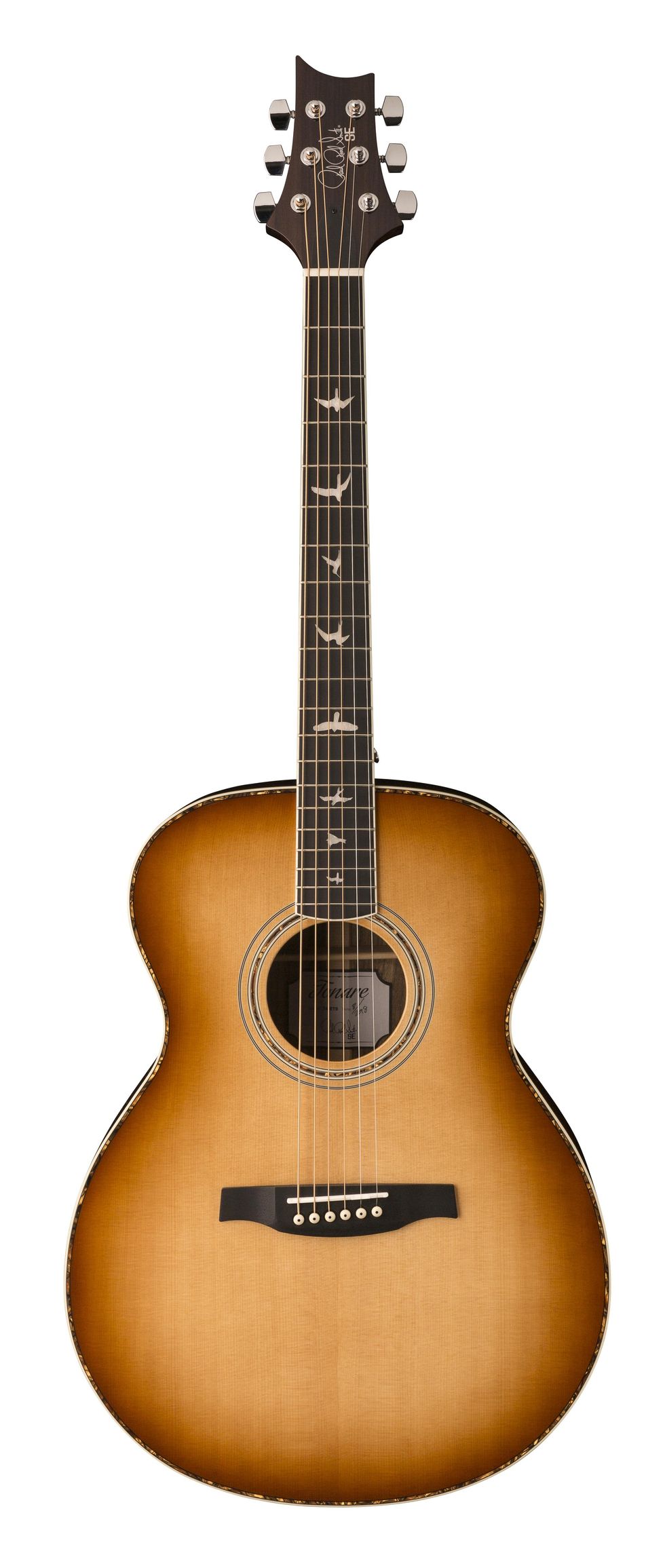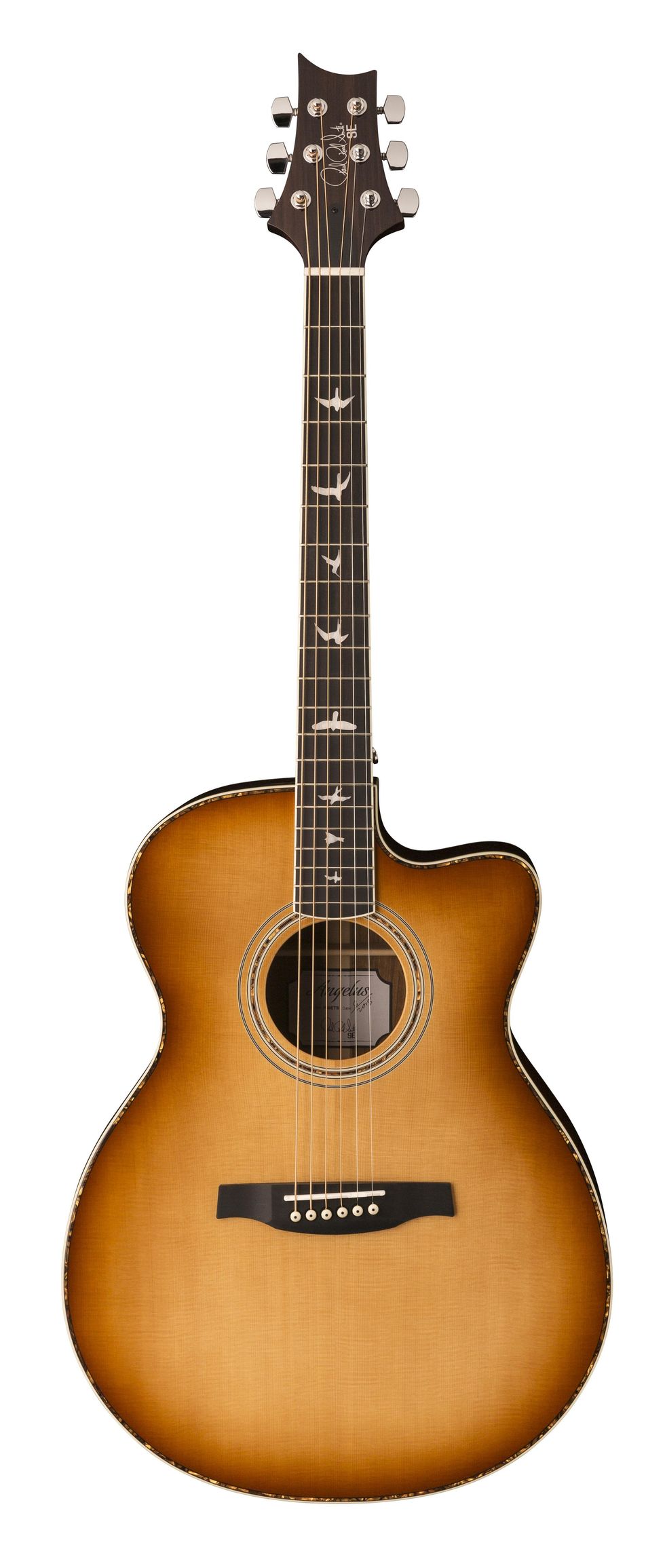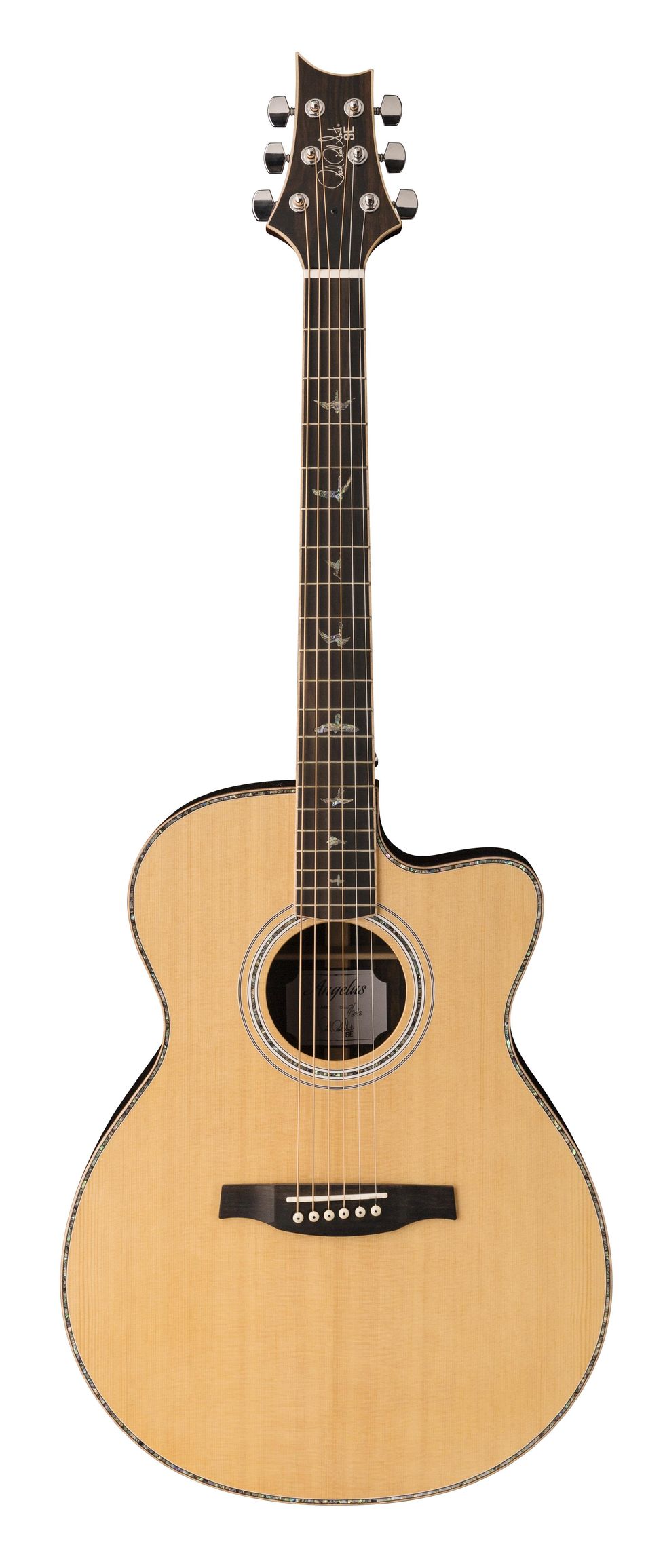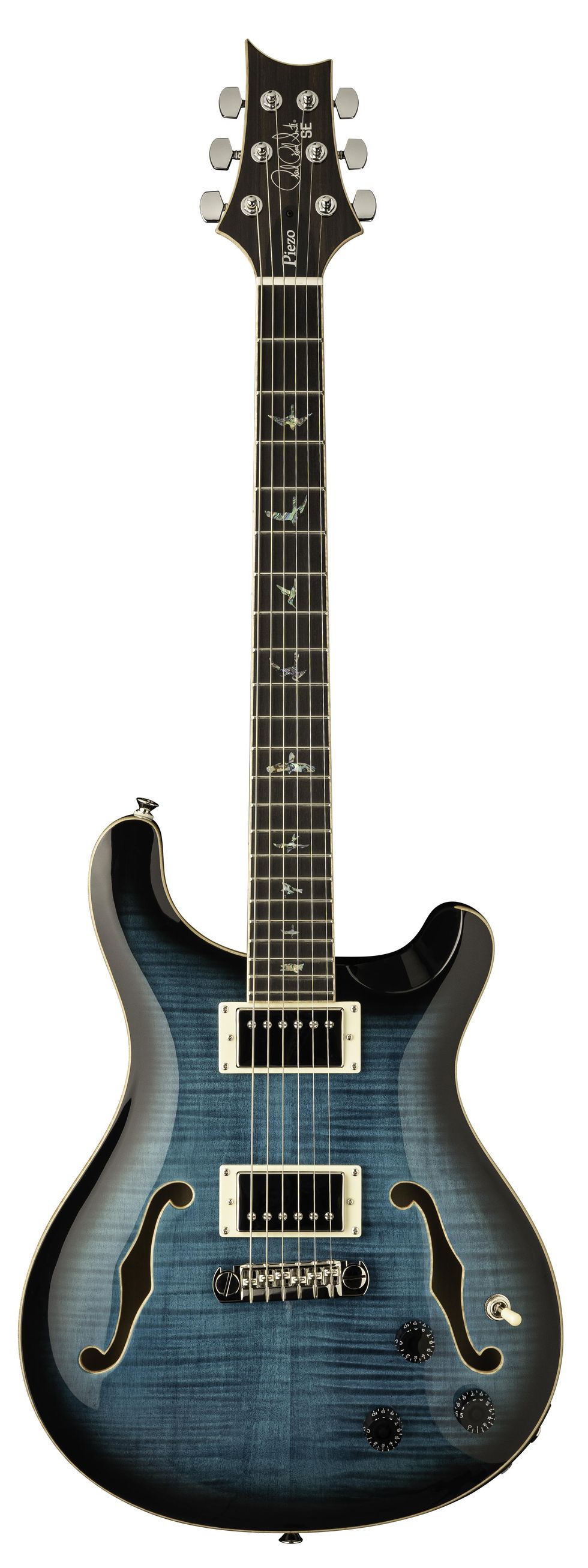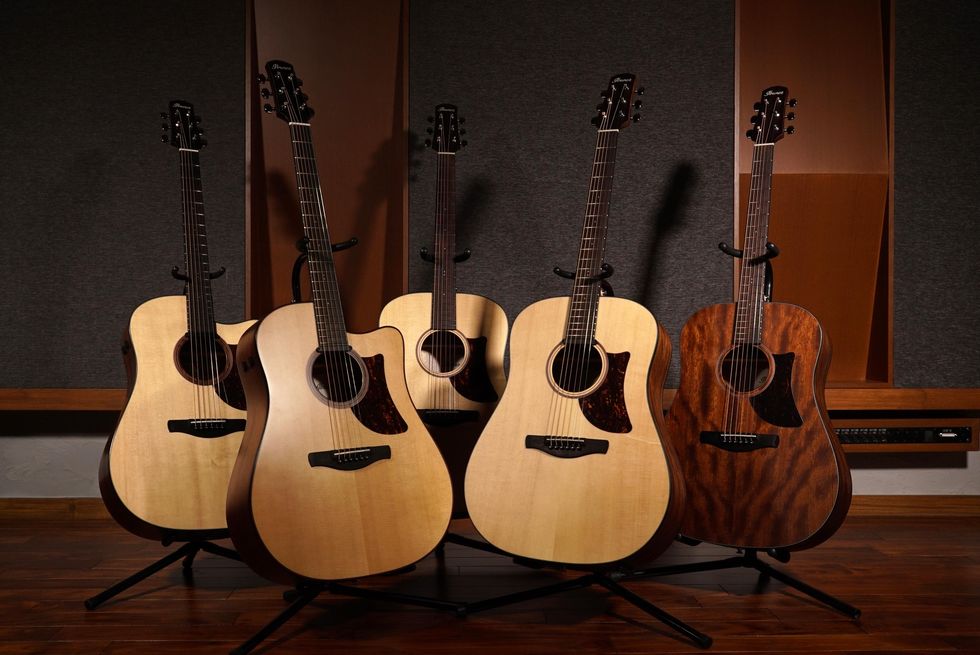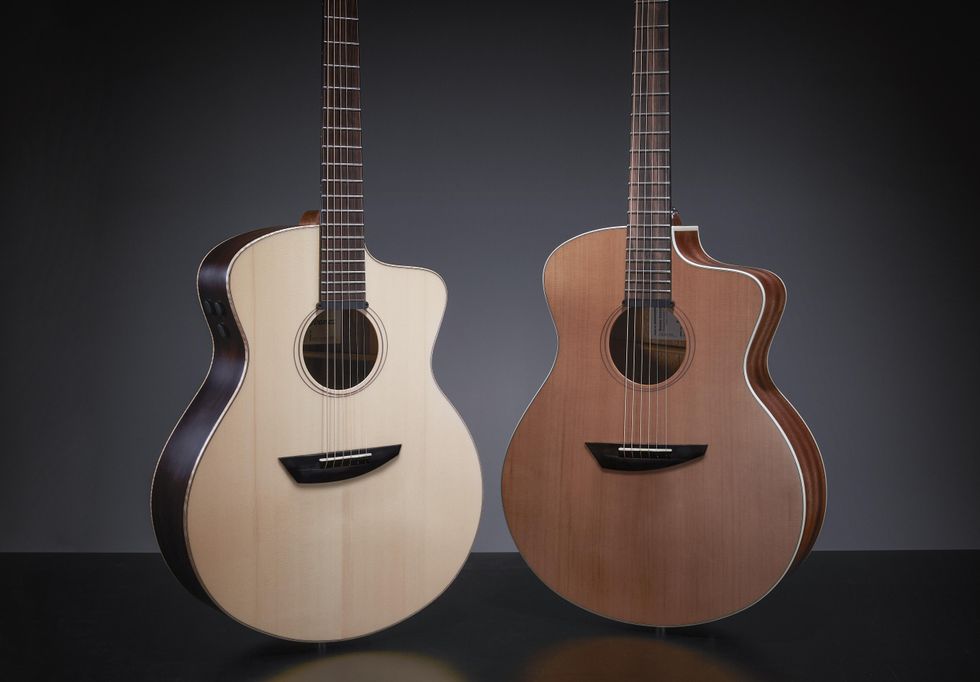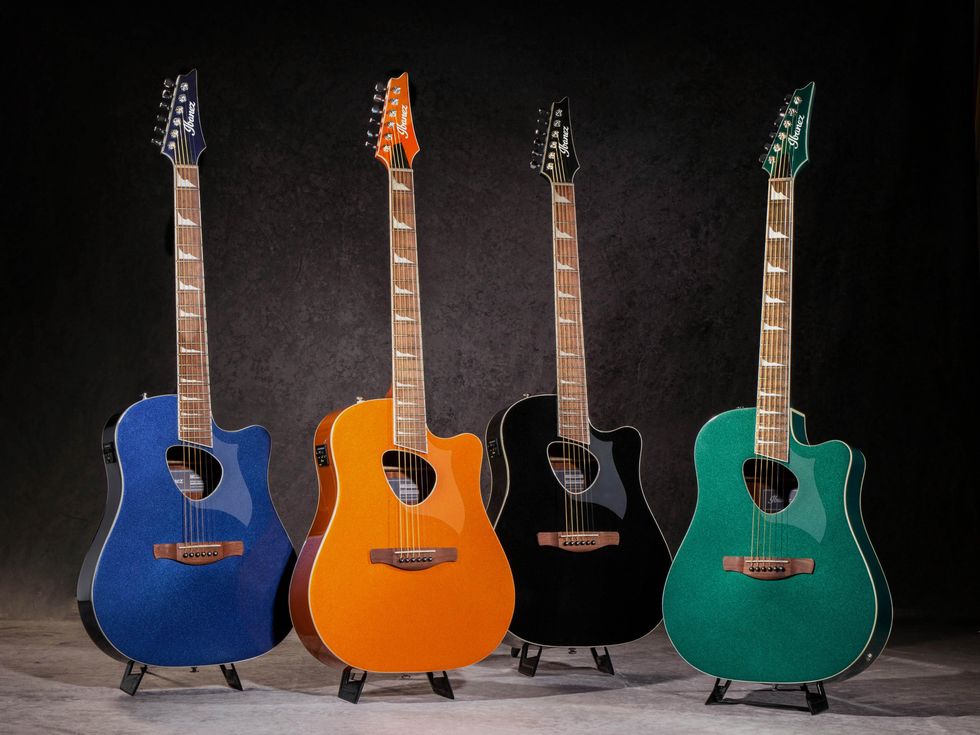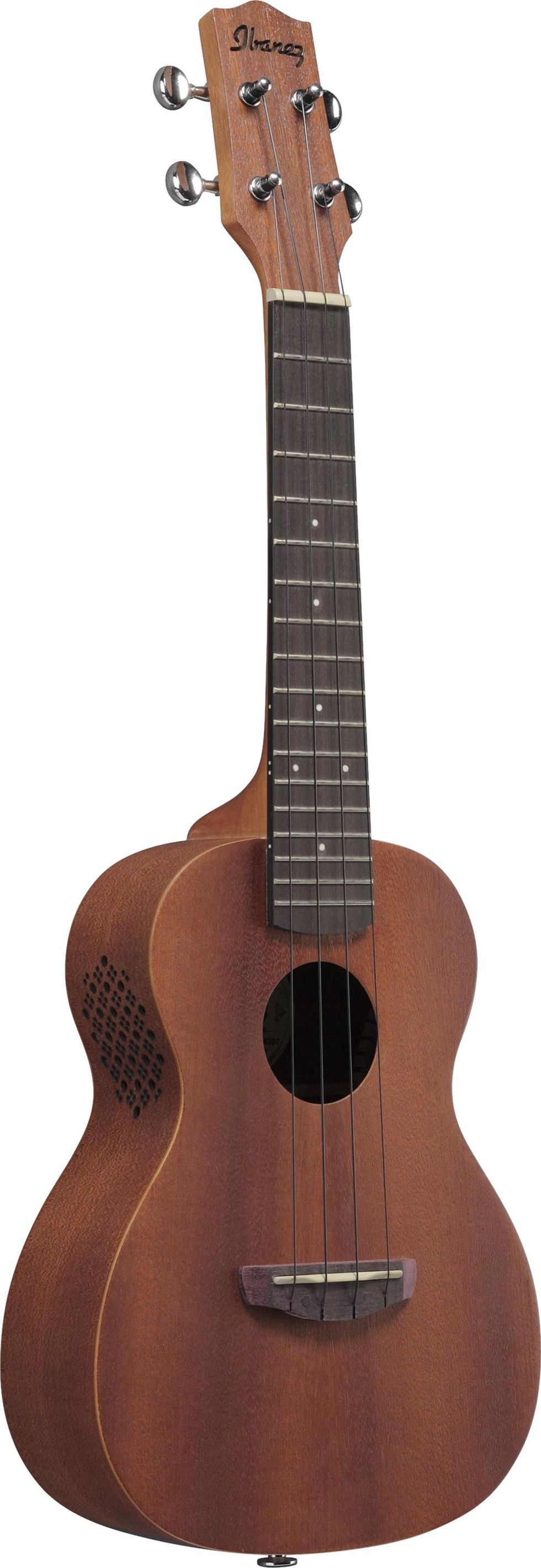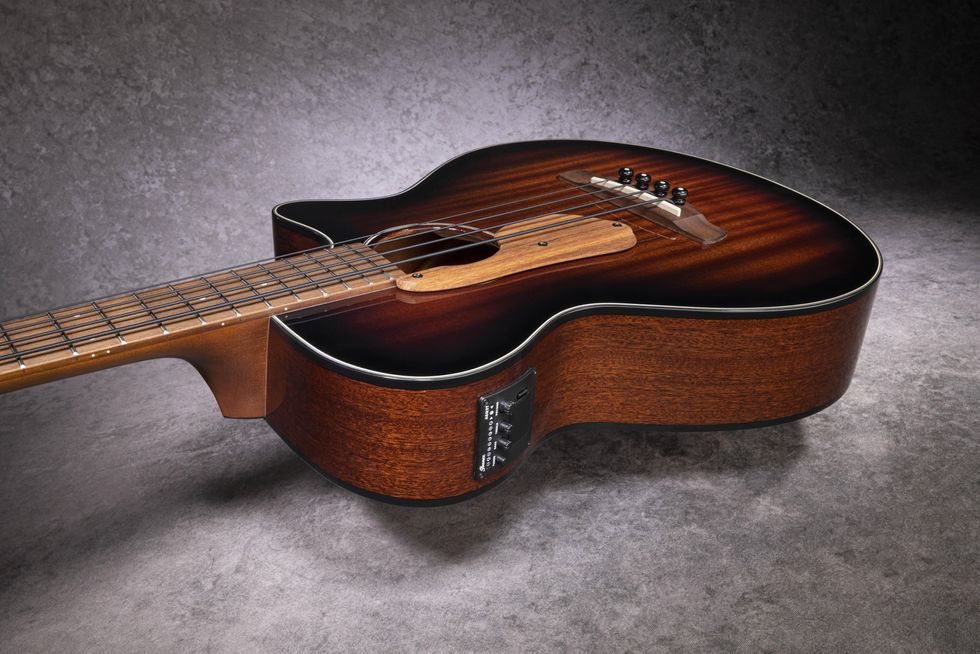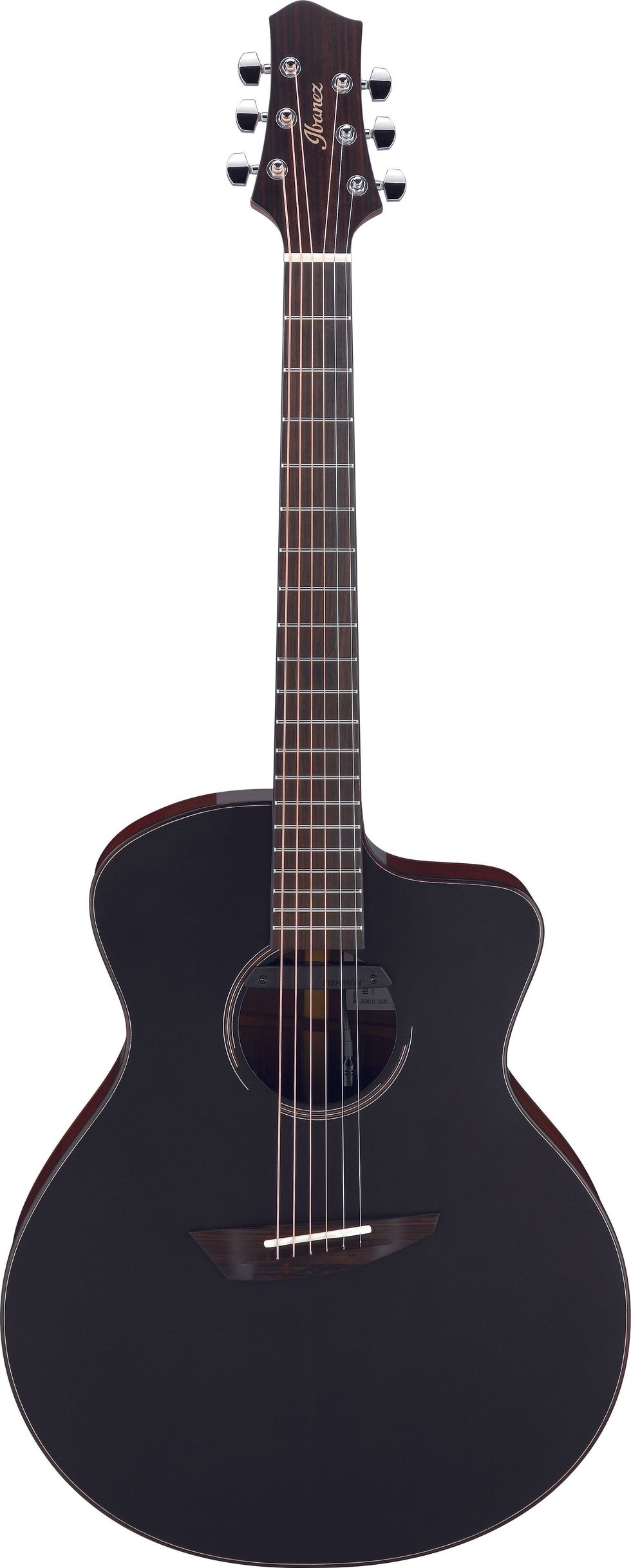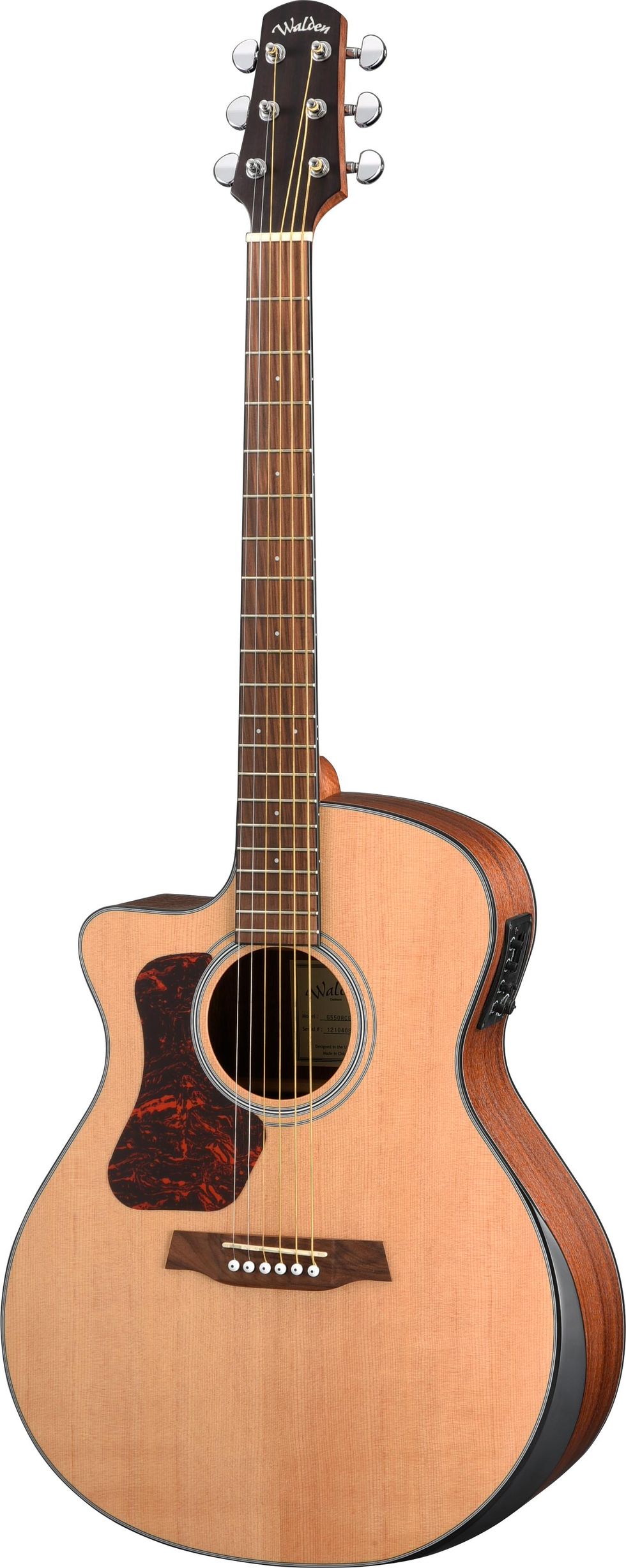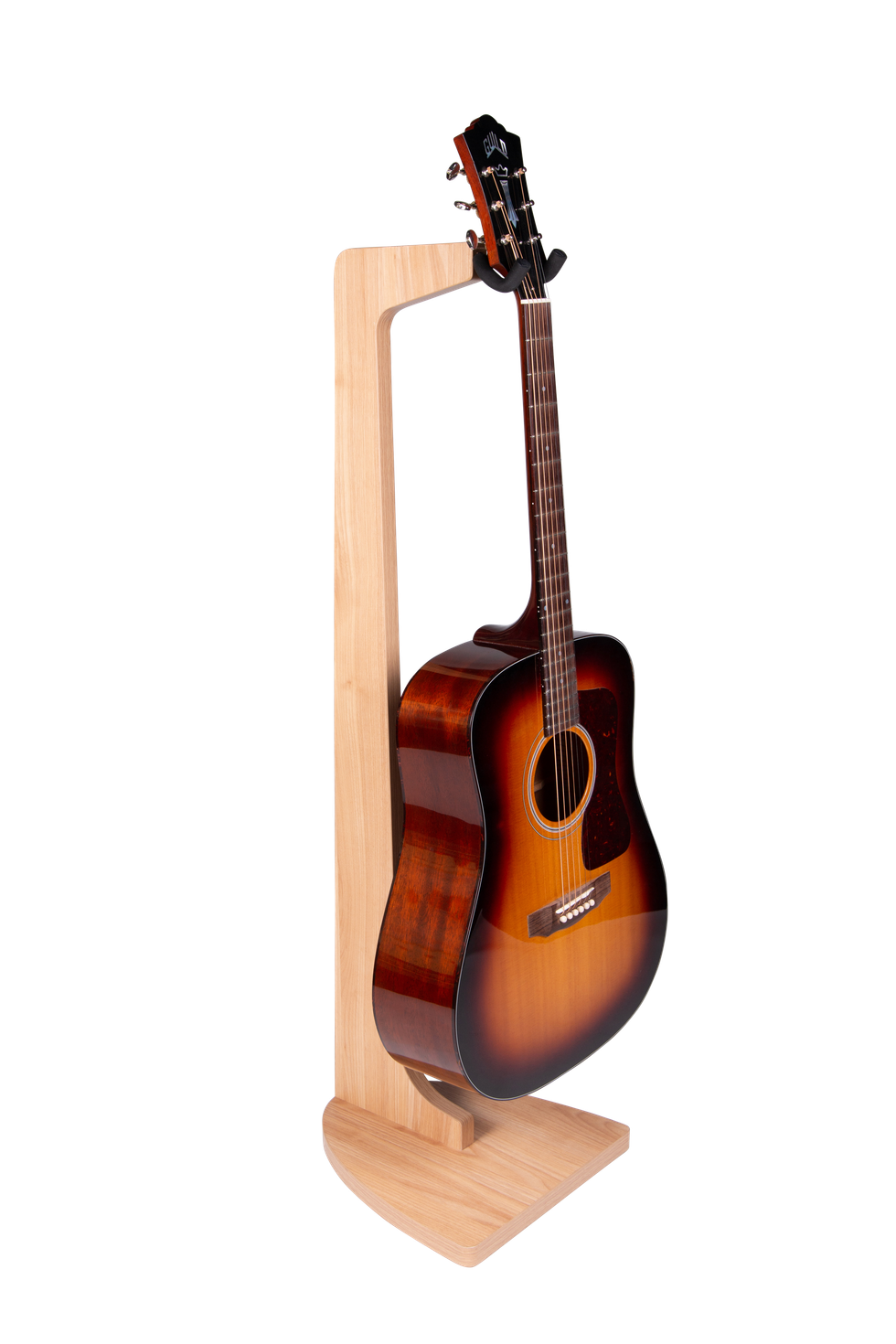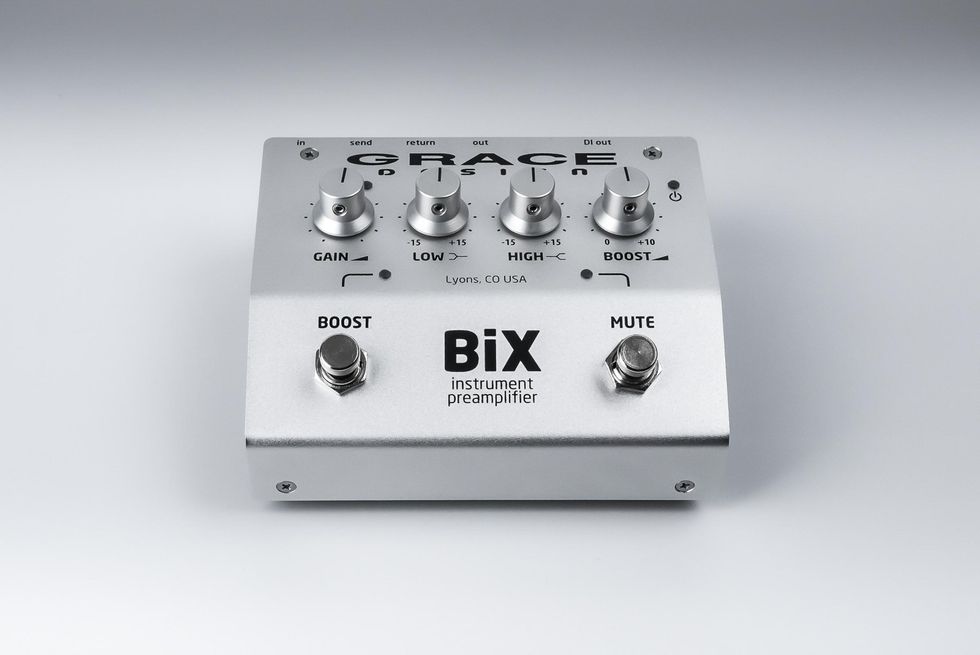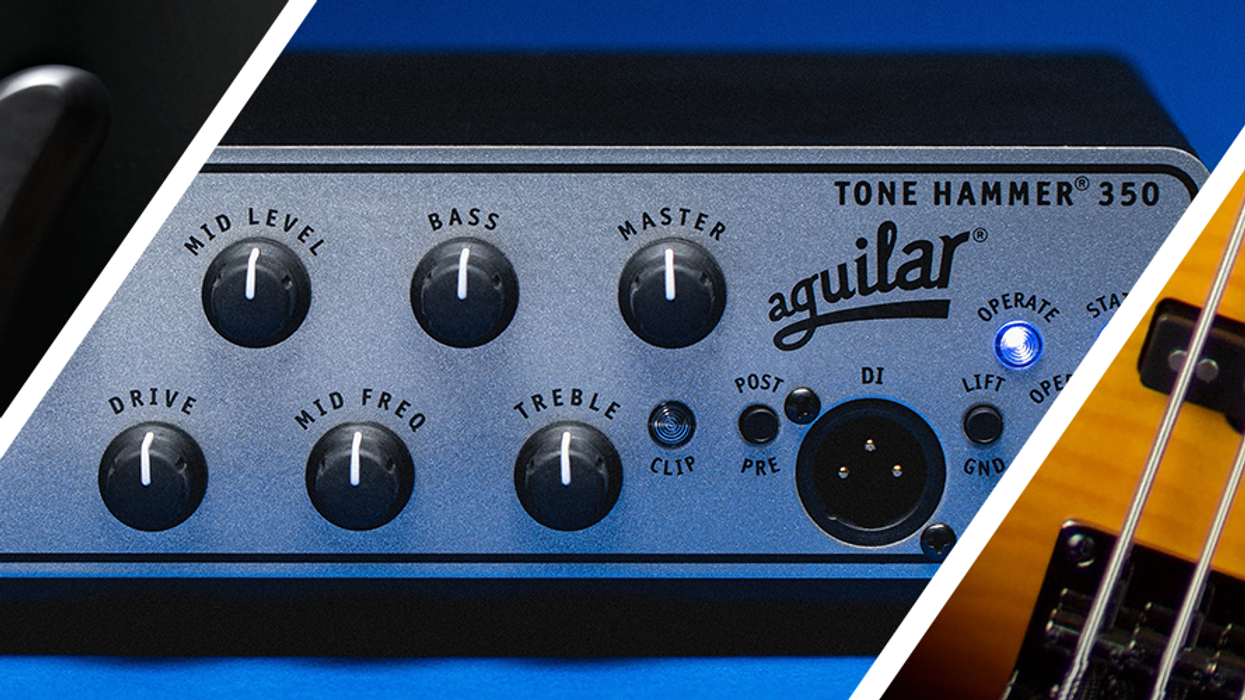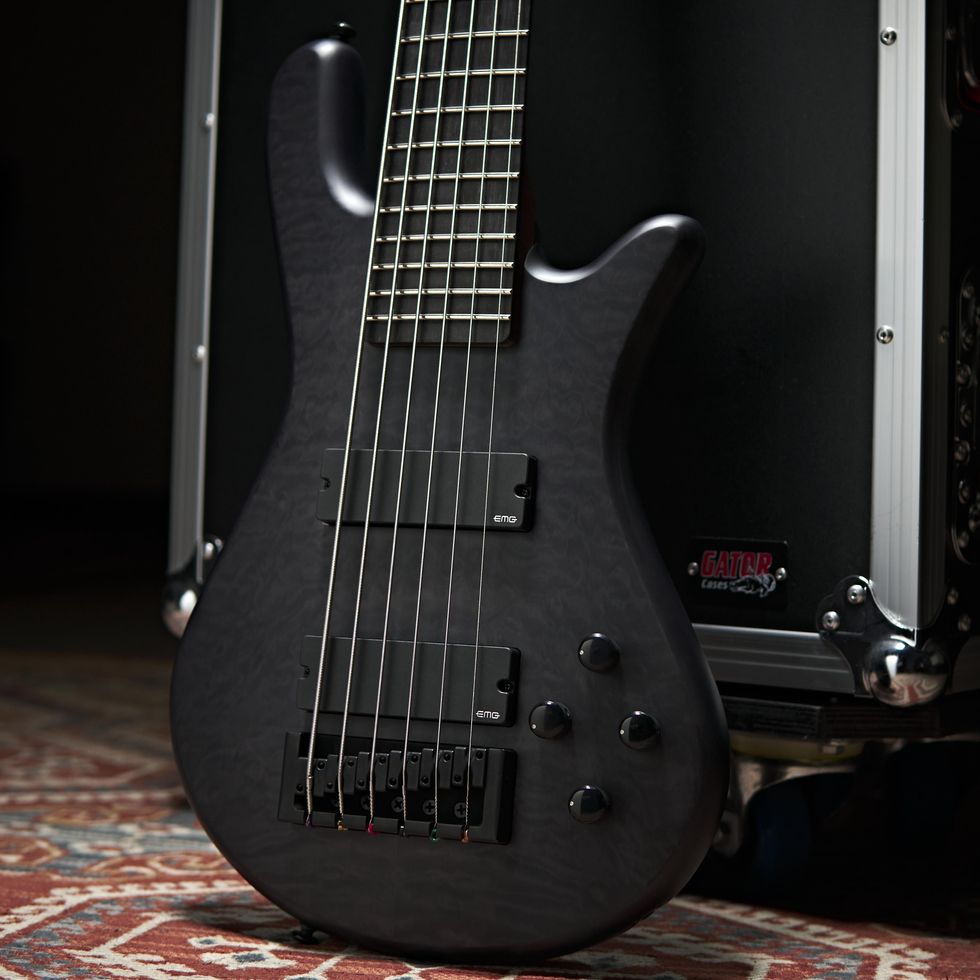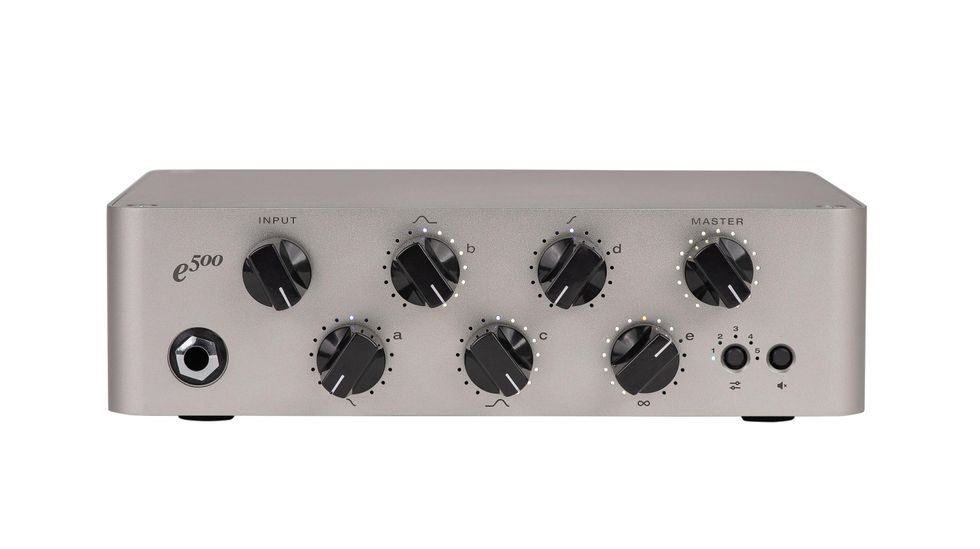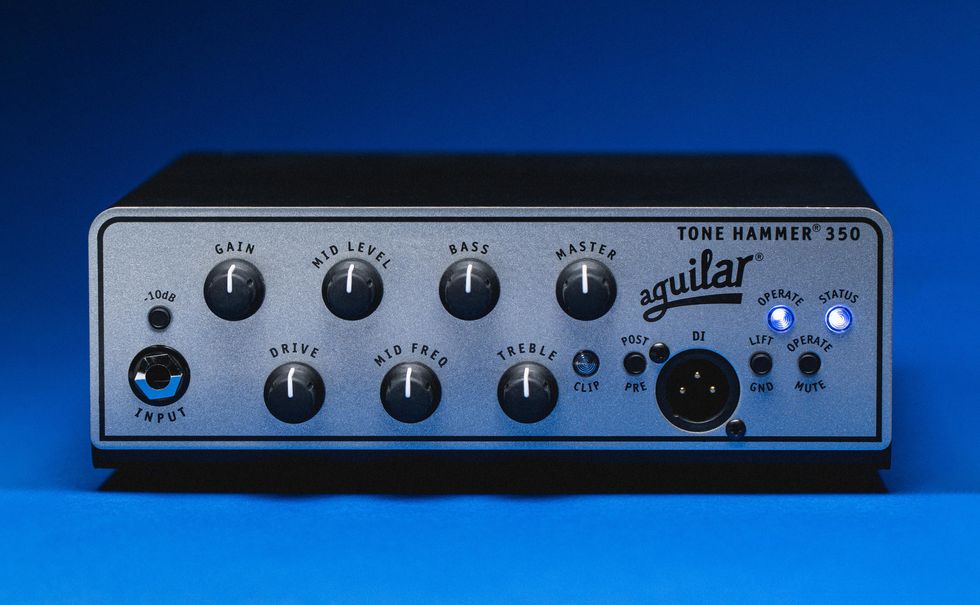Don't miss your chance to get loud with these amps!
Revv Generator 120 MK3
The Revv Generator 120 MK3 is the world's first stereo-direct-output reactive load & IR Loading tube amp. It brings you 4 channels of all-tube finely-tuned tone based on feedback from touring artists, session guitarists, & engineers. It also features Two notes Torpedo-embedded technology for going direct to FOH, studio monitors, or headphones. No cabinet required. A built-in noisegate & lush reverb are accompanied by a host of switching & voicing options to make getting the sound in your head faster than ever.
The Blue Channel is chimey with tons of headroom, & now includes a "Wide" switch to give you a wide-range frequency boost for more push & sustain. The Green Channel features 3 all-new drive modes to take this dynamic channel from edge of breakup, to fat overdriven tones. The Purple Channel is famous for its razor-sharp metal clarity, & now in MK3 it receives more low end & saturation with no loss in tightness. Finally, highest gain - Red Channel has an all new touch-sensitive feel which takes you from warm oldschool overdrive to the most massive modern tones available.
Revv Amplification is committed to bringing you the most complete amplifier experience available. Clarity, feel, & tone – for stage, studio, & home.
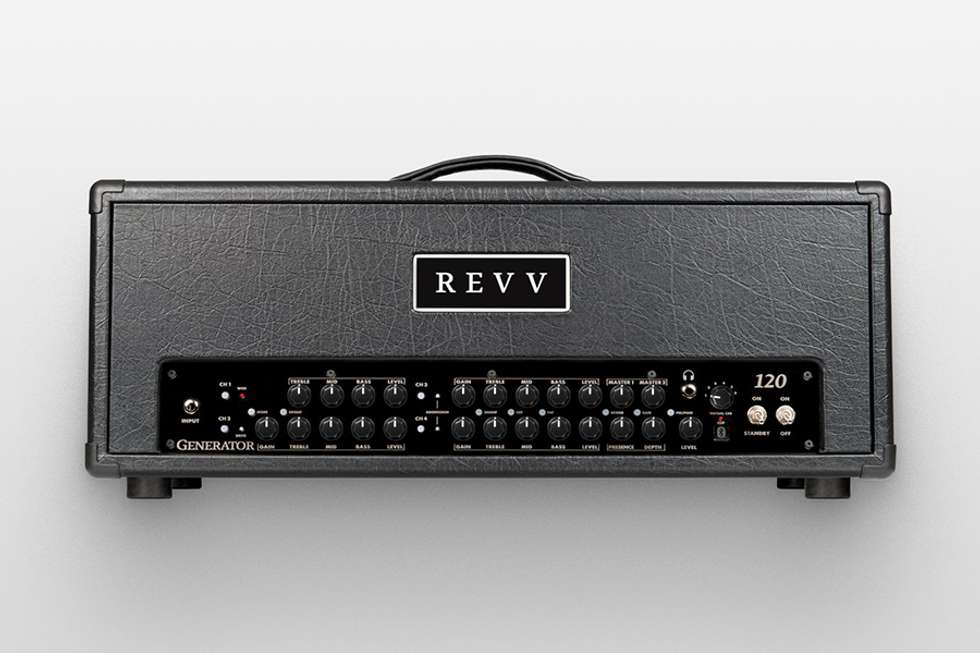
HX 100
The PRS HX 100 captures the flexibility, power, and balance of late 60's British-inspired tone. A continuation of PRS's popular HXDA amplifiers, PRS HX amps feature a refined control layout and a newly-documented "Authentic Hendrix" Touring Circuit. This circuit is heavily inspired by one of Hendrix's personal amps, purportedly used at Woodstock, which Paul Reed Smith and PRS Amp Designer Doug Sewell were able to study in 2018.
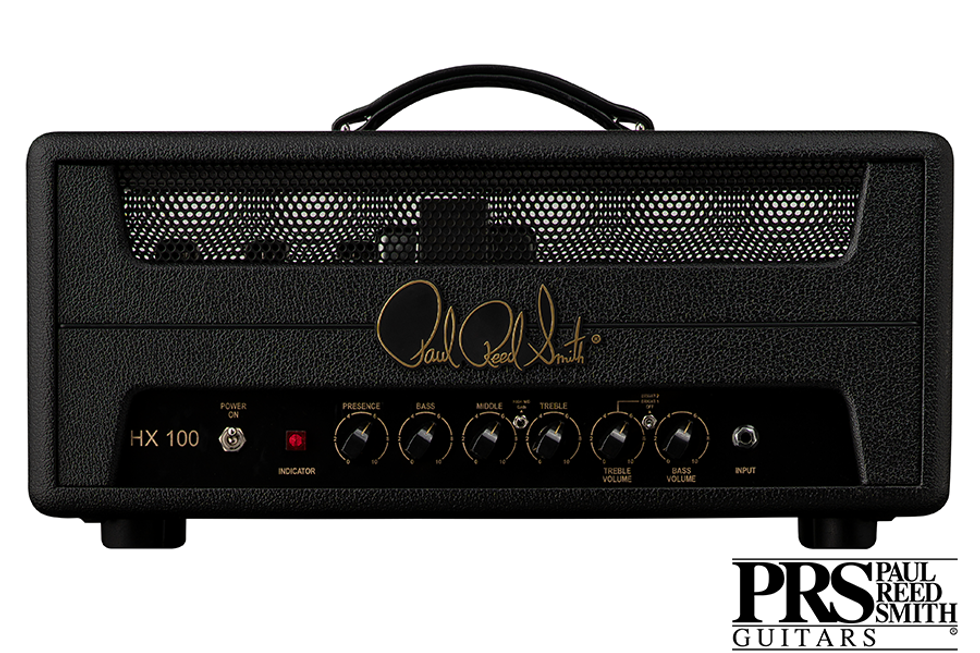
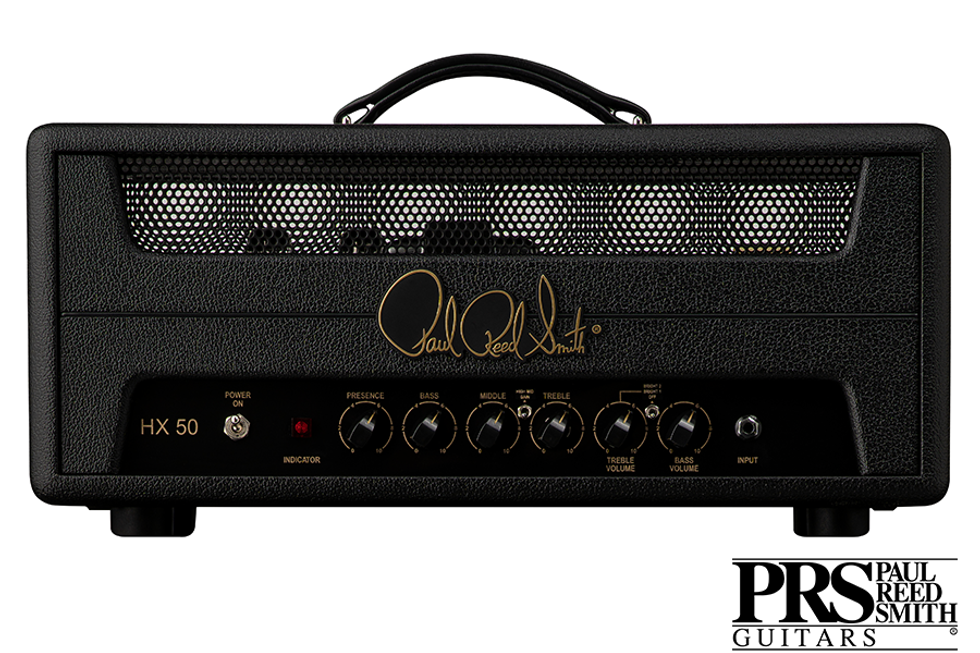
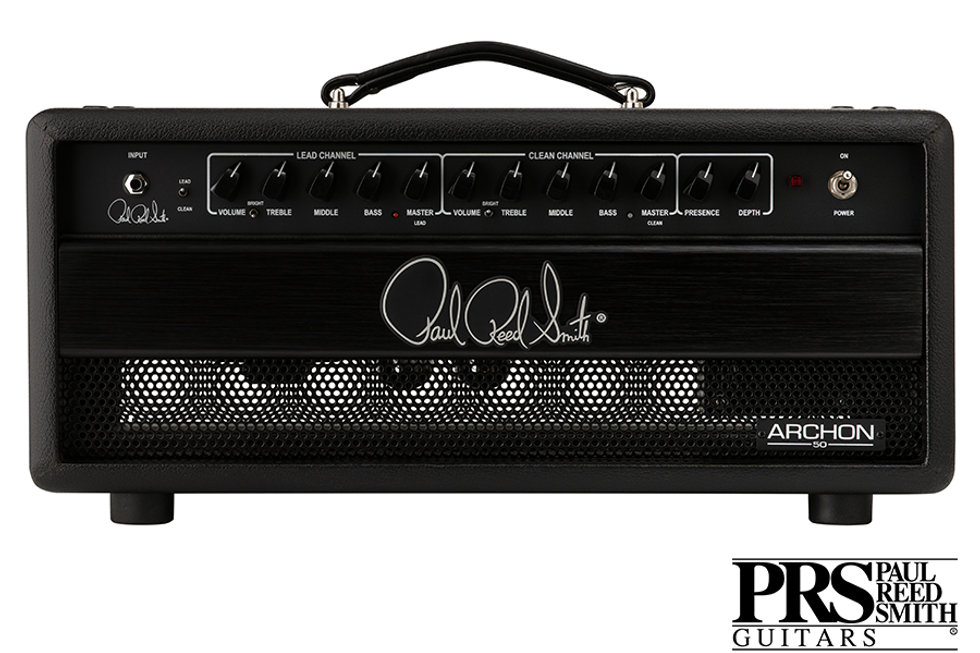
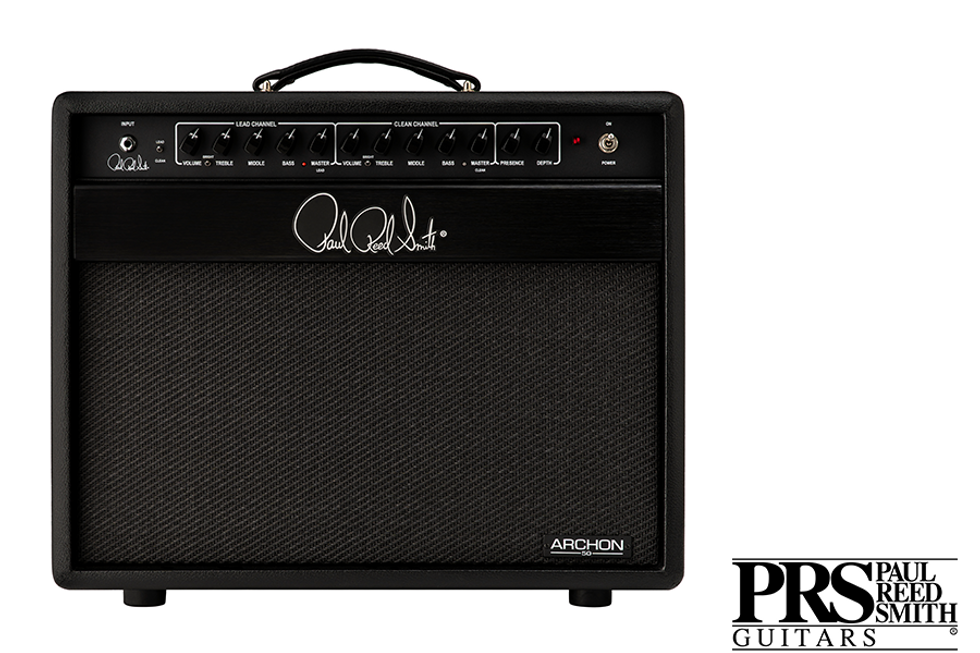
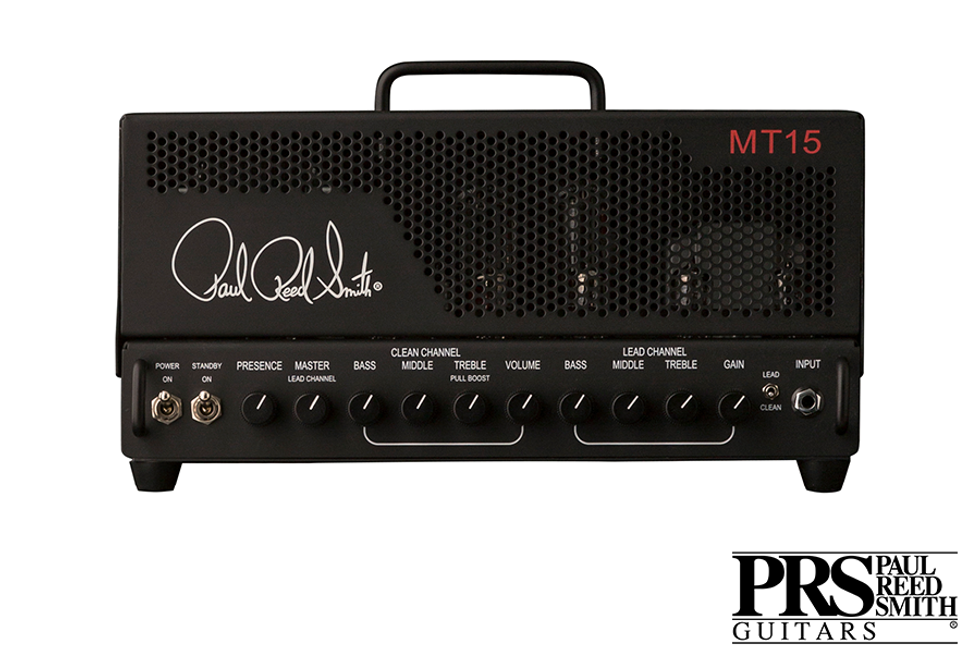
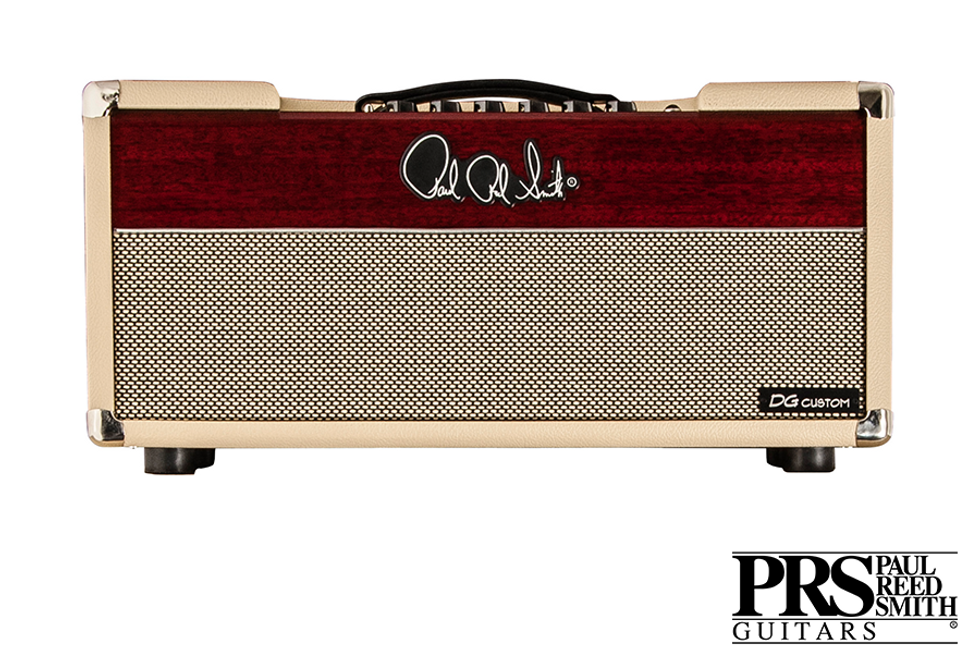
Keeley Custom 12
Designed in collaboration with Robert Keeley of Keeley Electronics as a follow-up to the bestselling Custom 10, the Keeley Custom 12 is built to seamlessly integrate your pedals into the heart of an all-tube Supro amplifier. The preamp and 2-band EQ section are voiced perfectly for running your gain pedals in front of the amp, while still maintaining Supro's signature midrange heft and phenomenal touch dynamics.
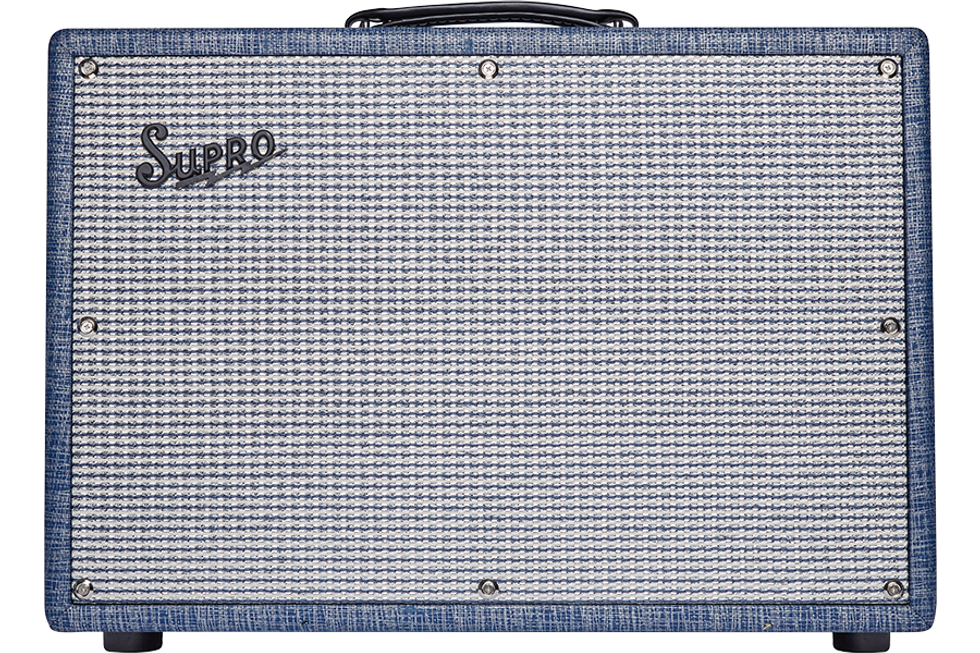
MOD® Kits, MOD102+ DIY Guitar Amp
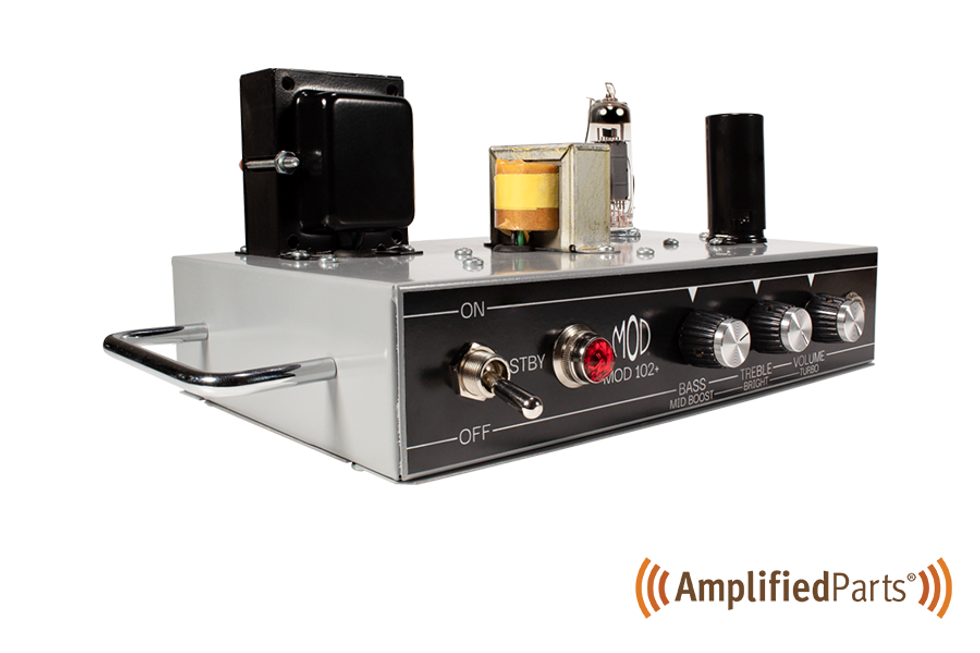
The MOD 102+ is a great place to start for those interested in building their own tube amp. It is based on a classic American tube-circuit design combined with a British-style Class A output tube section that produces 8 Watts of power. At low volume it produces a clean, chimey tone that moves into smooth overdrive at higher volumes. The amp features a three position progressive toggle switch for off-standby-power. In addition, each control features push-pull functionality - pull out the bass control knob for "mid boost", pull out the treble control knob for "bright", pull out the volume control knob for "turbo". These features along with a JJ ECC803-S (a long plate 12AX7 known for its complex mid range tones) allow for a wider variety of tones and extra control for the user. All parts are included along with a pre-drilled steel chassis, wire, and tubes.
Click here for audio clips.
Click here to follow Amplified Parts on Instagram
Two Rock Studio Signature Amp
The Two-Rock Studio Signature is the latest generation of the single channel 35 watt amplifiers. Making some changes to the original Studio Pro 35, the new Studio Signature model remains a 6L6 clean amplifier for a solid pedal platform with some additions that will make the Studio Signature a continued legendary product.
New build techniques, layouts, and materials implemented over the last few years were the key starting points to this amplifier's new construction. The added boost toggles are an obvious change at first glance, allowing the use of our potentiometers with custom tapers. Reverb send control on the back panel and a Return control on the front give room for these toggles. The Gain Structure switch can also be found on the back, allowing the same functions as the flagship Classic Reverb Signature essentially giving 3 front-end types to this already versatile clean amplifier.
New aluminum chassis, anodized in silver or black and donning new silver knobs, a black bronco cab, and black matrix grill cloth give this amp a stunning new look.
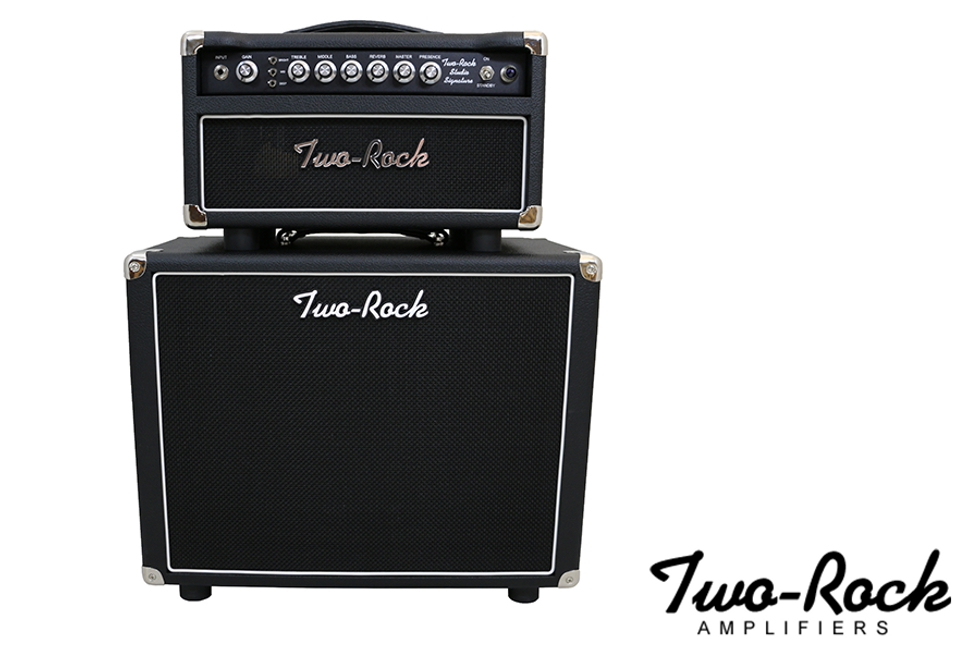
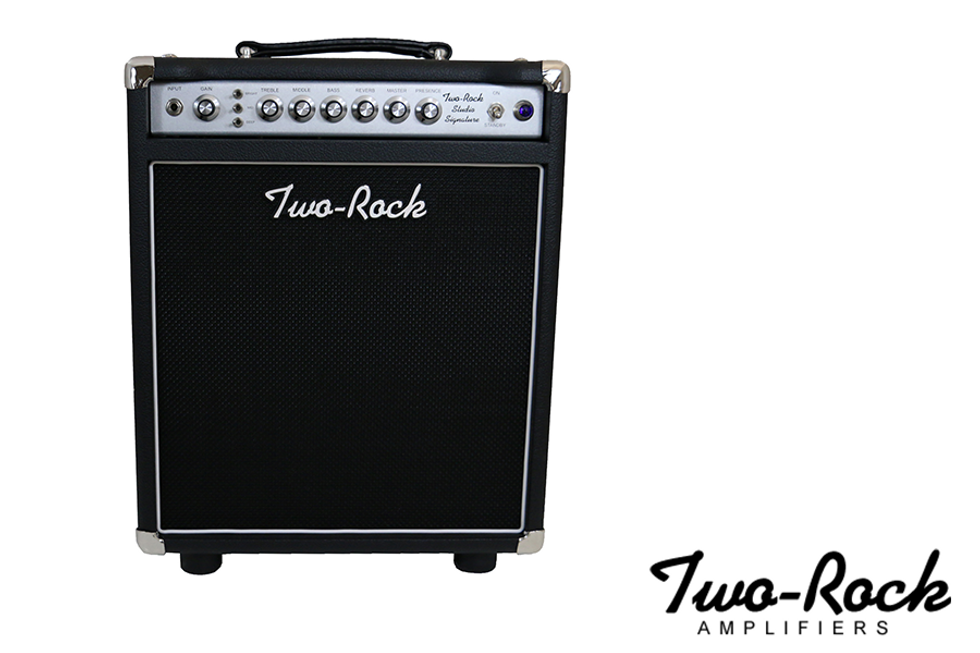
Mighty Bass 50BT - Modeling Bass Amp with IR
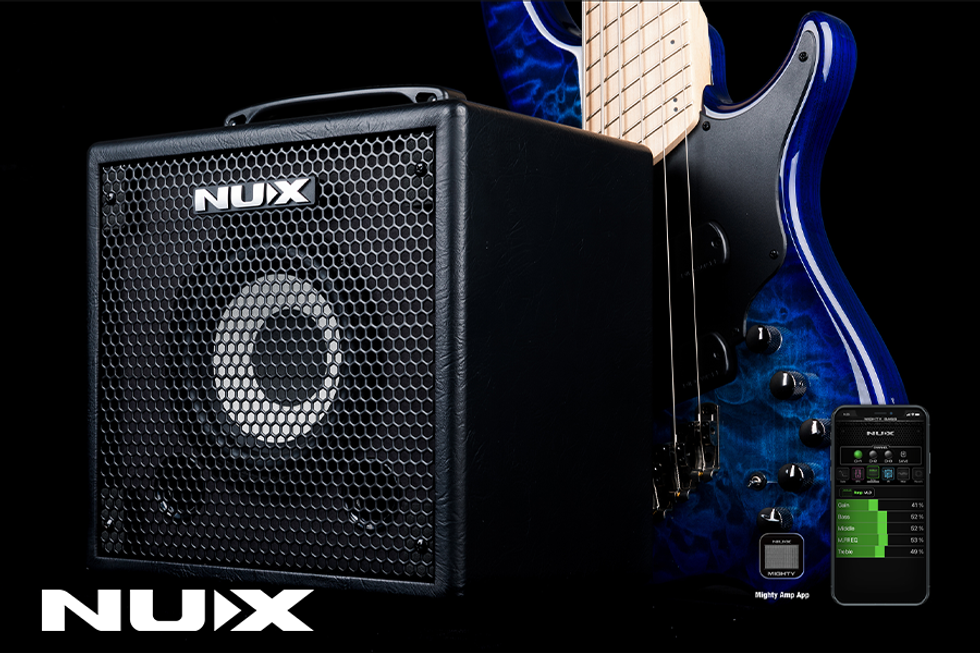
Mighty Bass 50BT is a versatile bass amp for practice, rehearsing and recording. It's equipped with a premium 6.5" loudspeaker and driven by a 50-watt classic D power amp.
NUX's iconic TSAC modeling technology provides various nice-sounding amp models and all the essential effects with great playability & response, while IR offers you more cab sounds! You can engage drum function with APP, and record phrase loops with footswitch.
Mighty Bass 50BT has 3 channels, you can save one preset in each. For deep tone editing, simply use its Mobile APP and PC Software!
Highlights:
-Bass Amp Modeling with Cab IRs, expanding possibilities of tones
-IR loading (1024 samples) with Edit Software
-Whitebox compressor effect offers you analog touch & response
-Independent IR toggles for Amp and DI out
-USB Audio Stream for recording interface with routing setup
-Footswitch to remote Drum&Loop (60s)
Click here for audio clips
Click here for video clips
Click here to follow NUX on Instagram
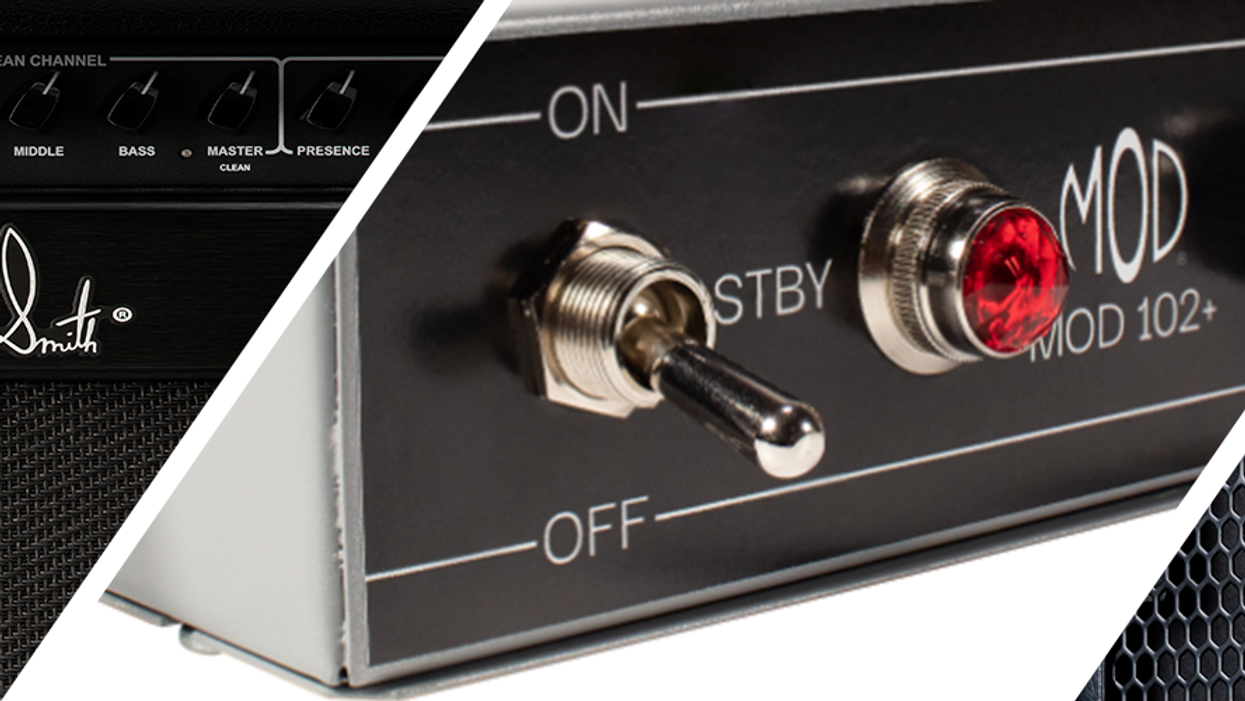
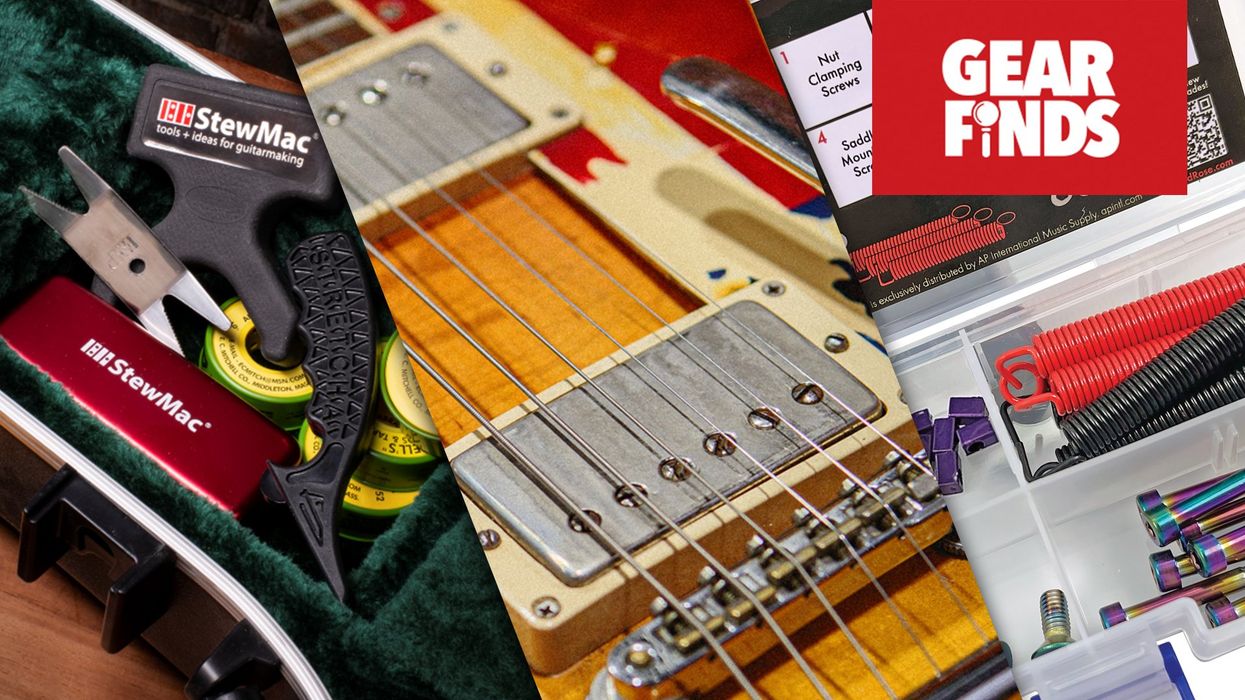
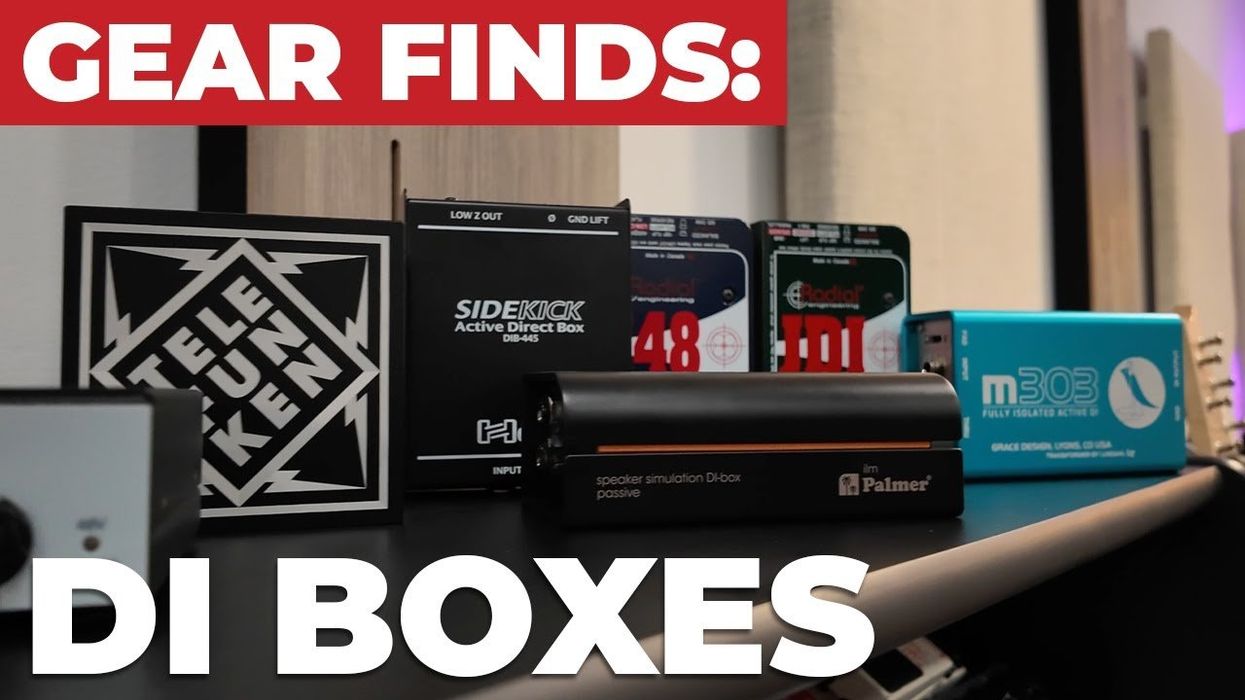
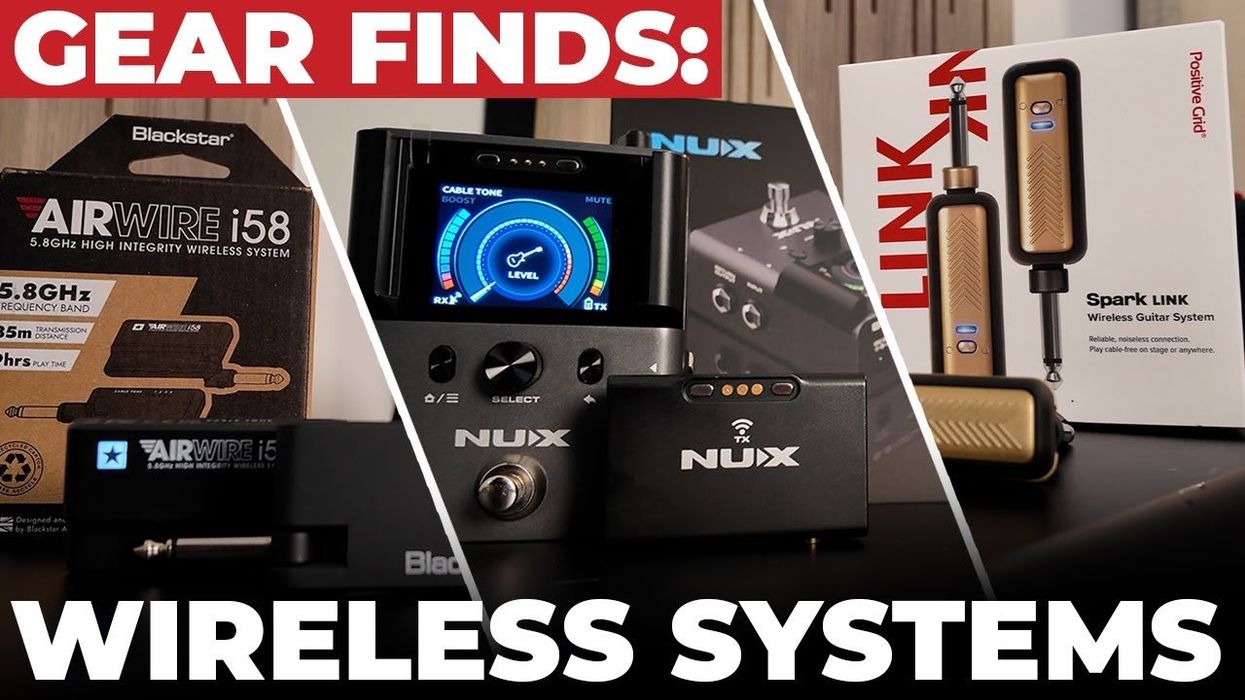

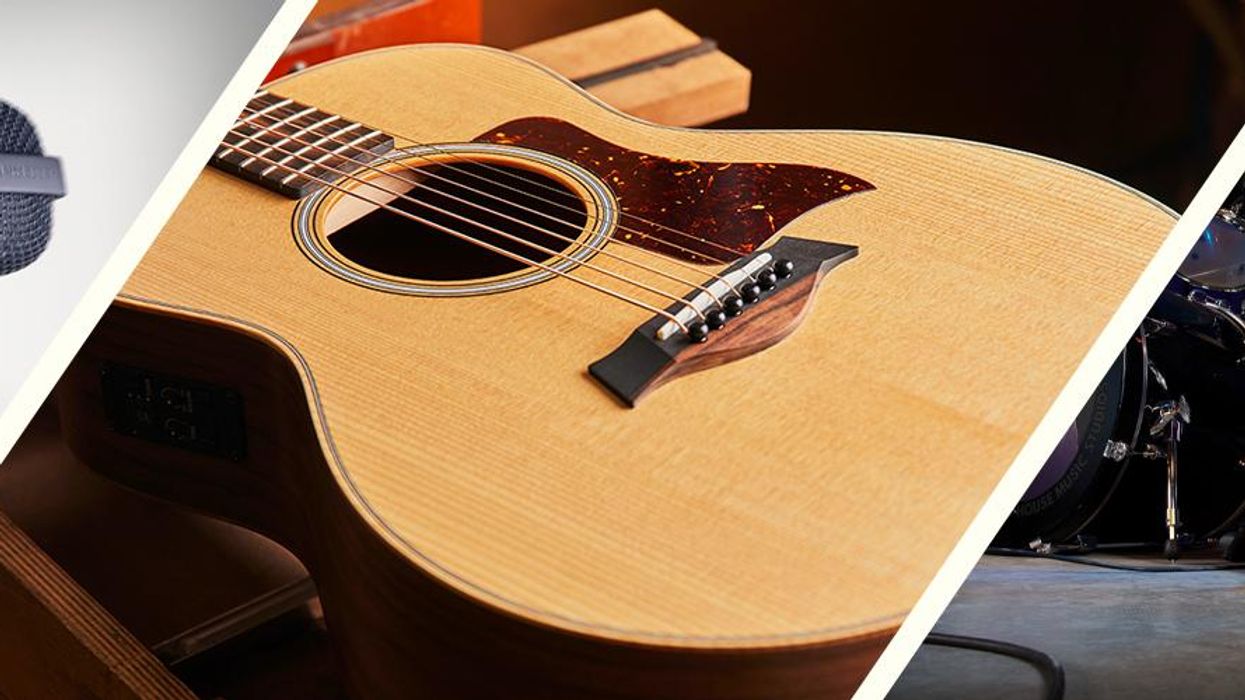
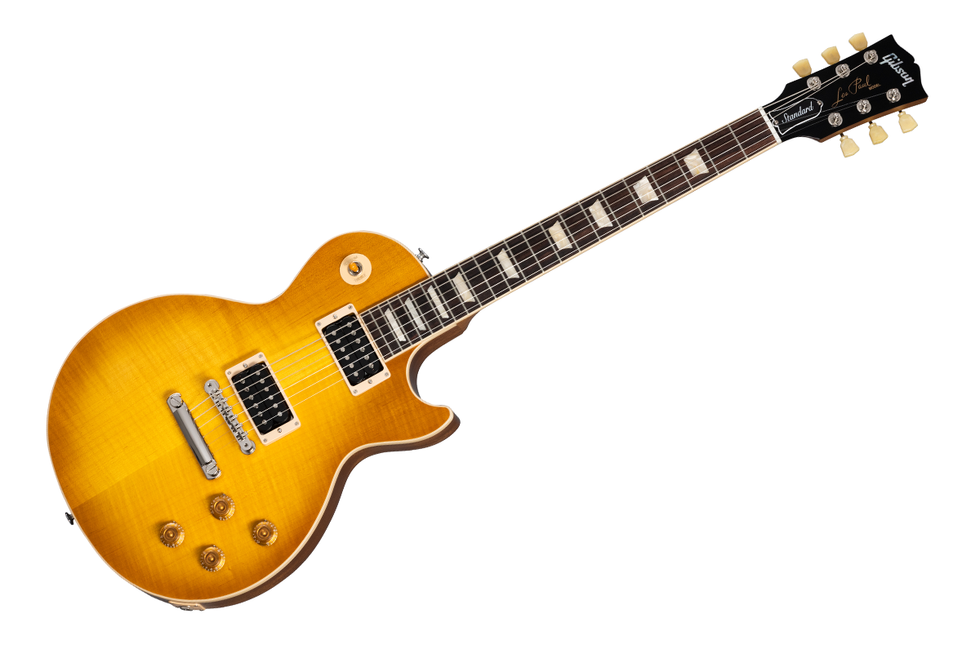
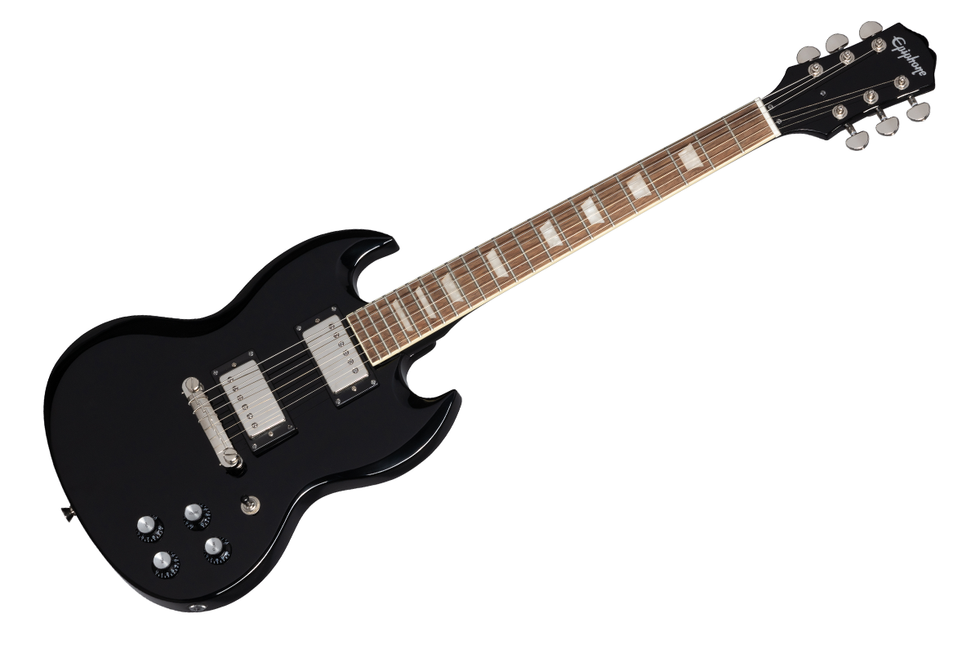
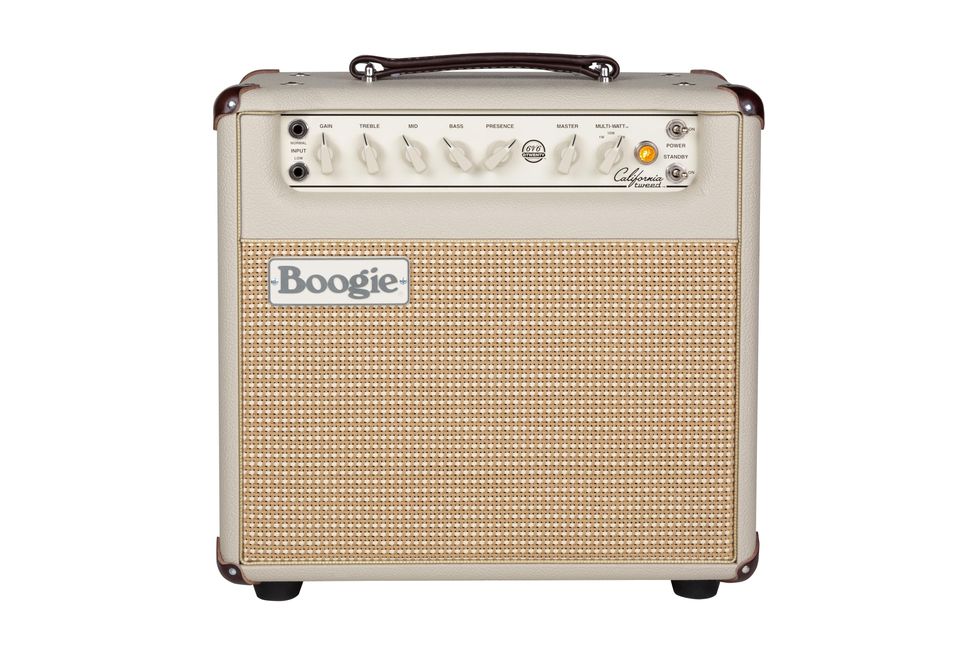
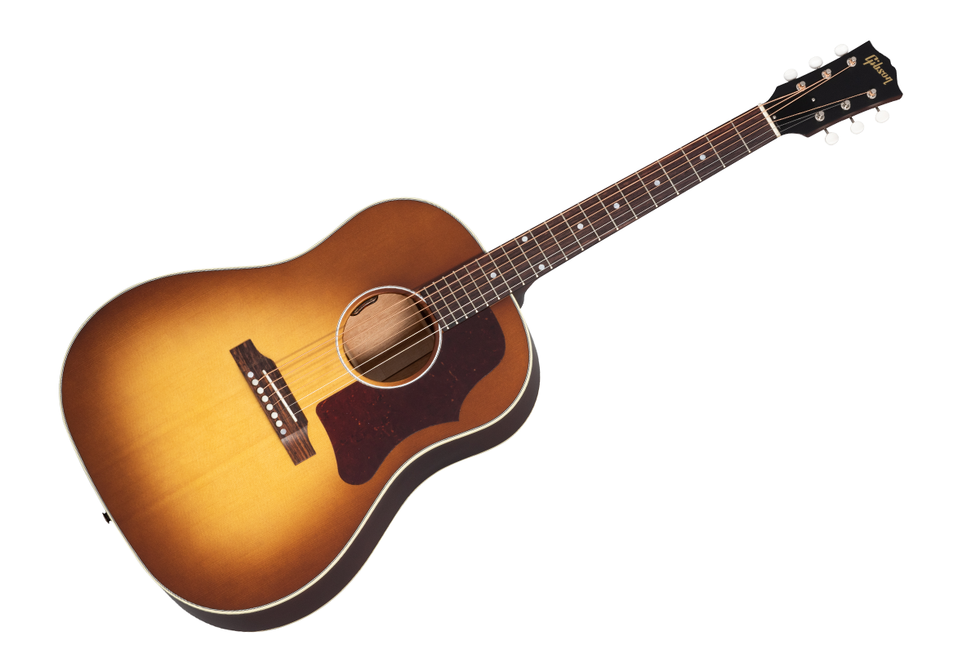
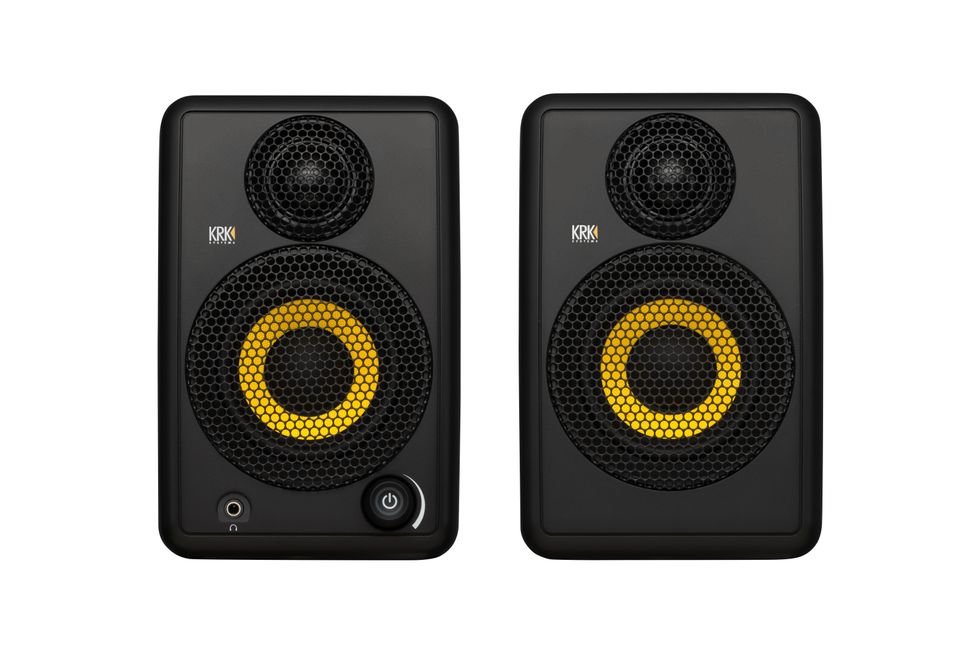
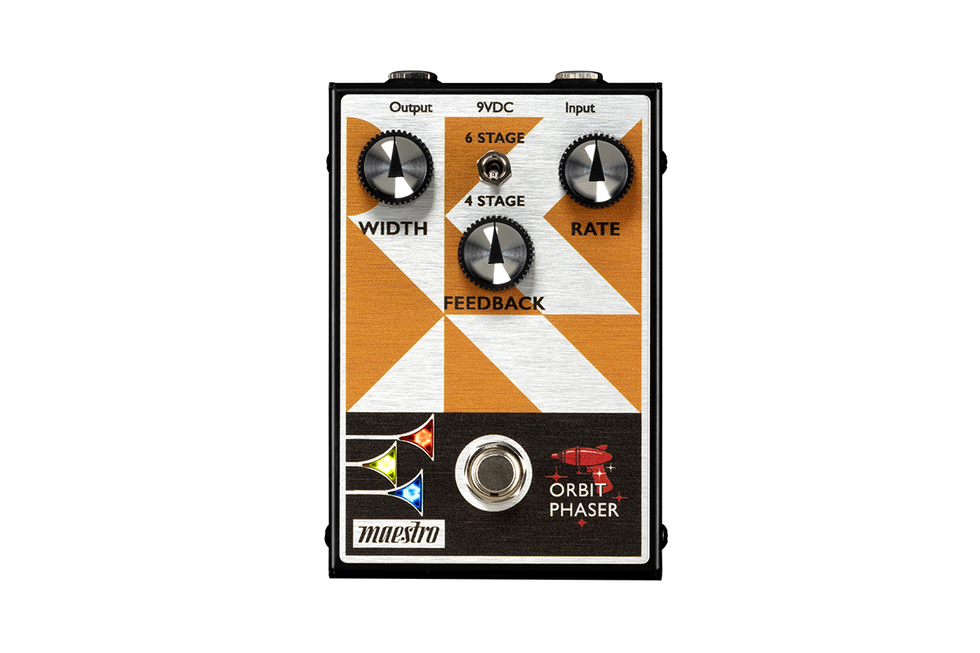
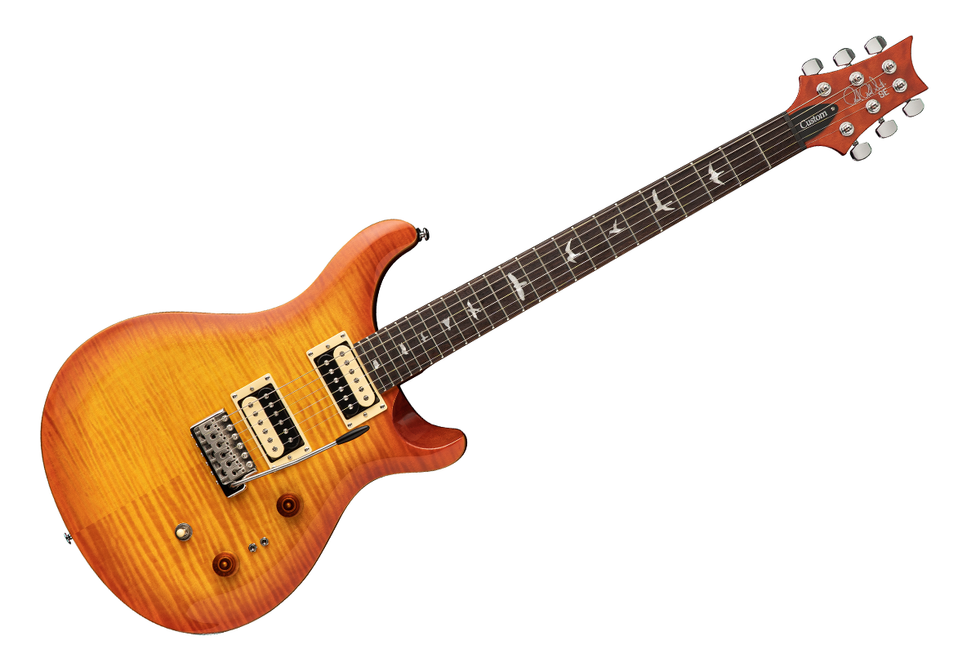
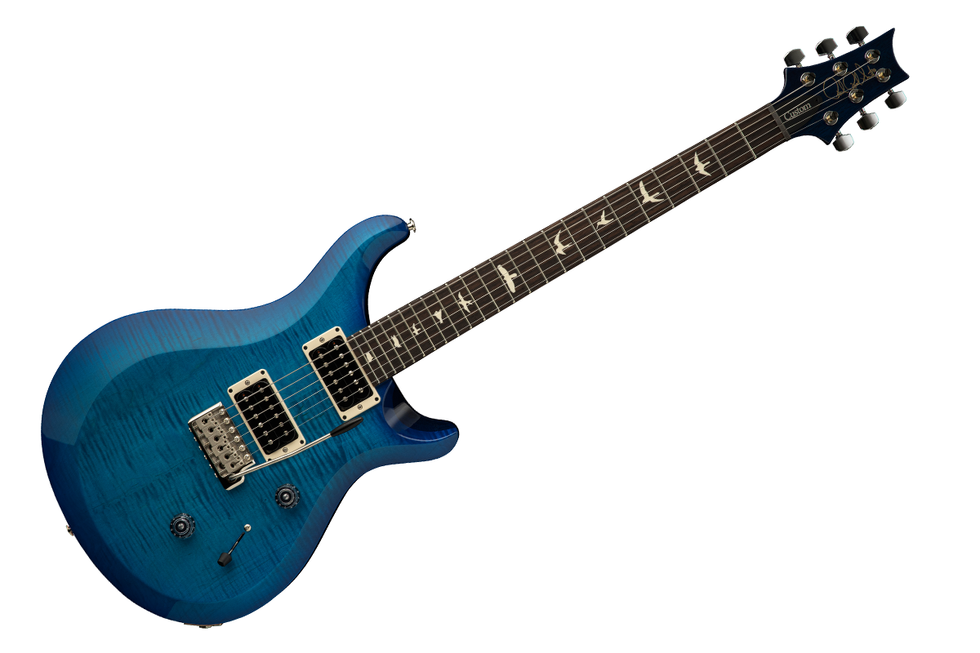
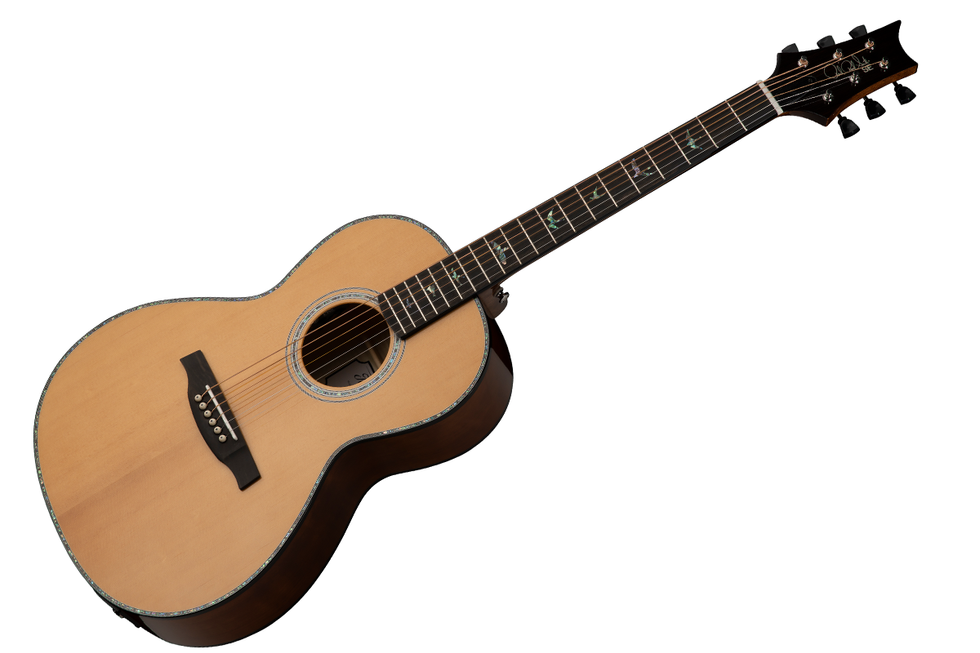
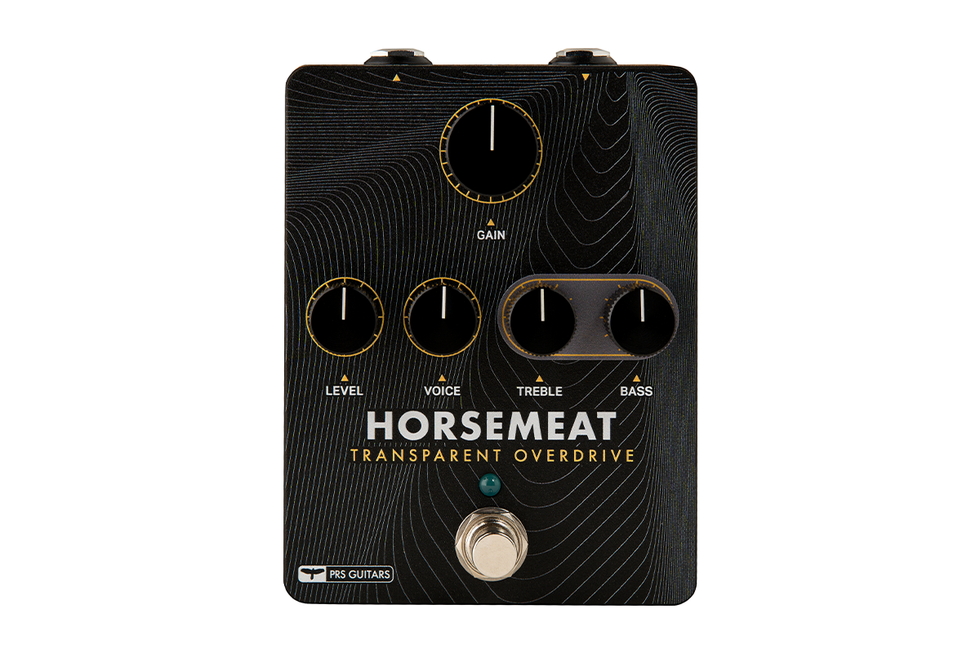
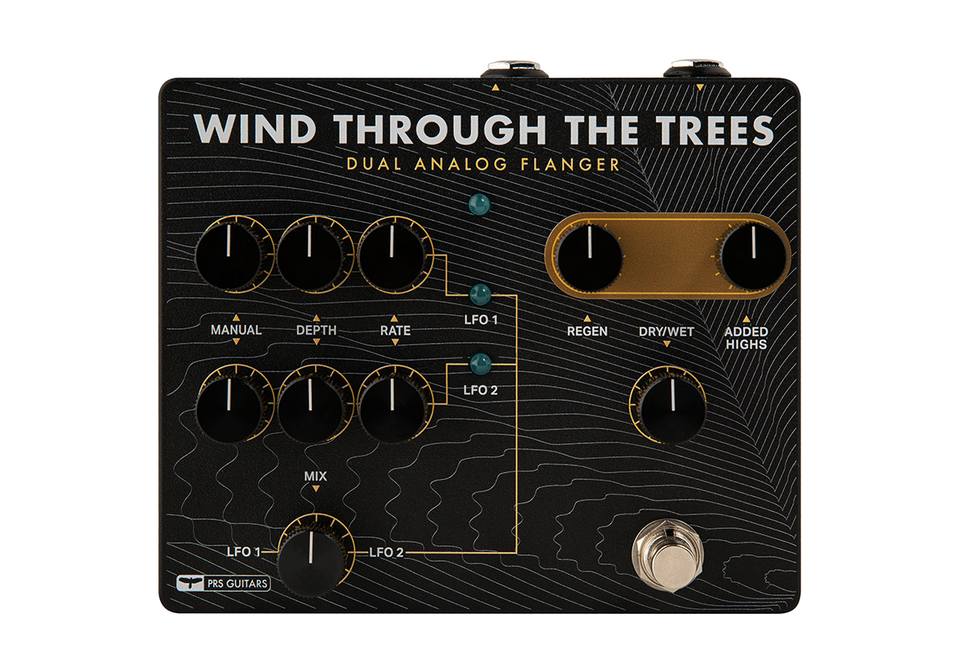
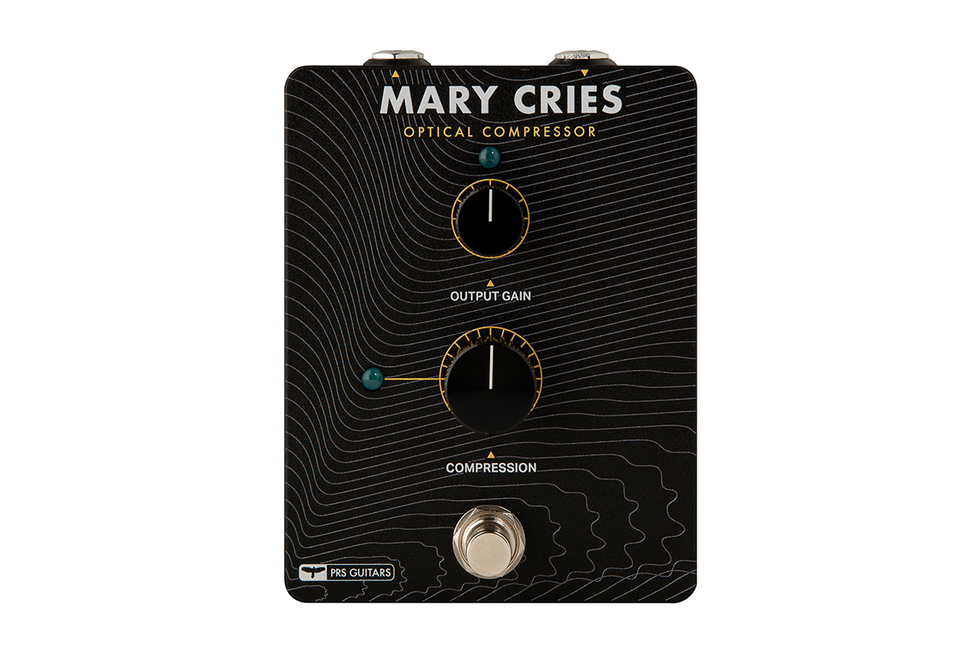
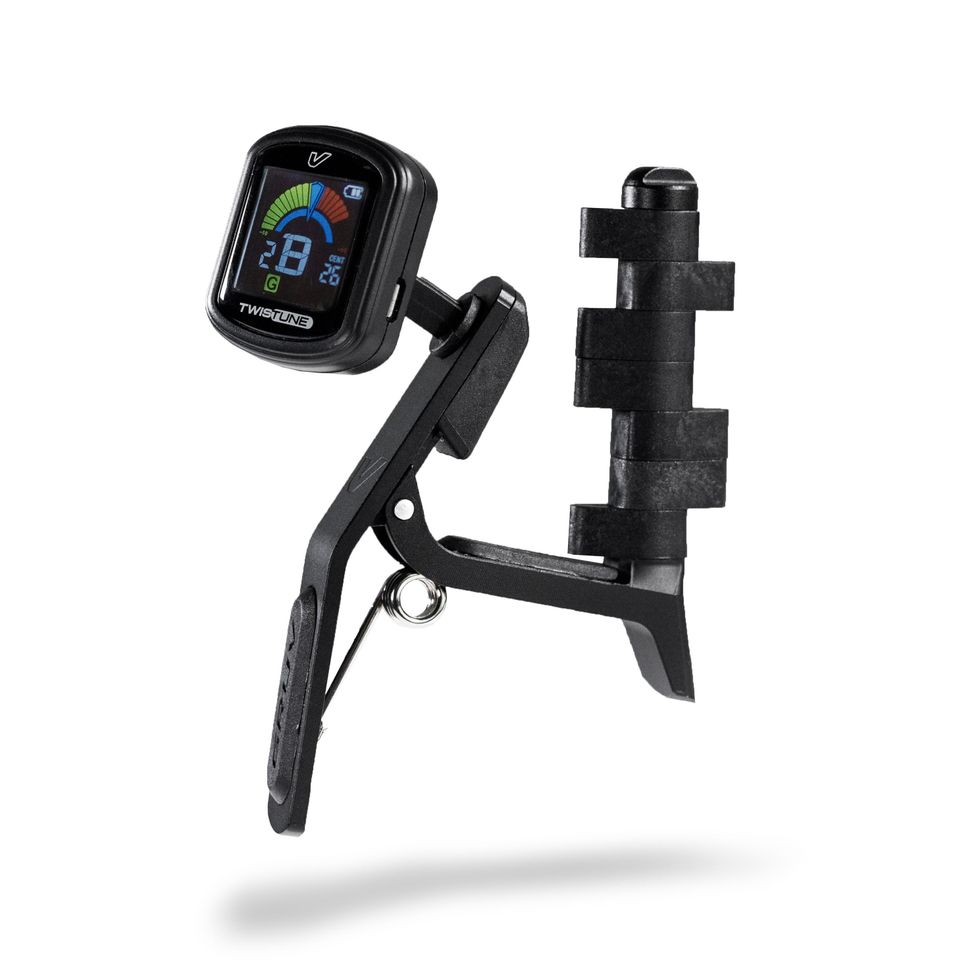
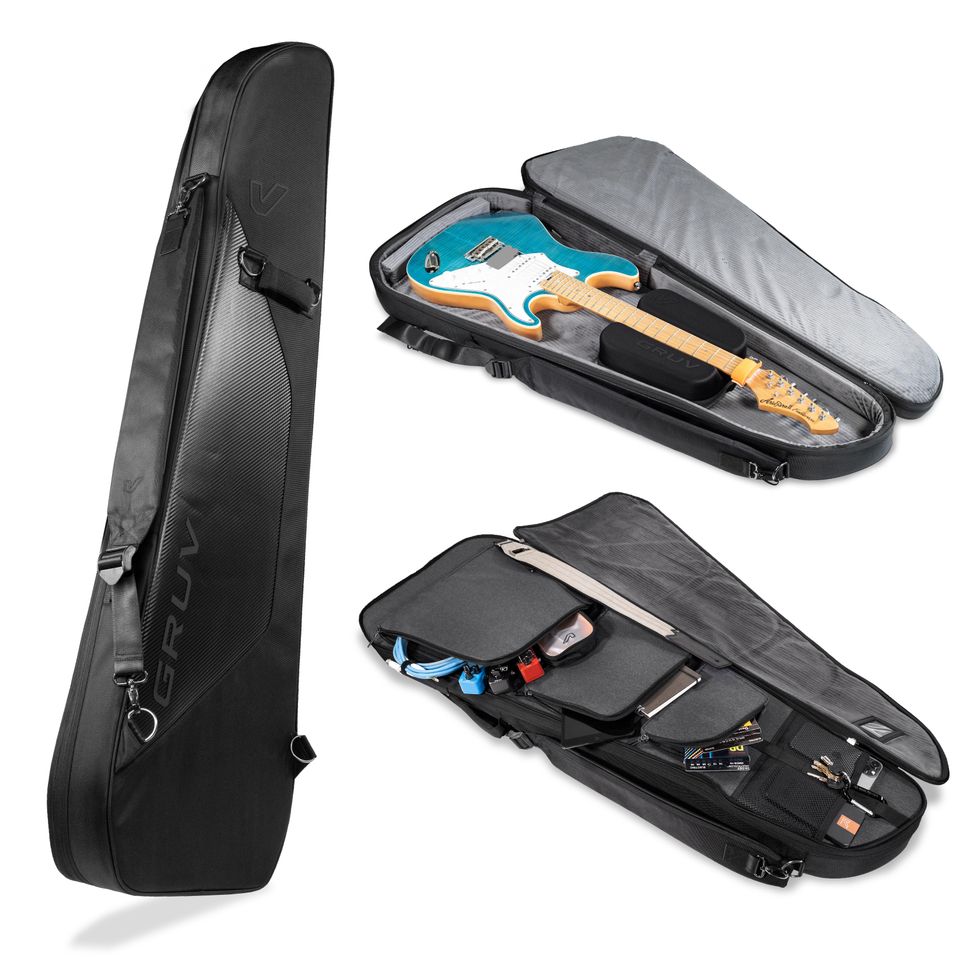
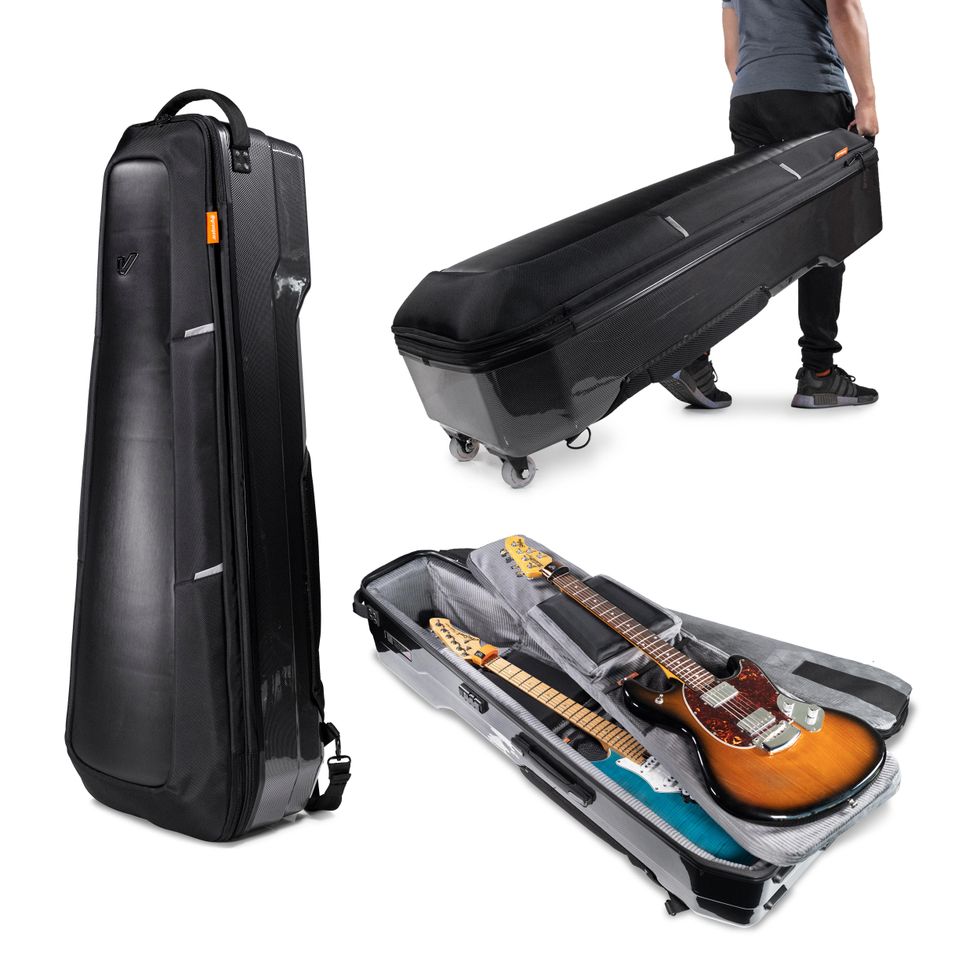
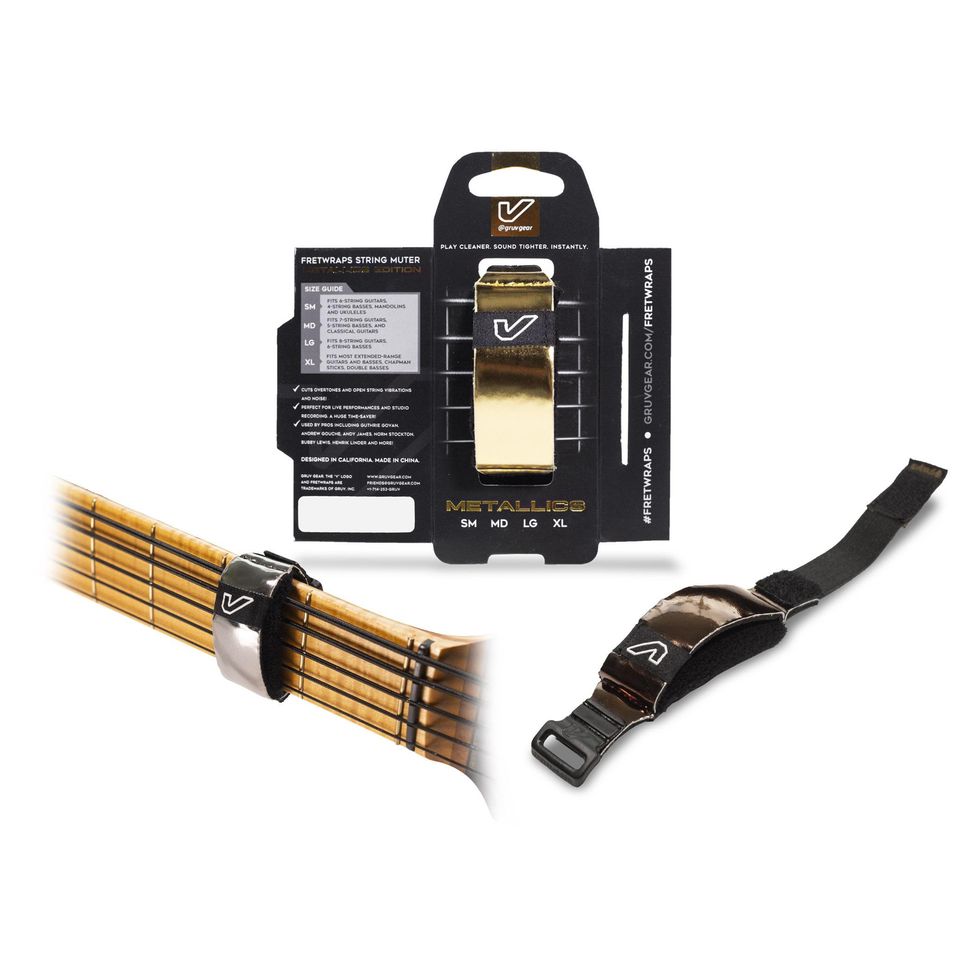
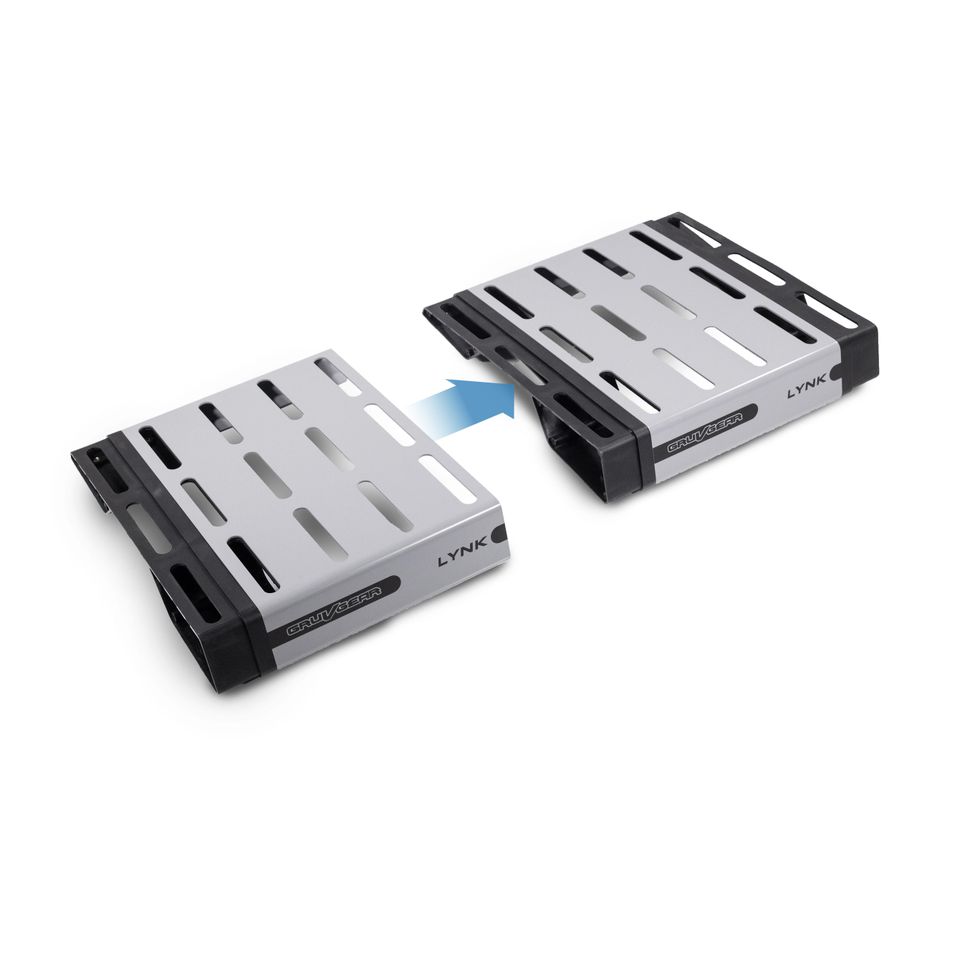
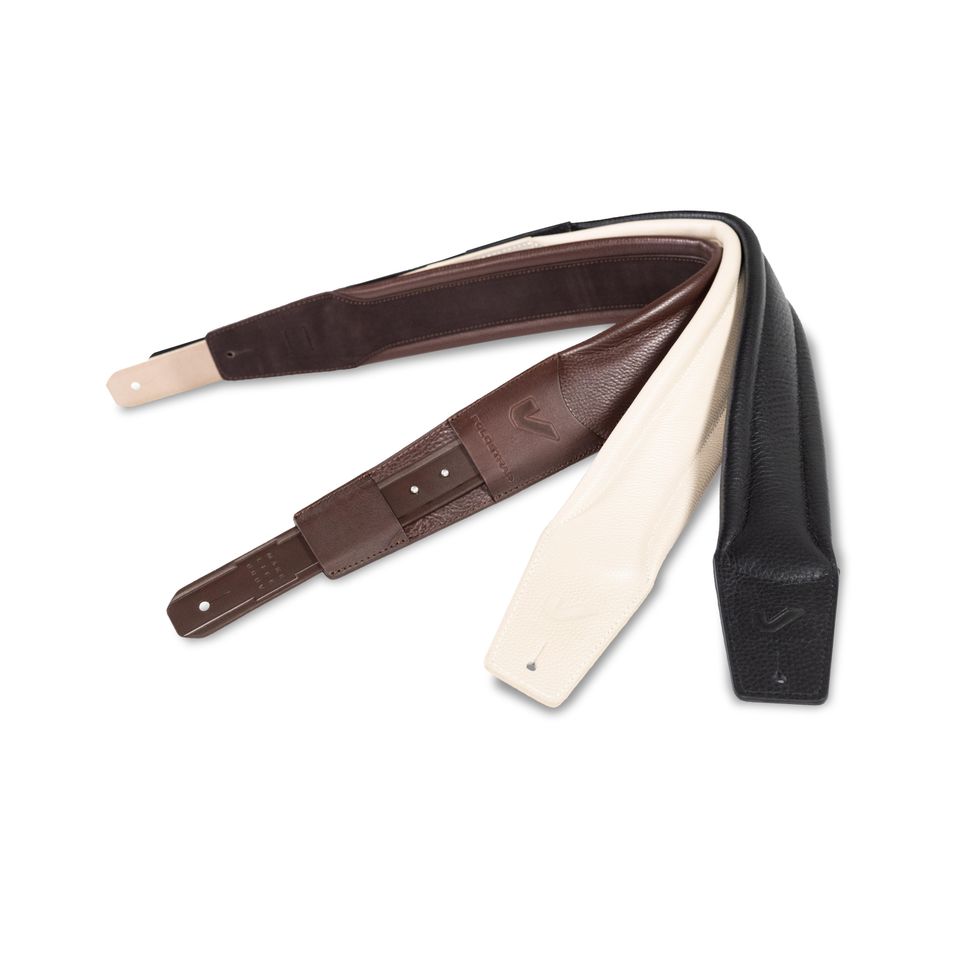
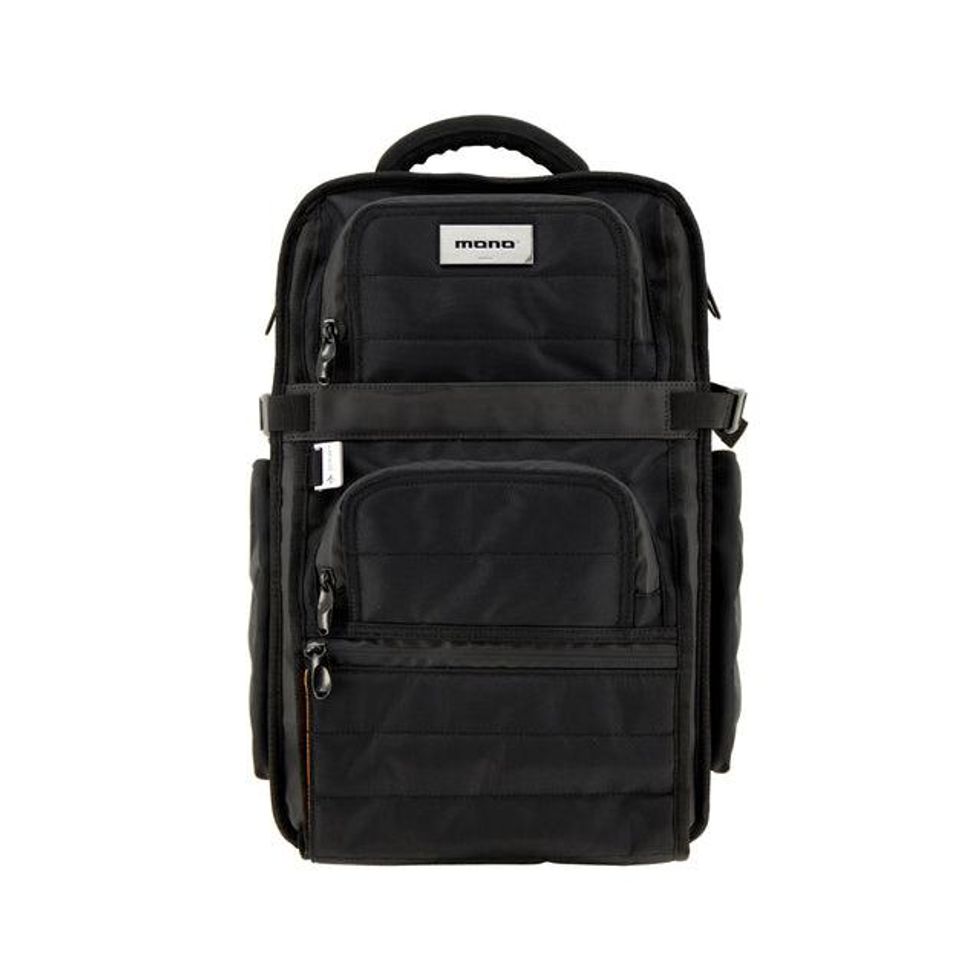
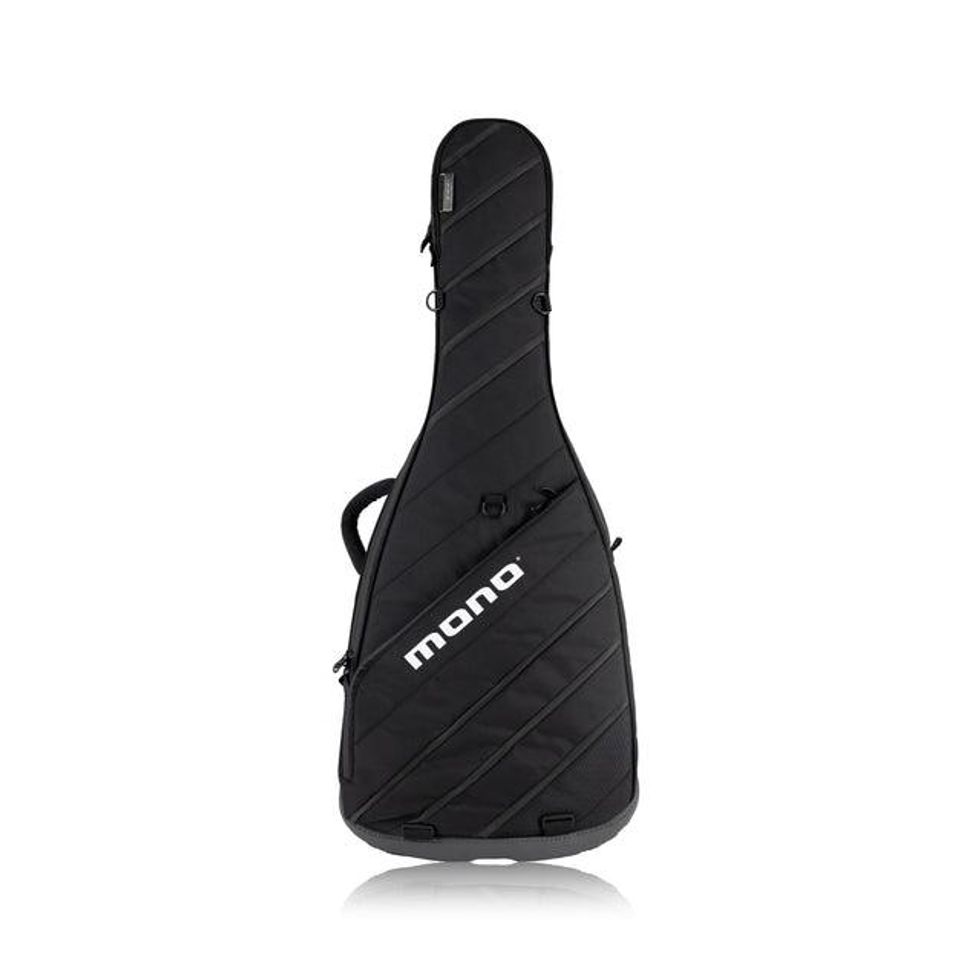
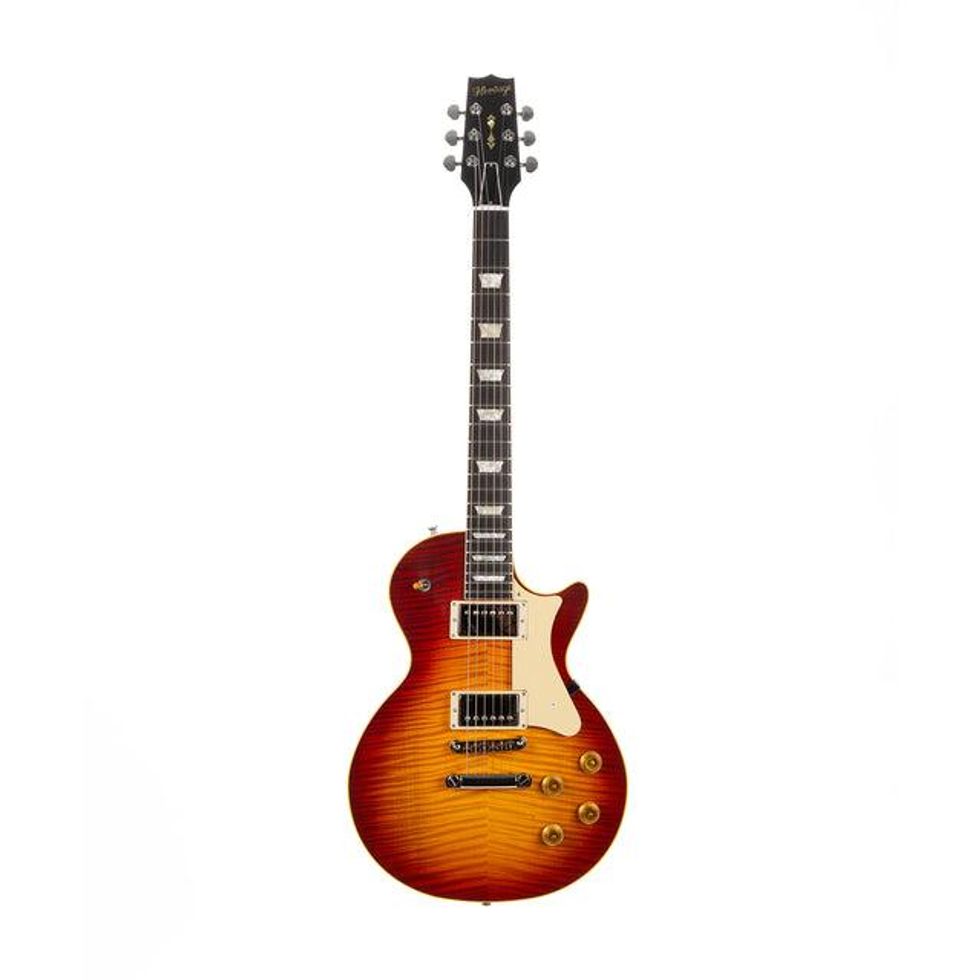
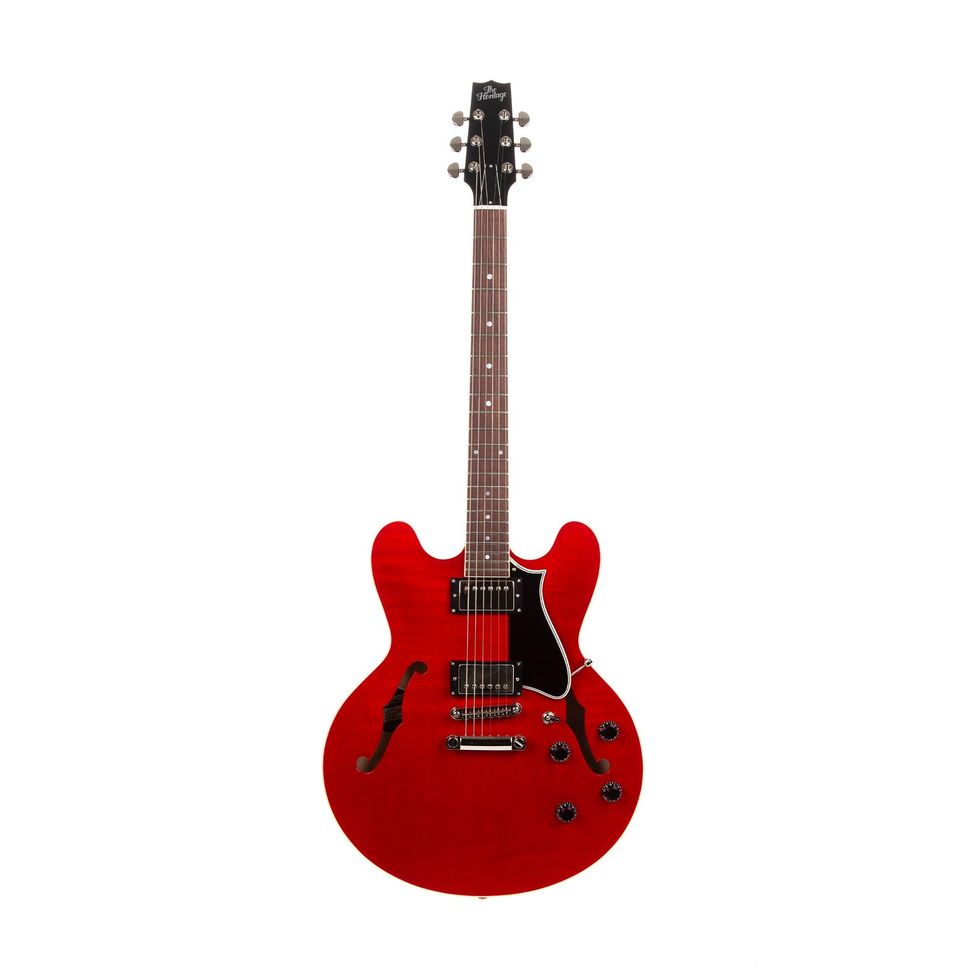
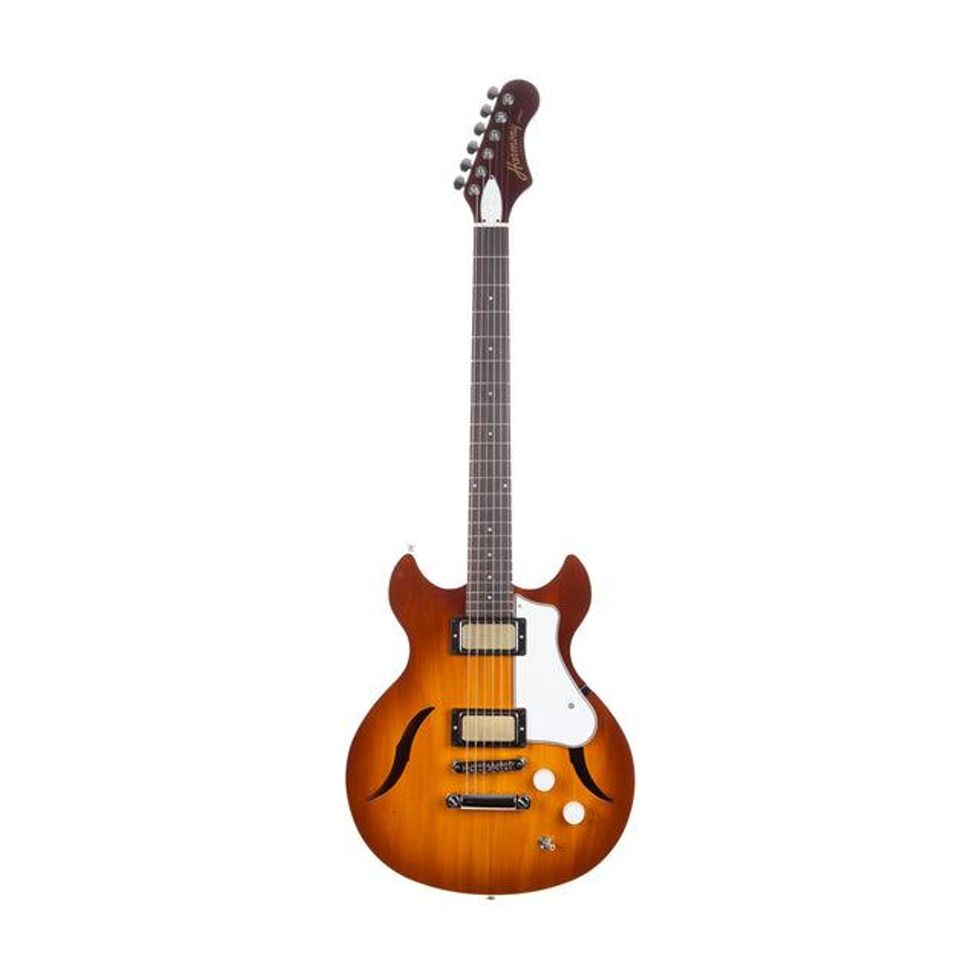
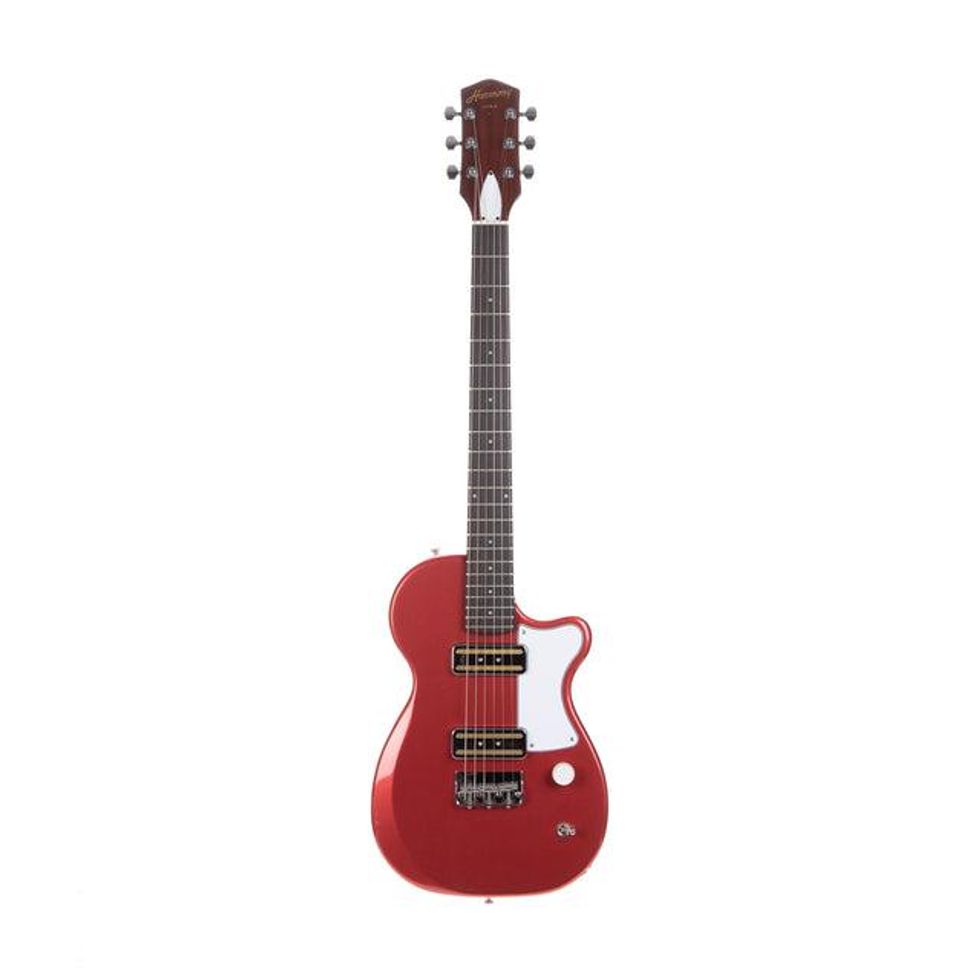
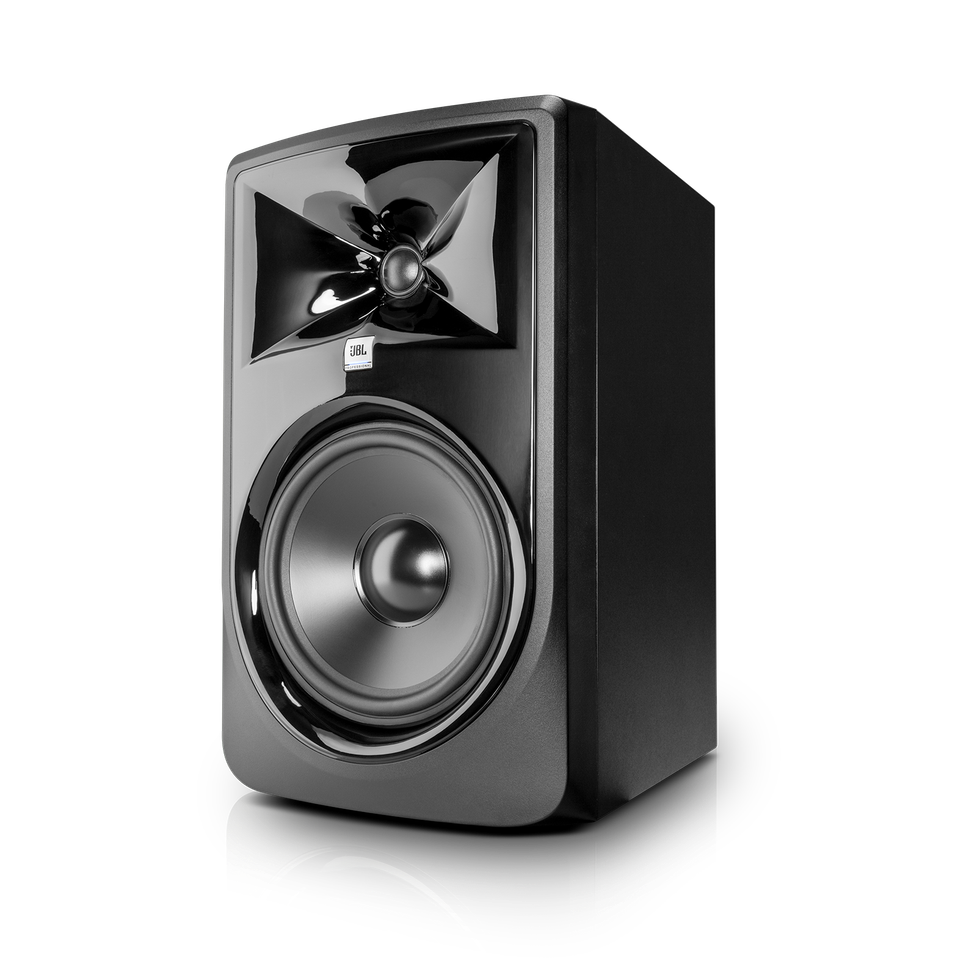
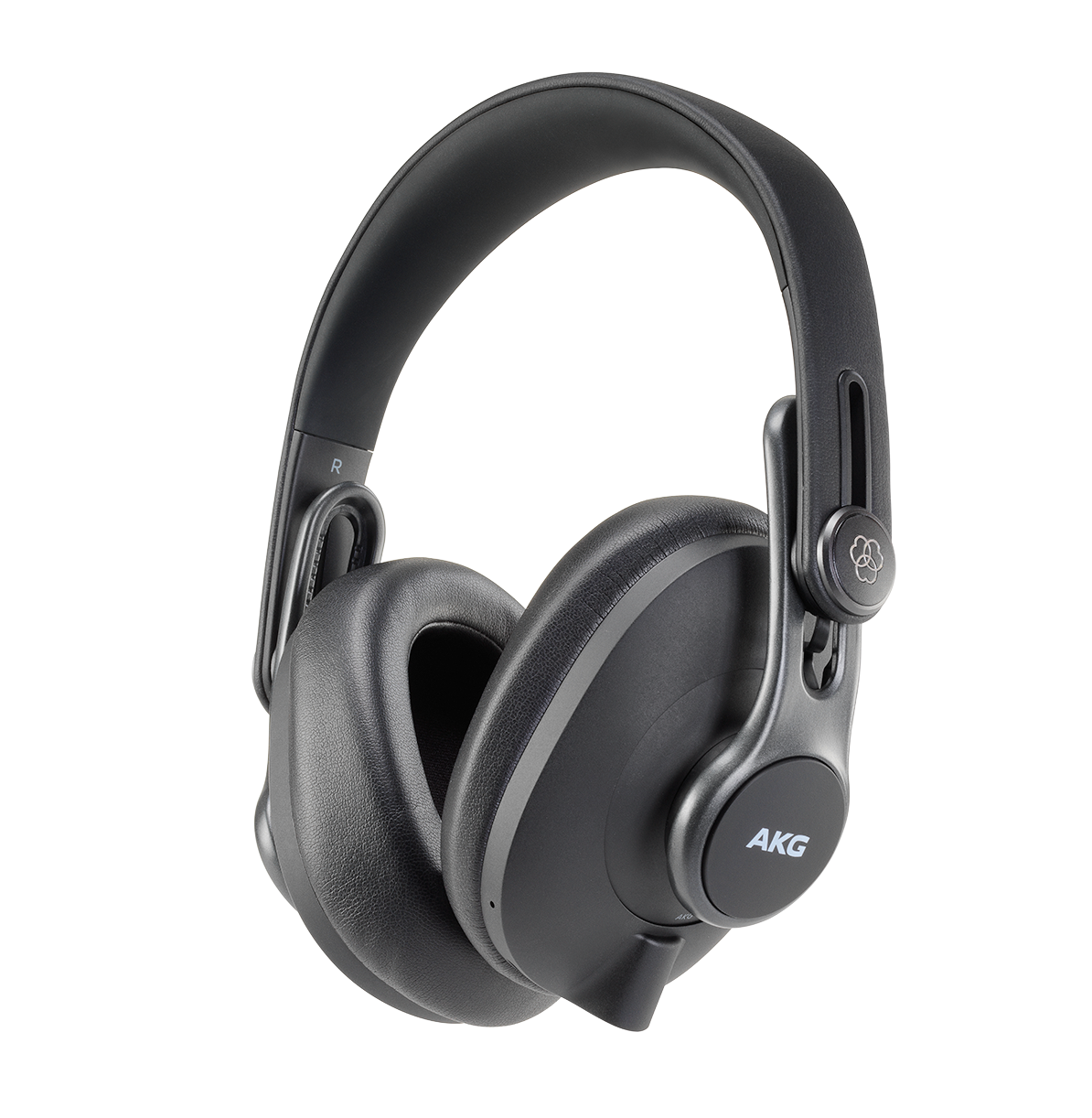
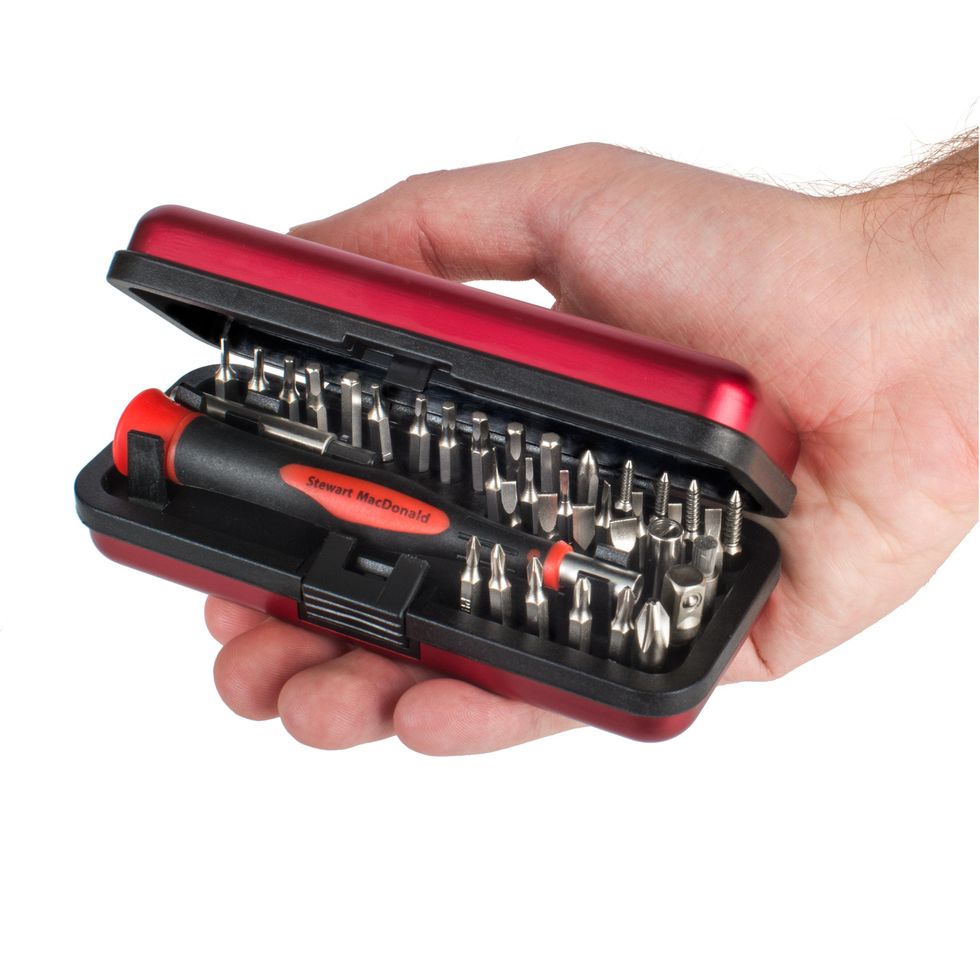
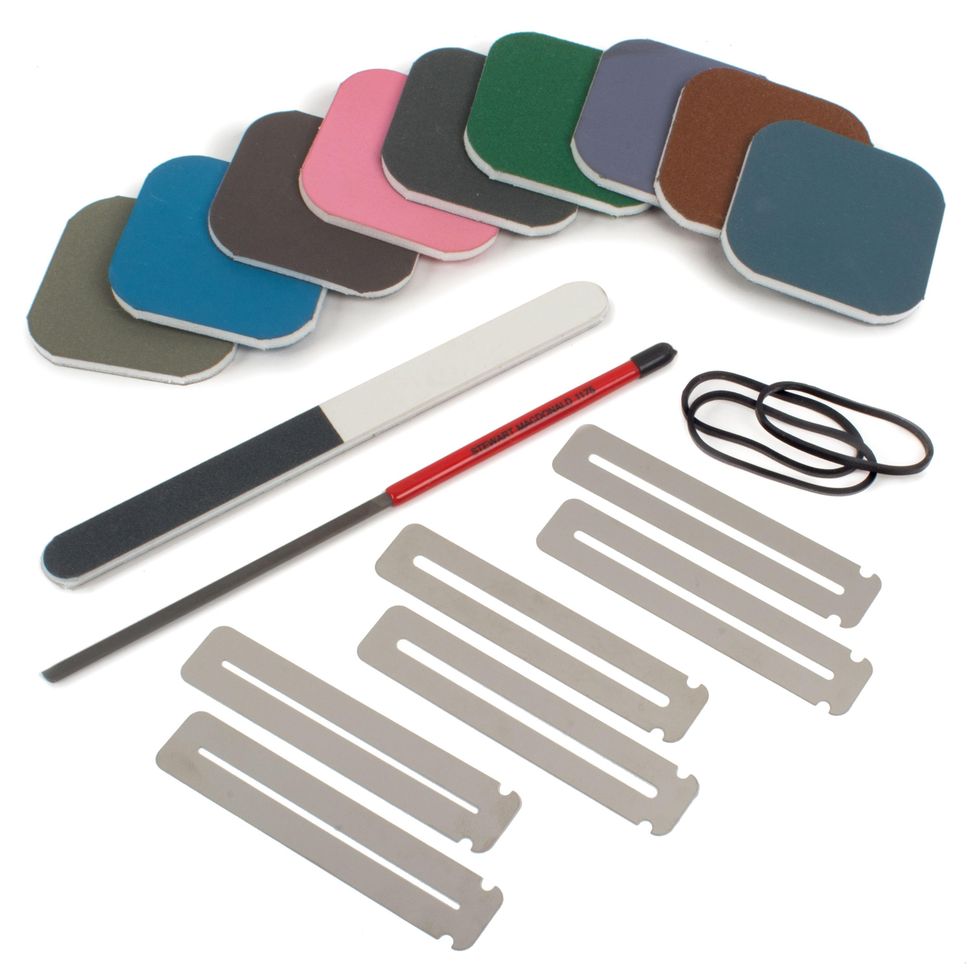
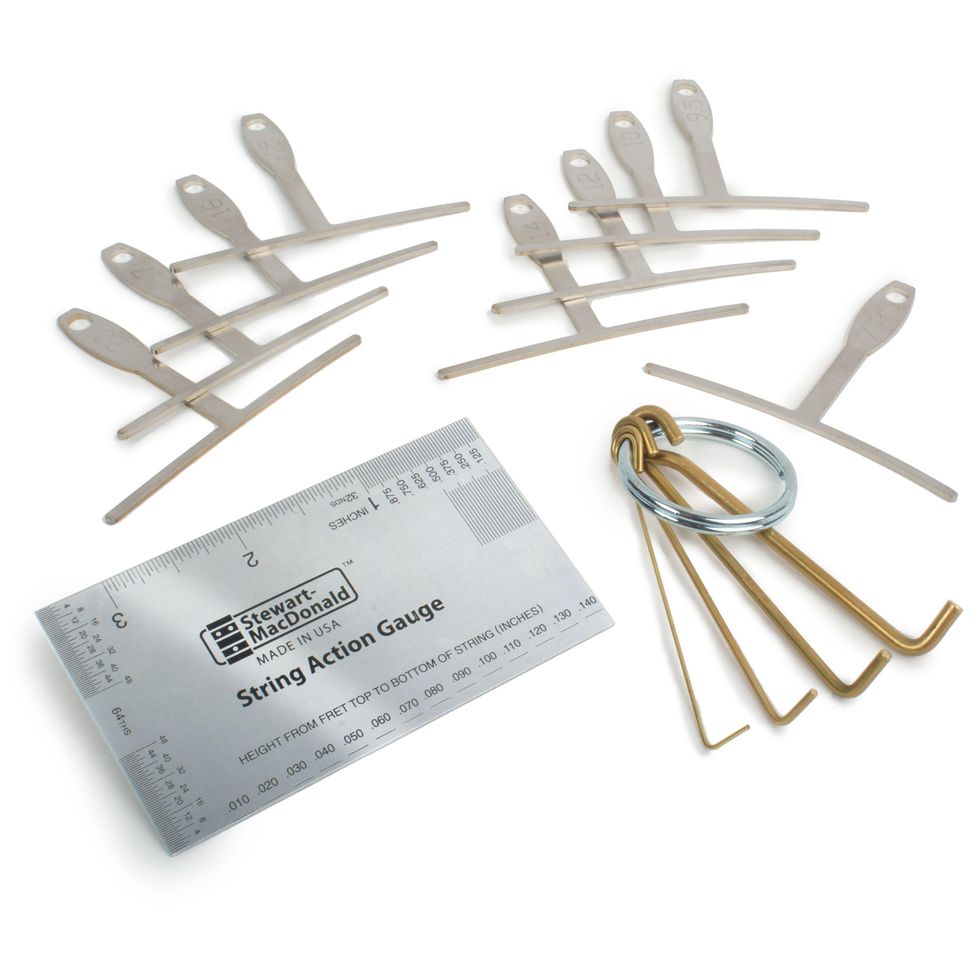
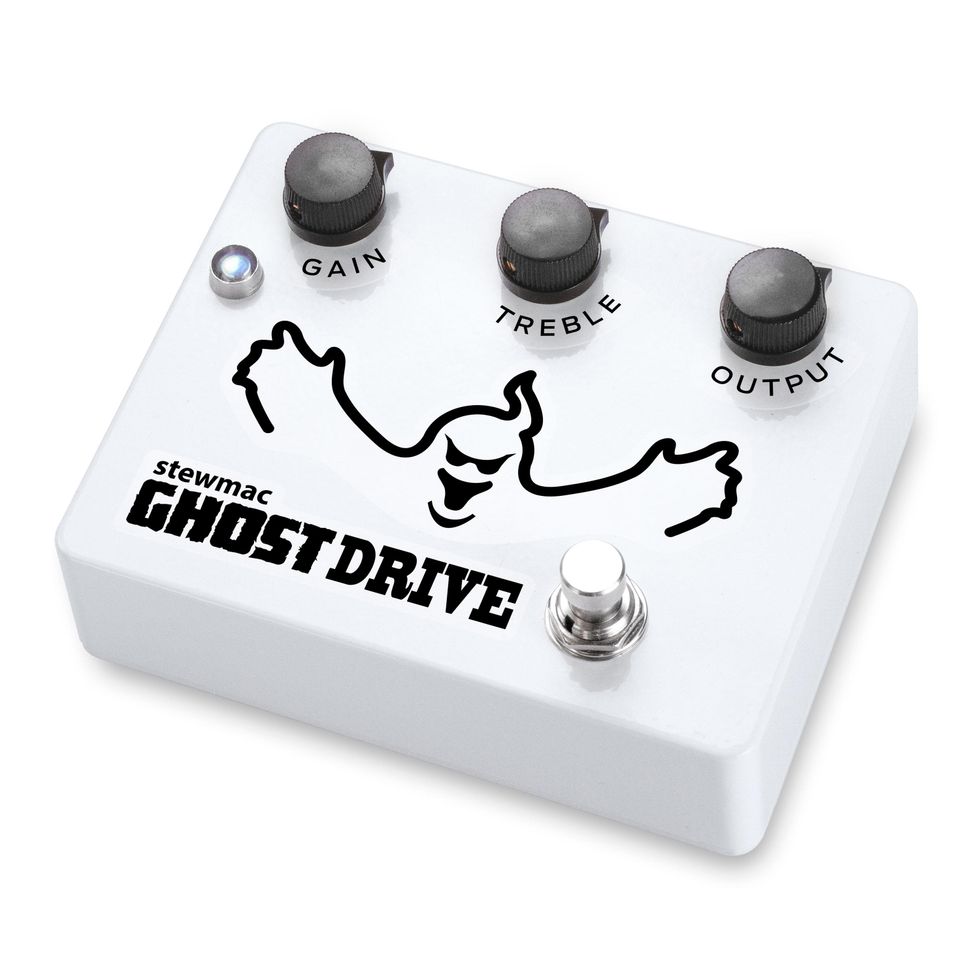
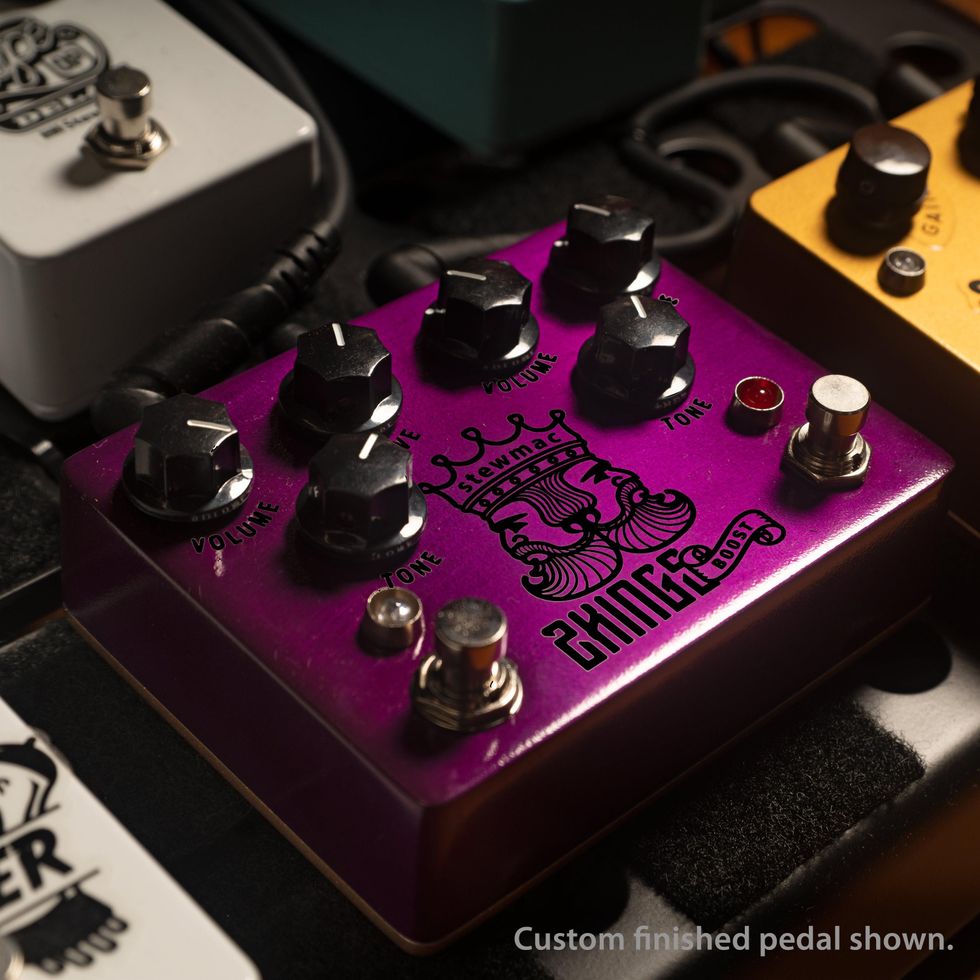
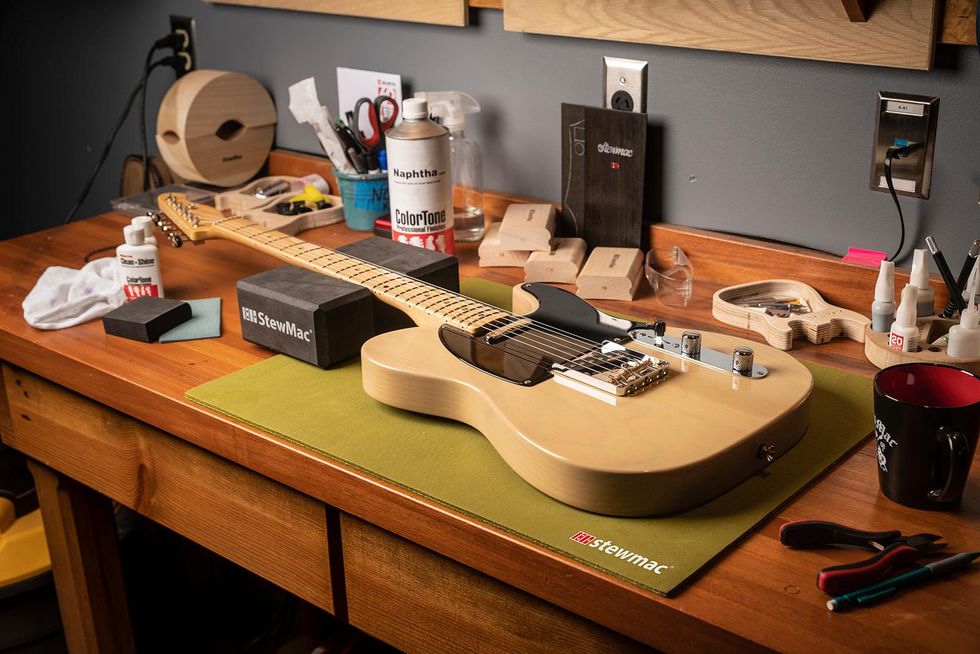

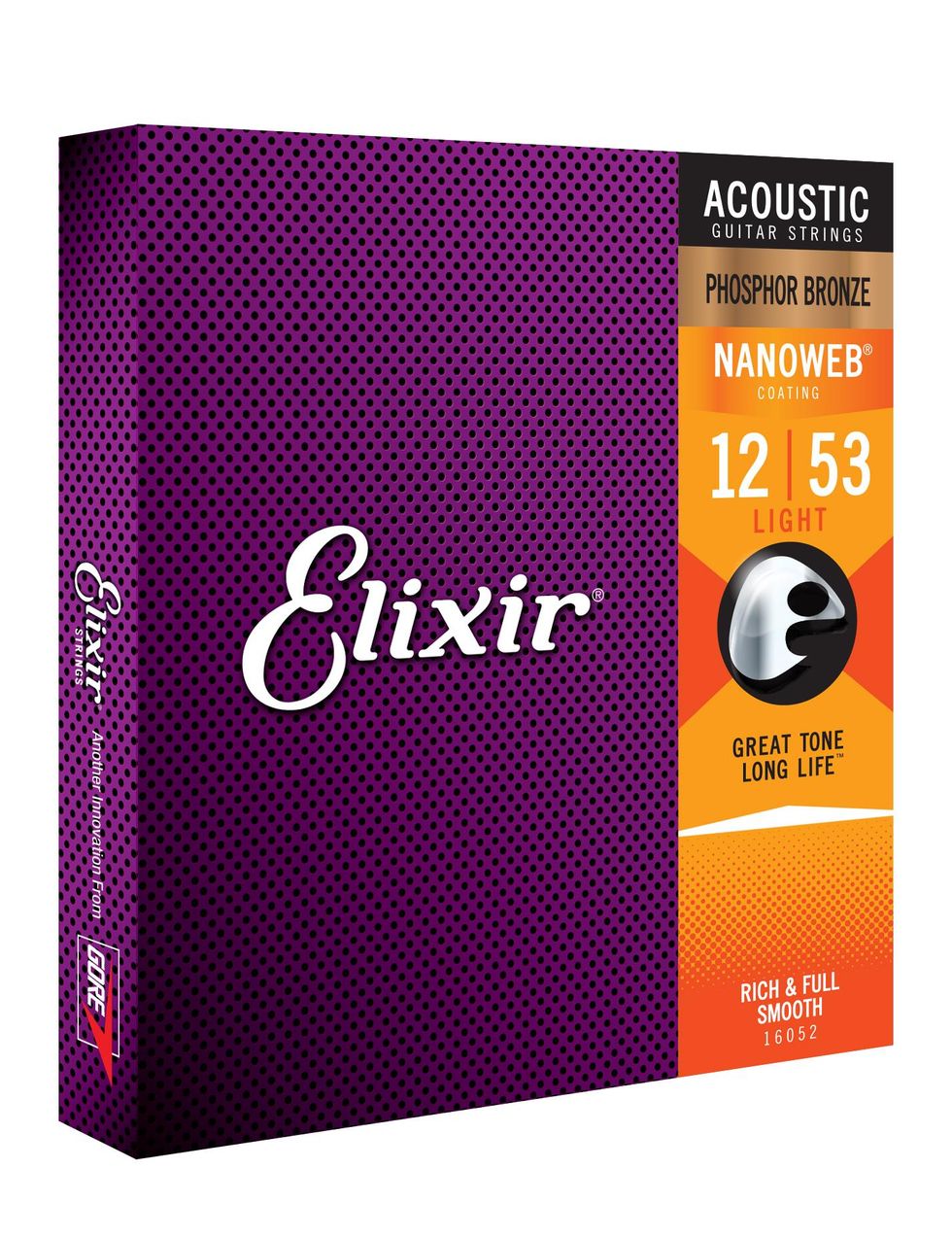

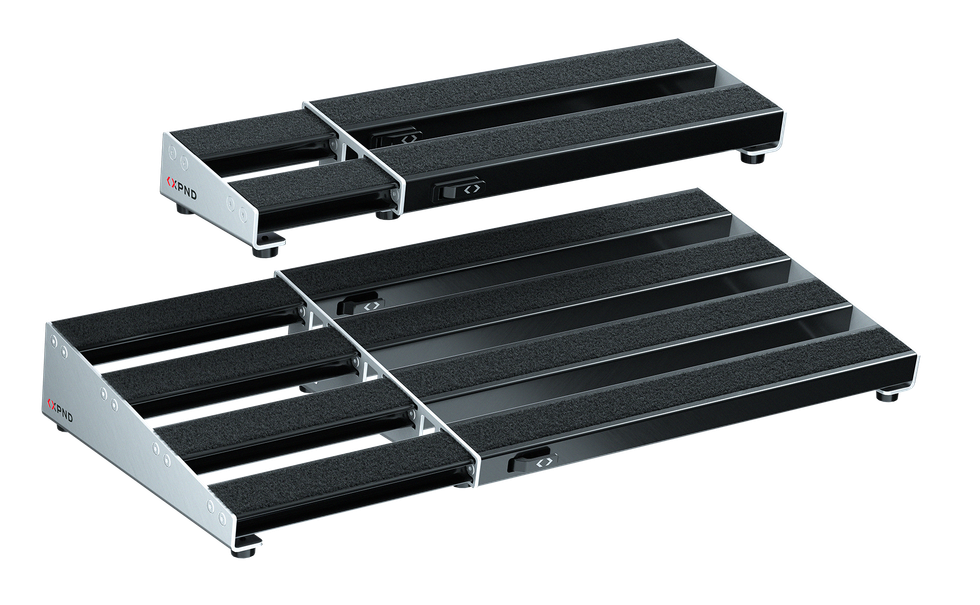
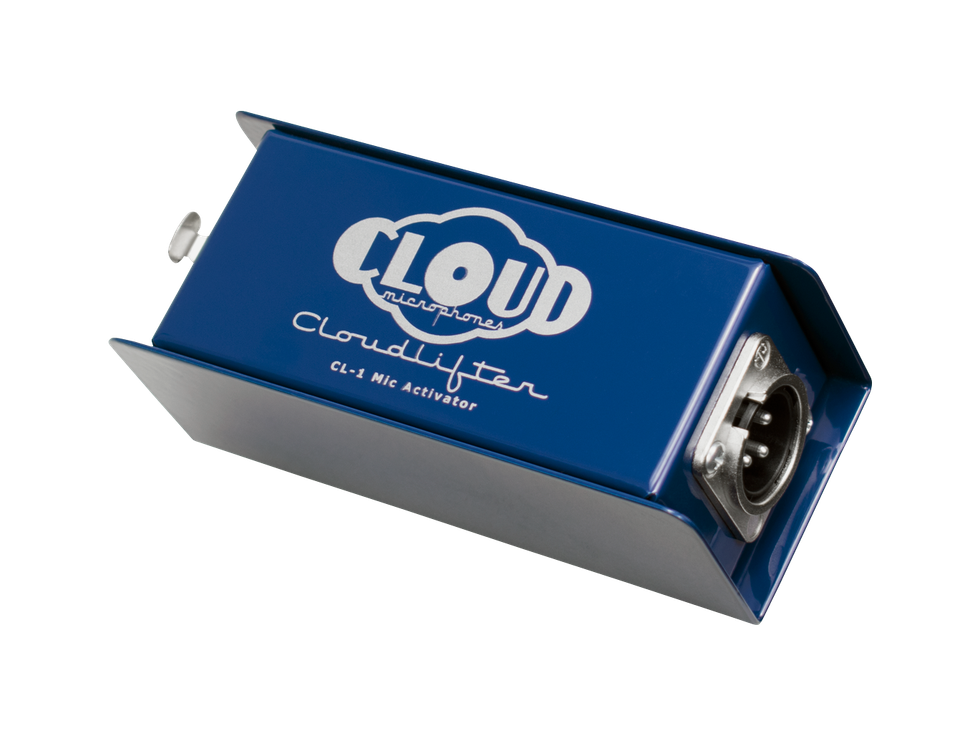
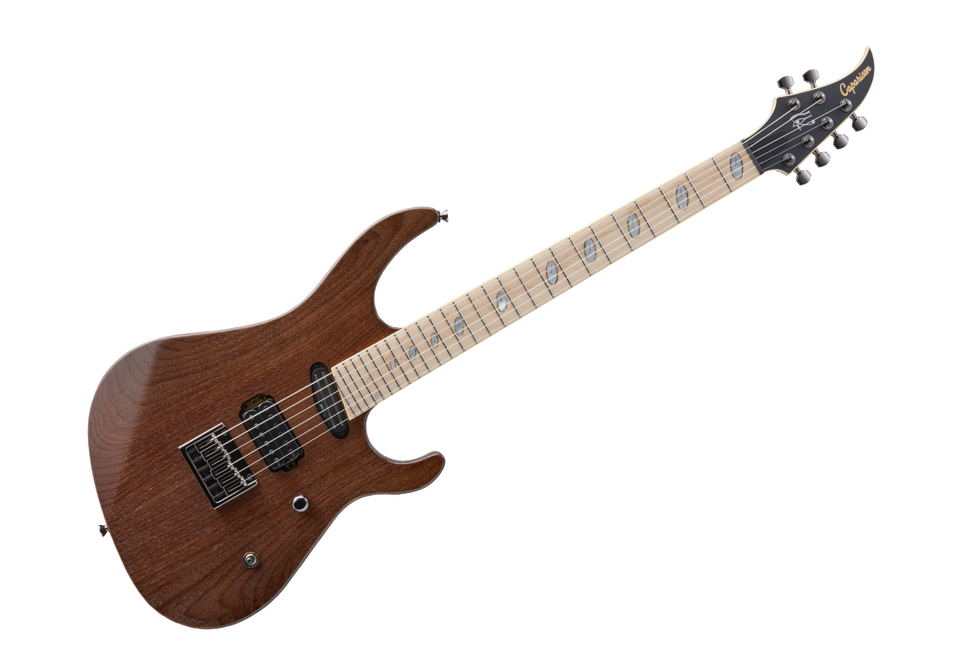
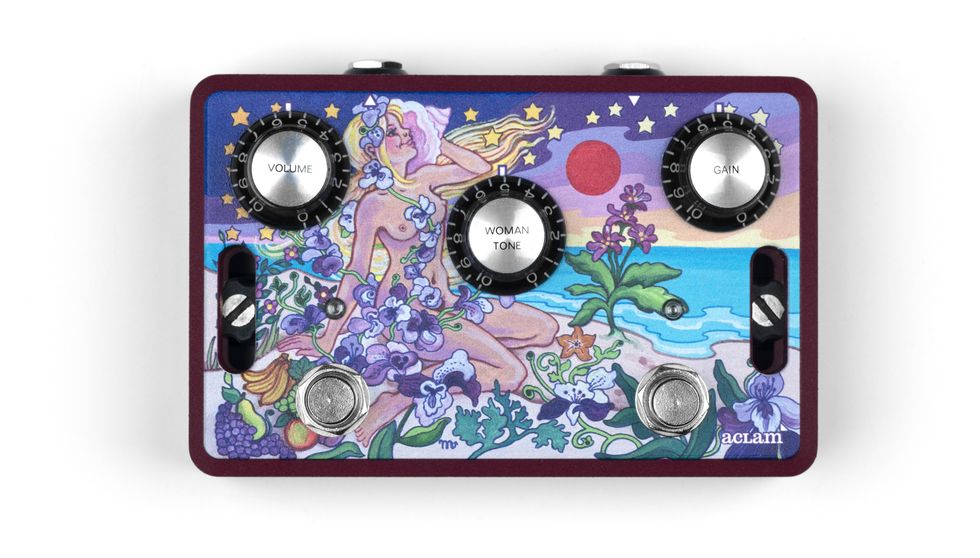
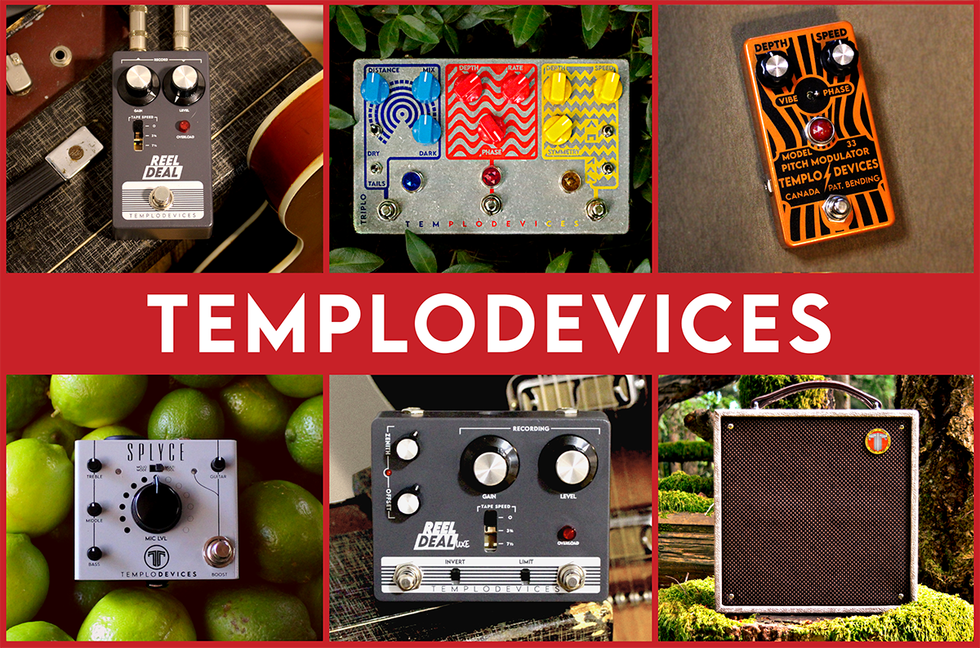
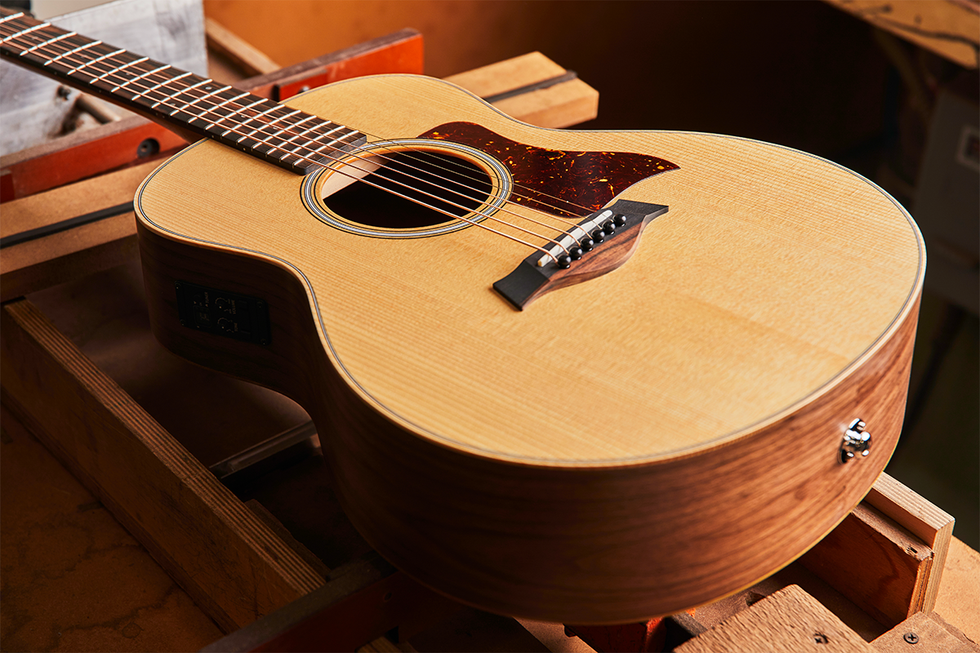
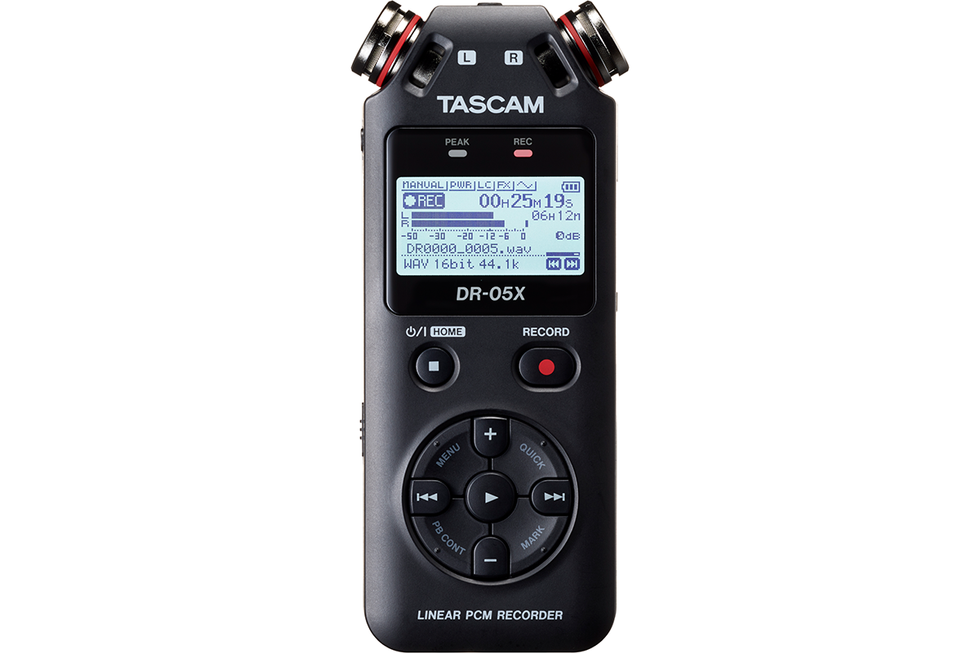
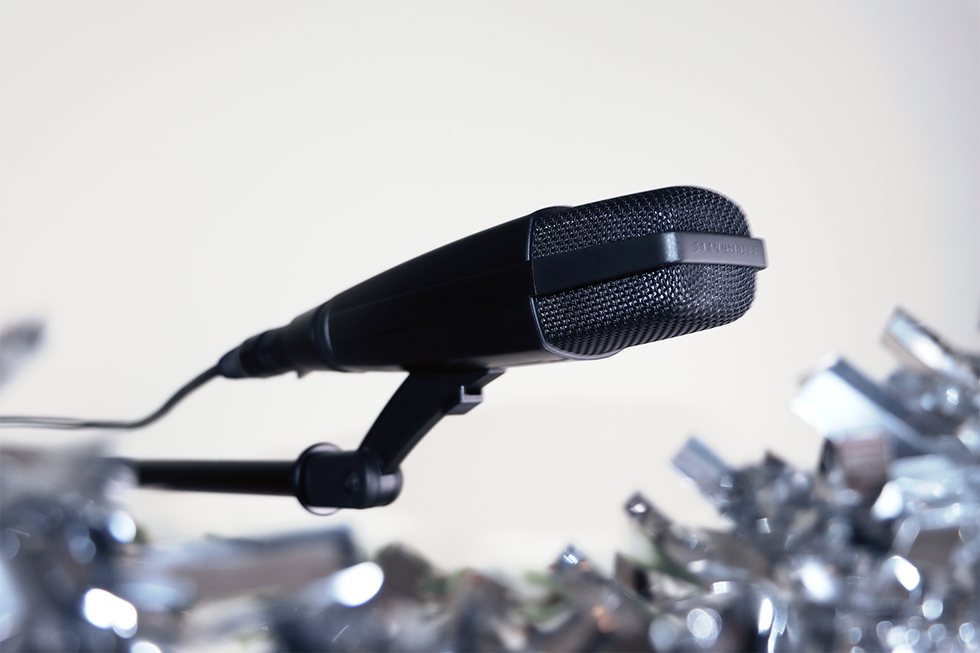
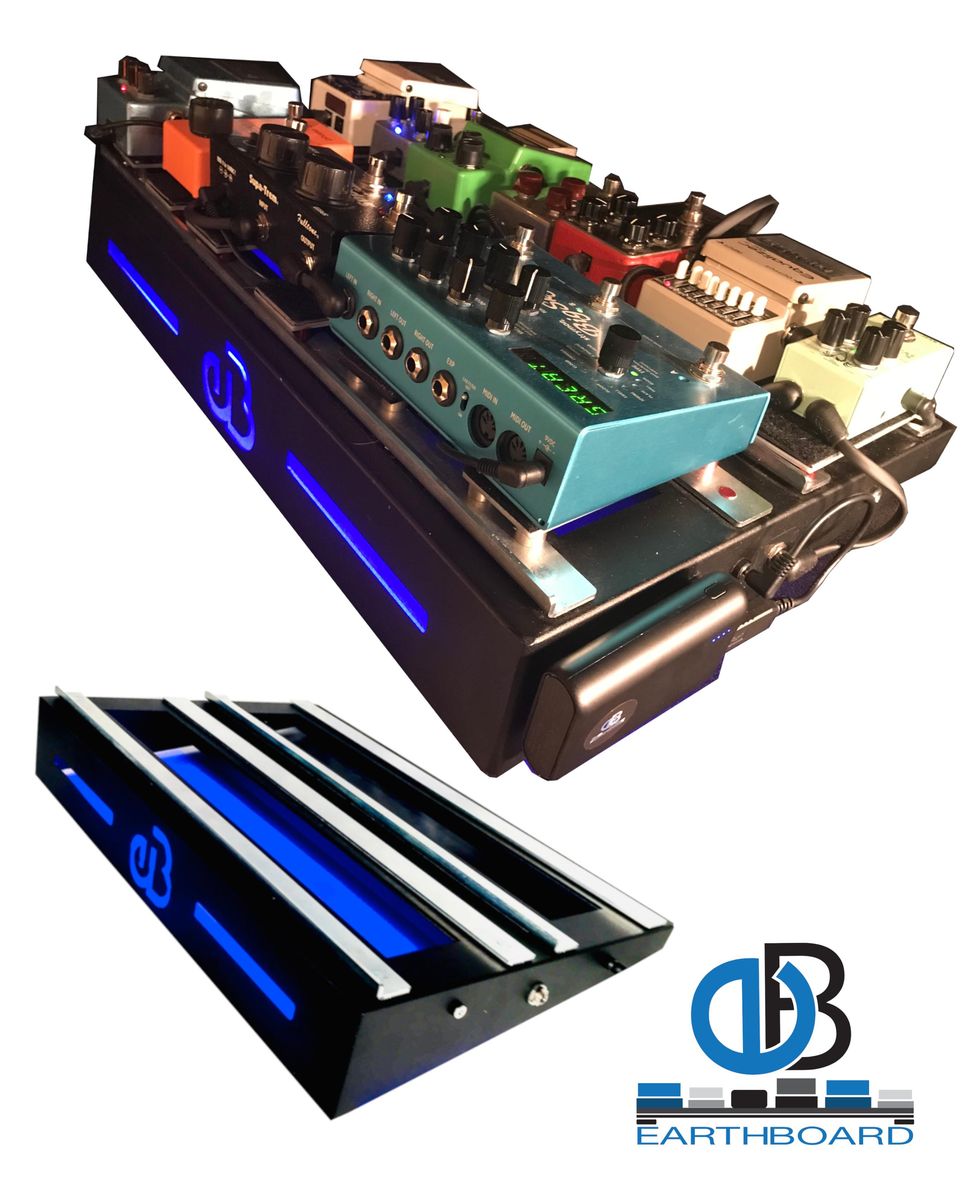
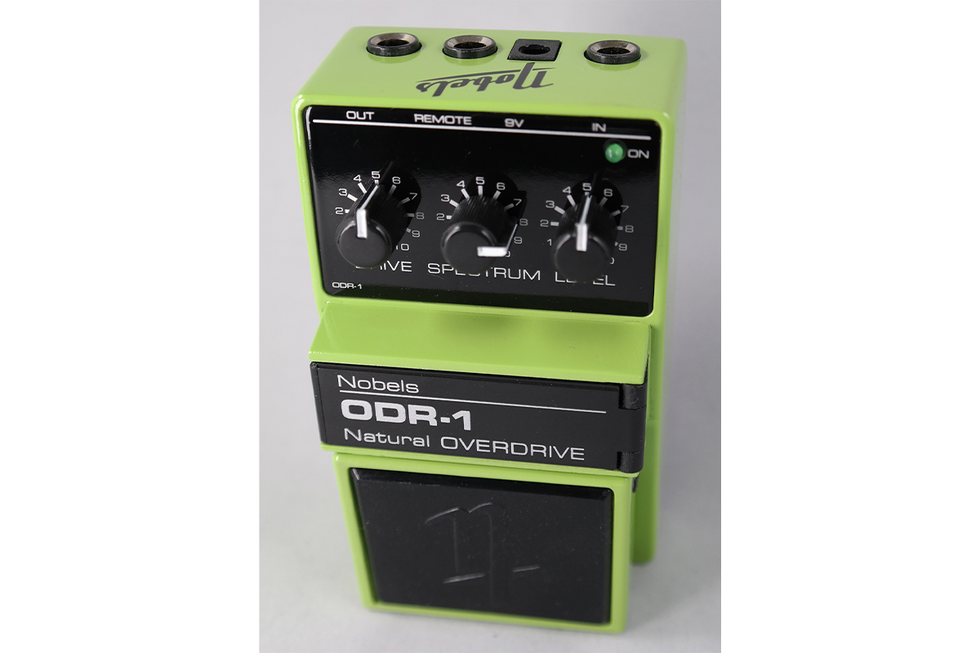
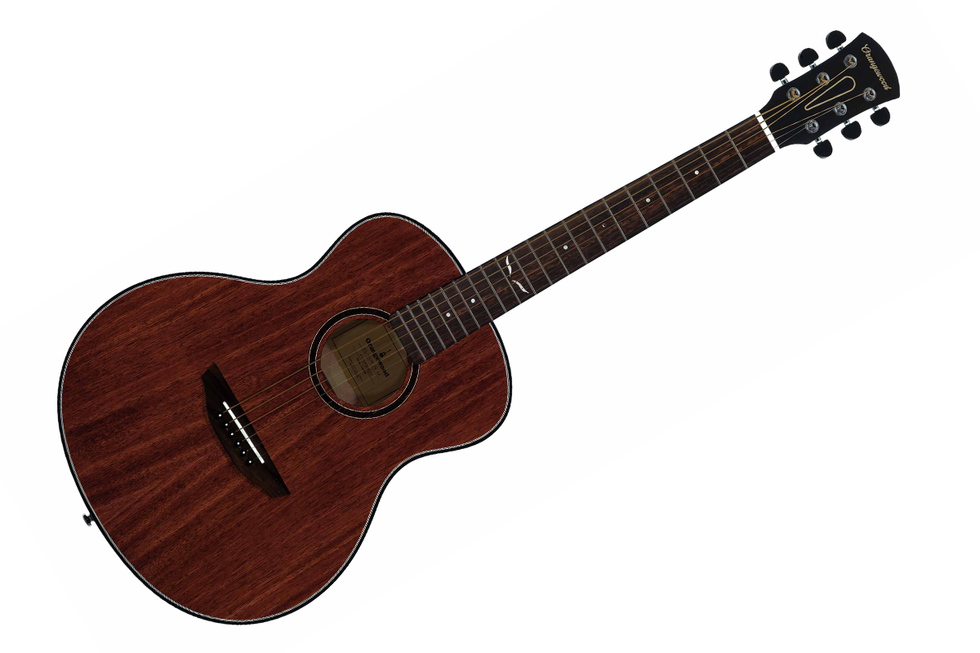
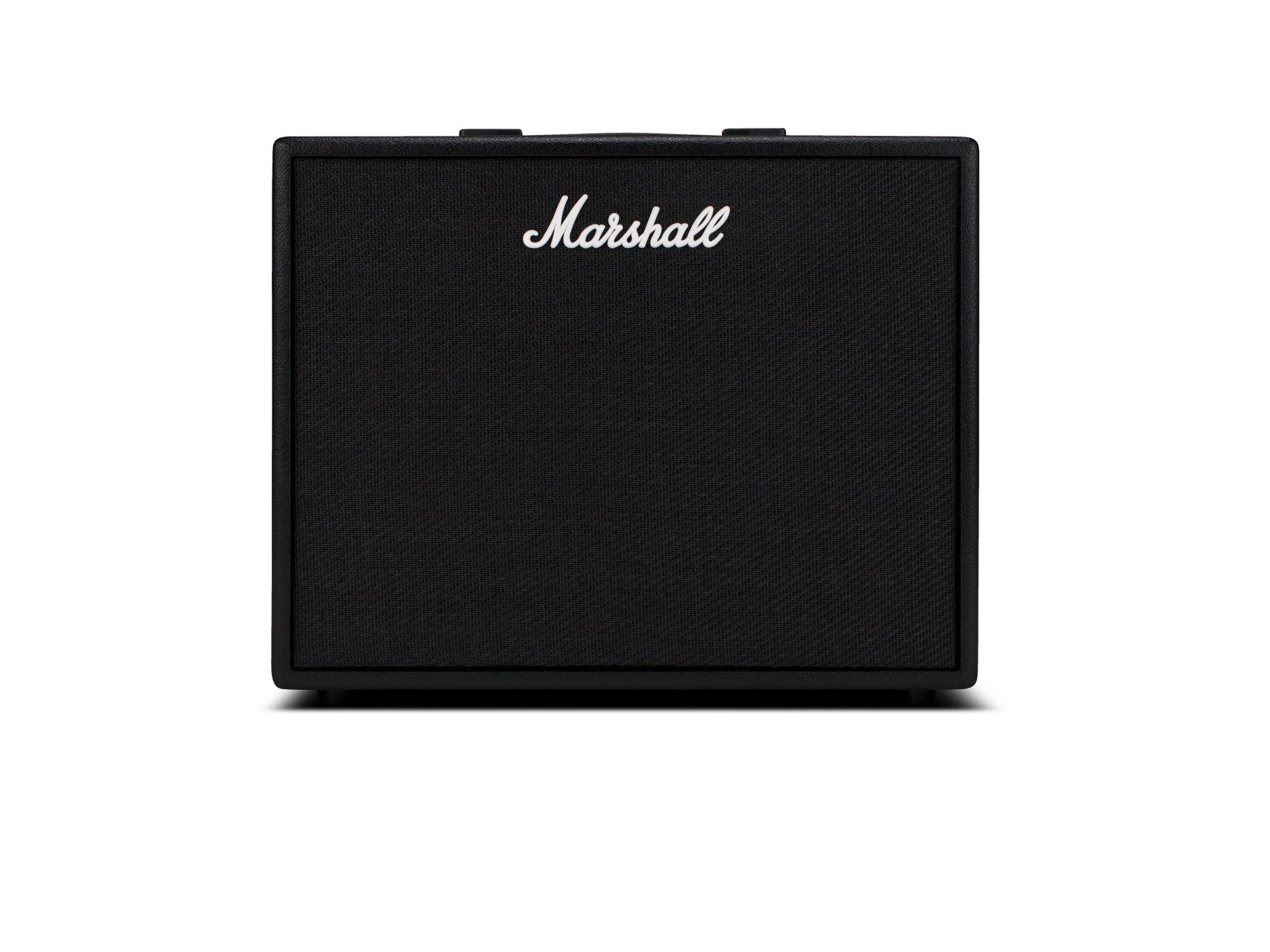
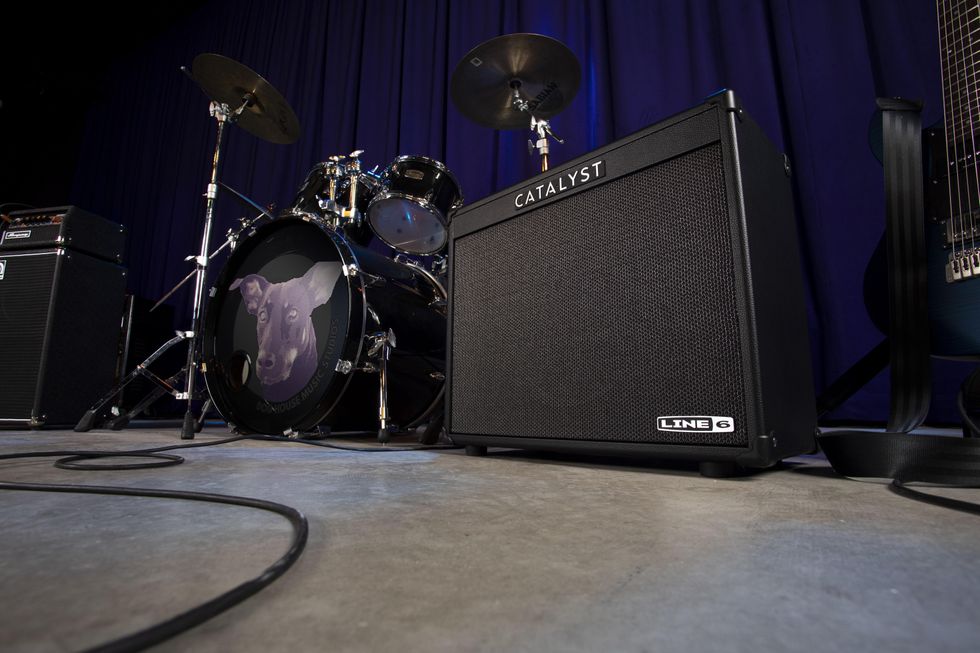
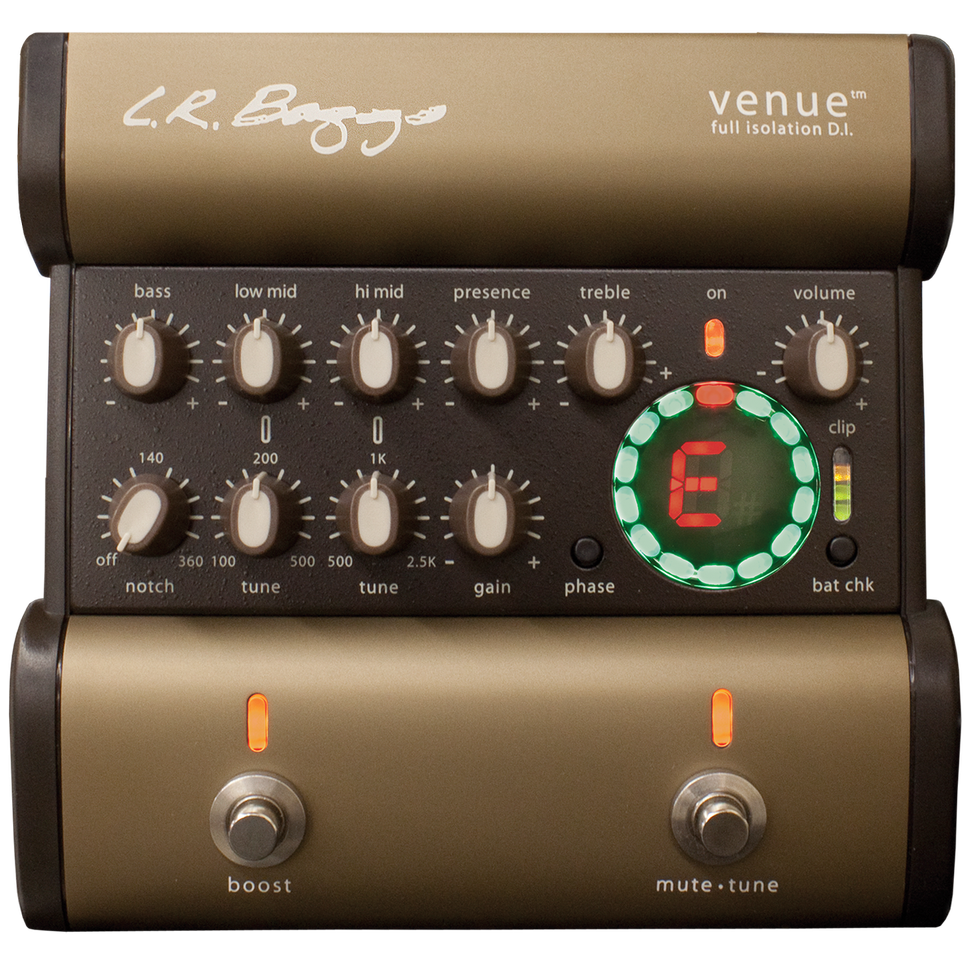
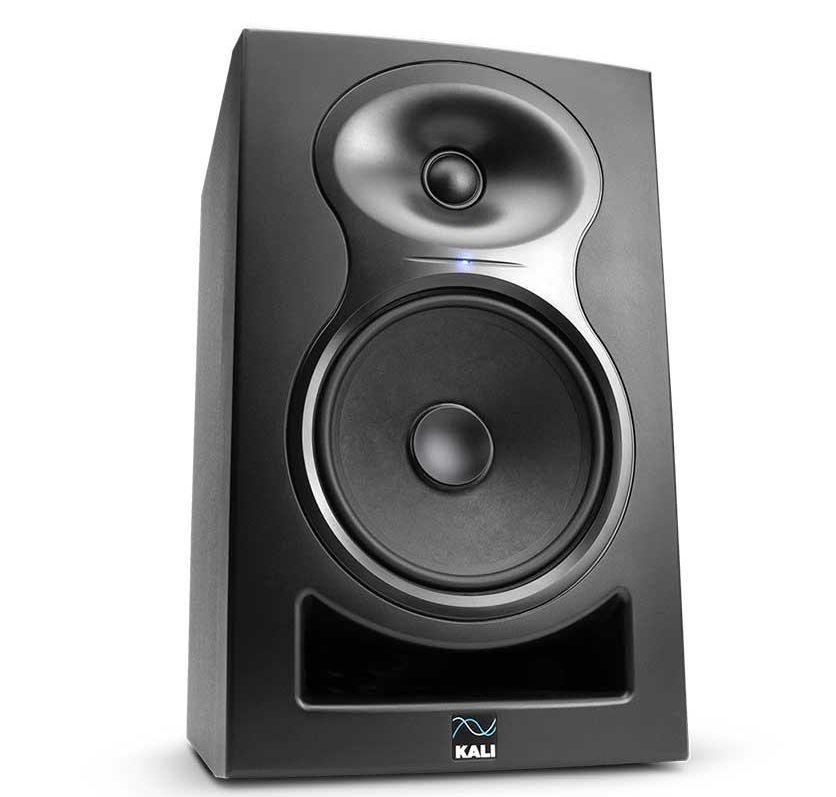
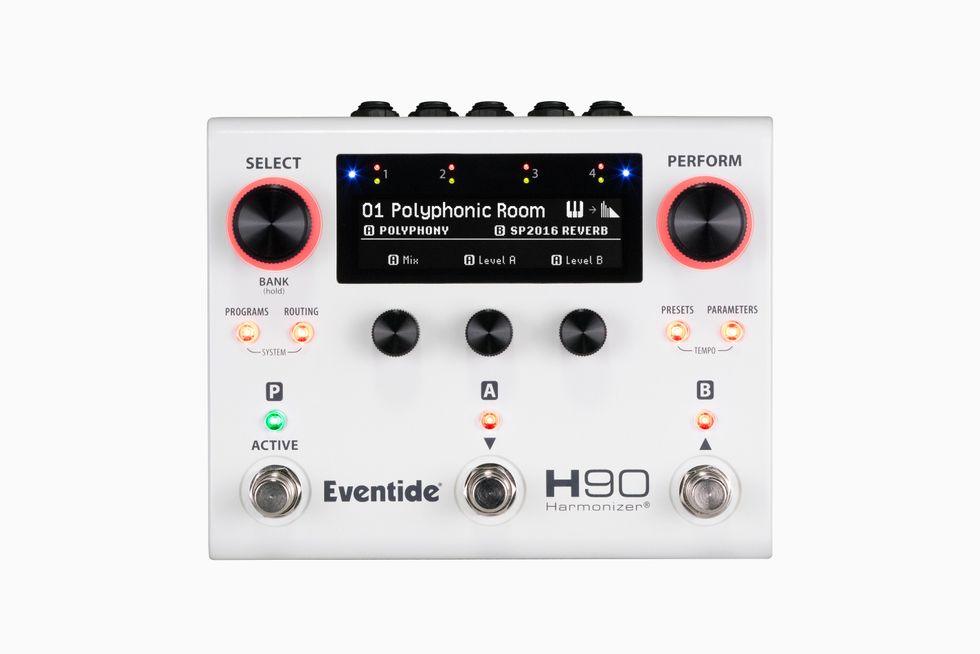
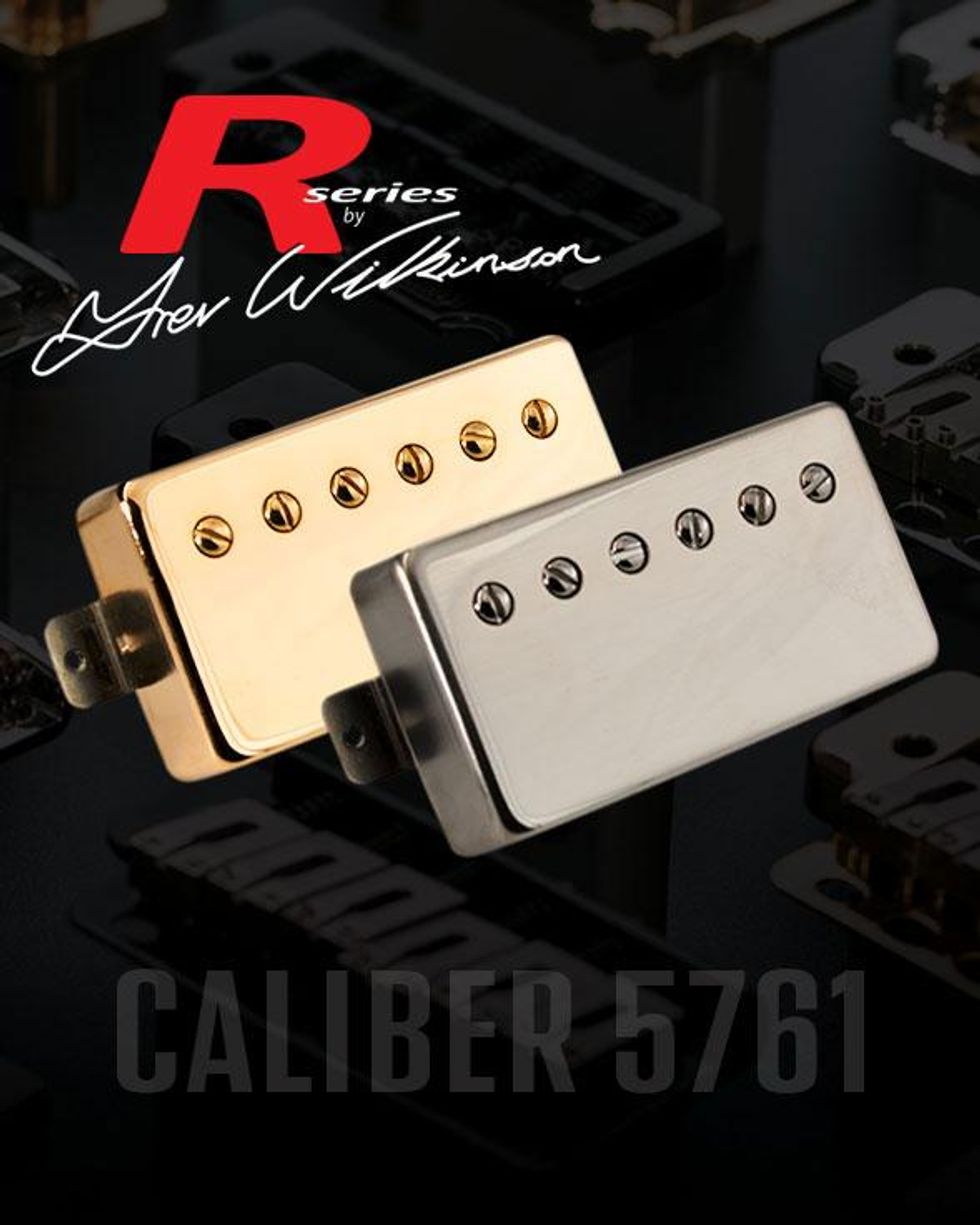
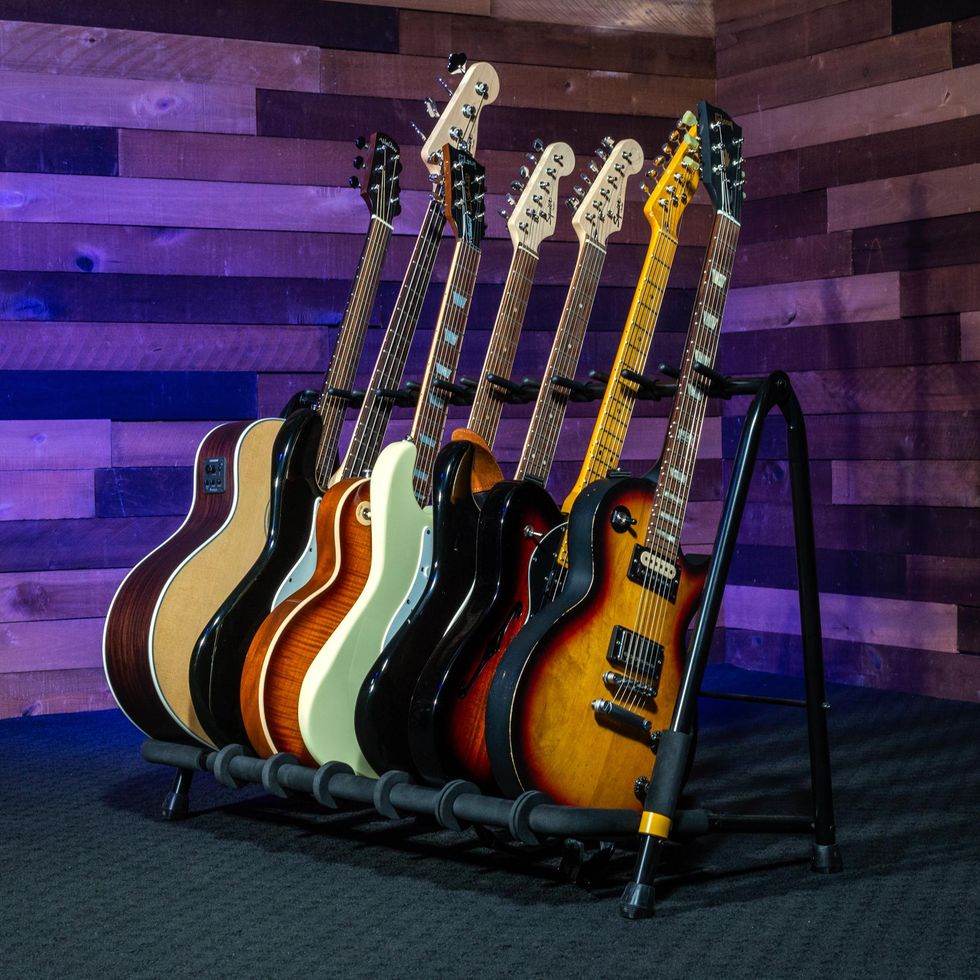
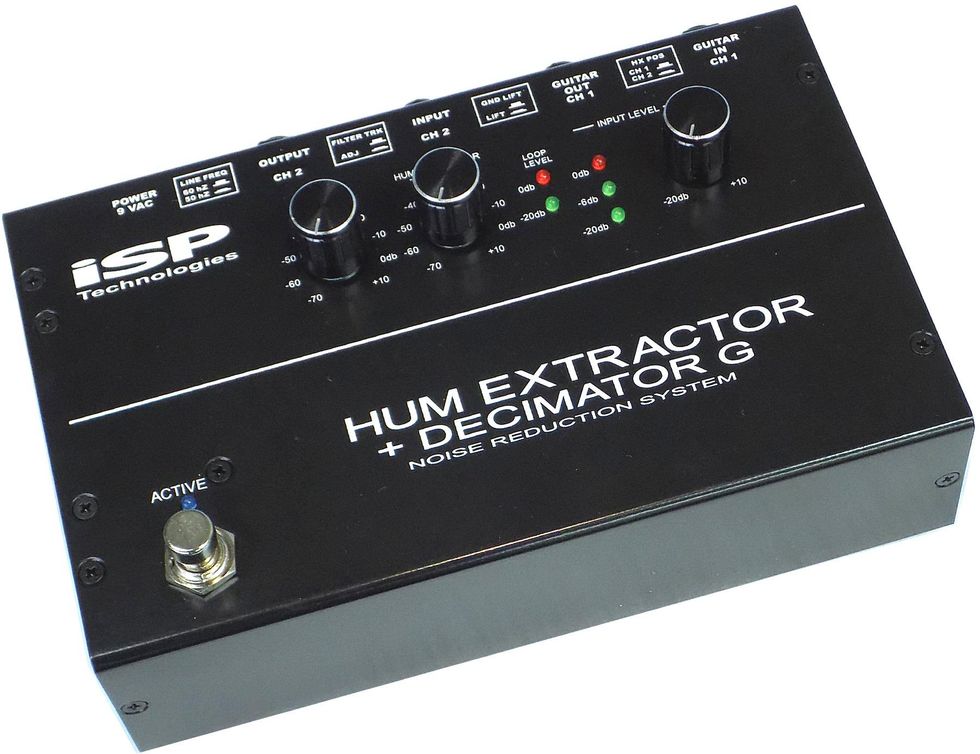
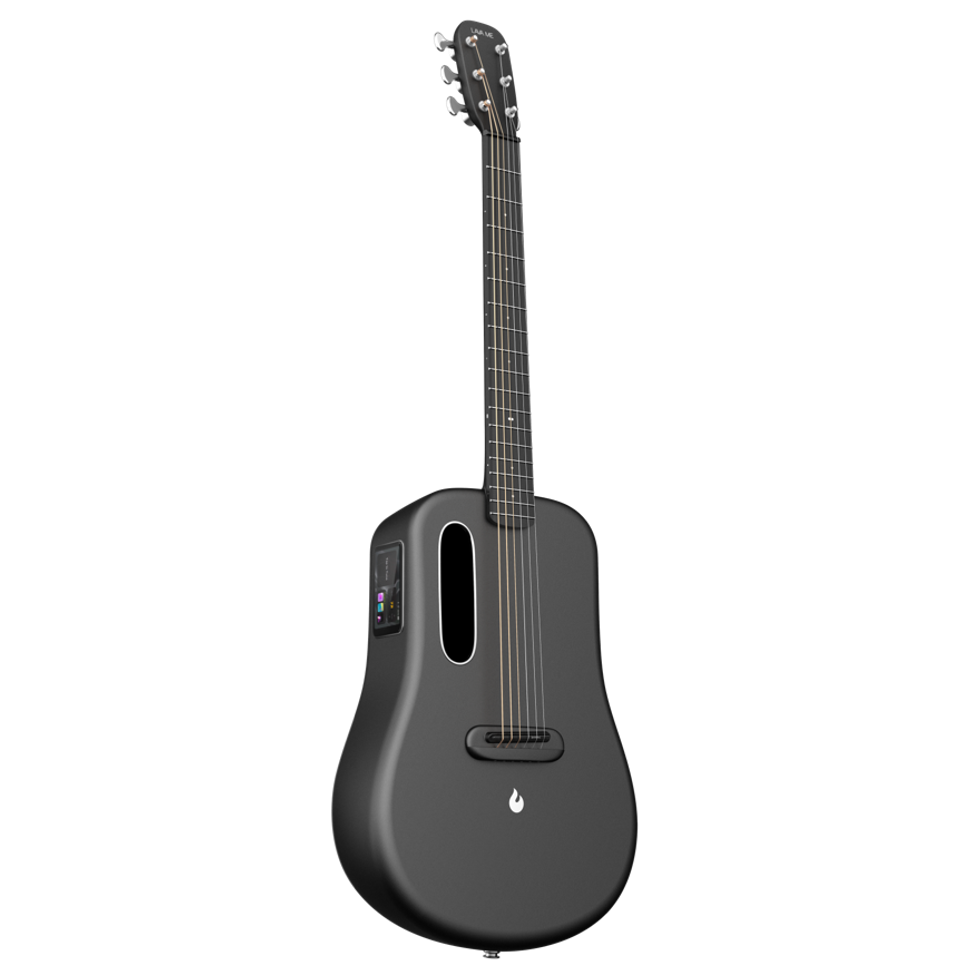
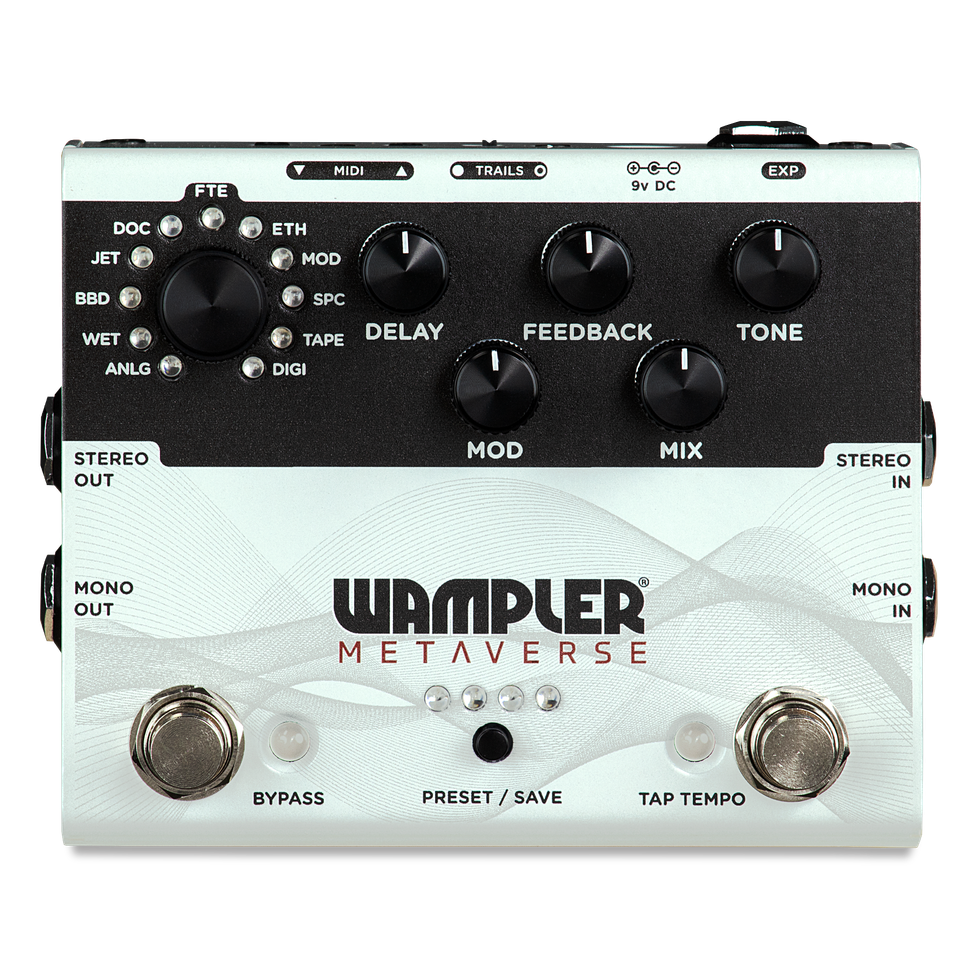

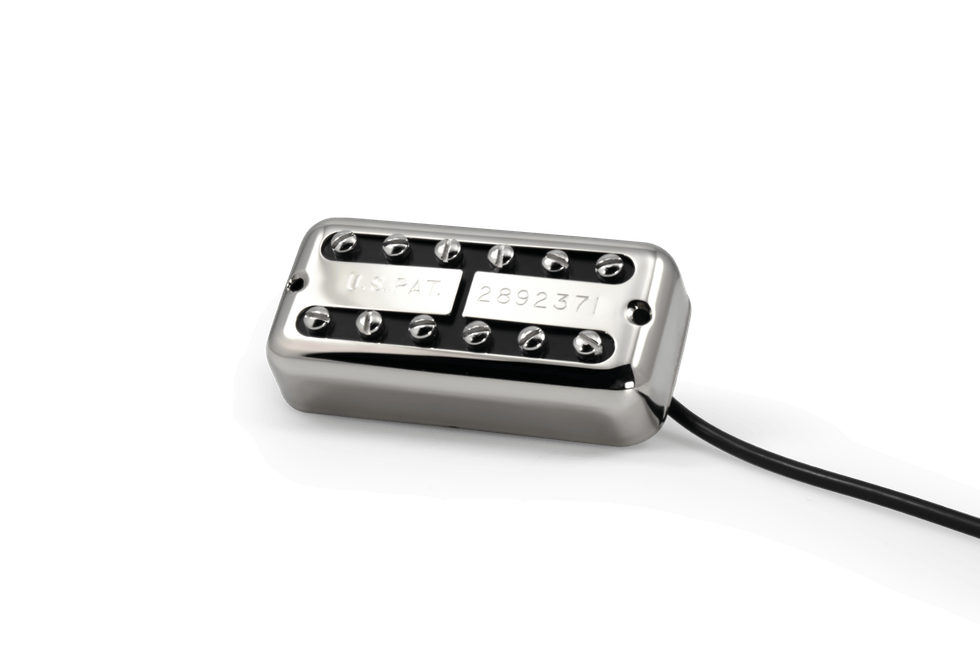
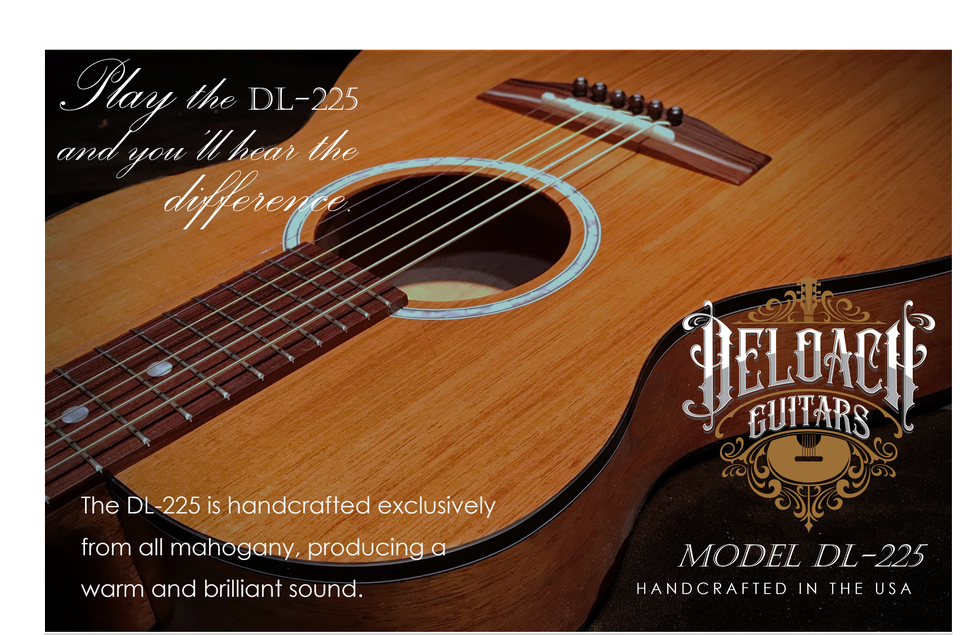
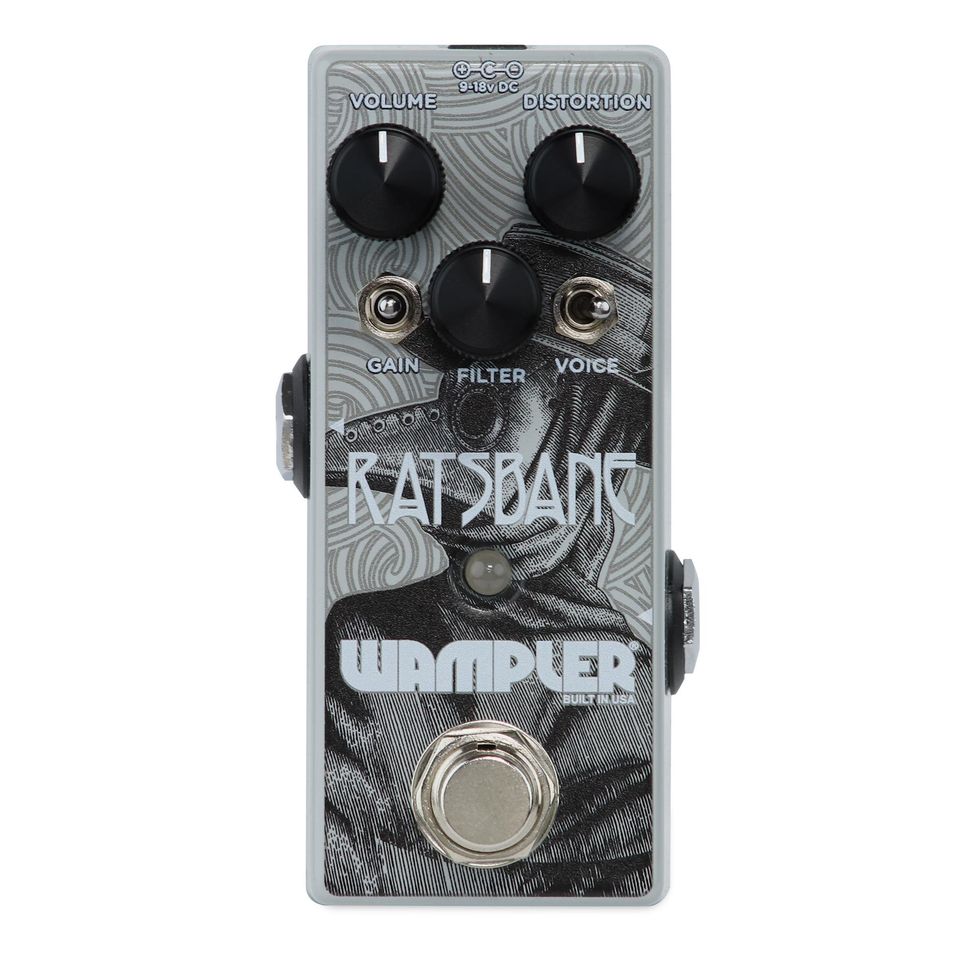
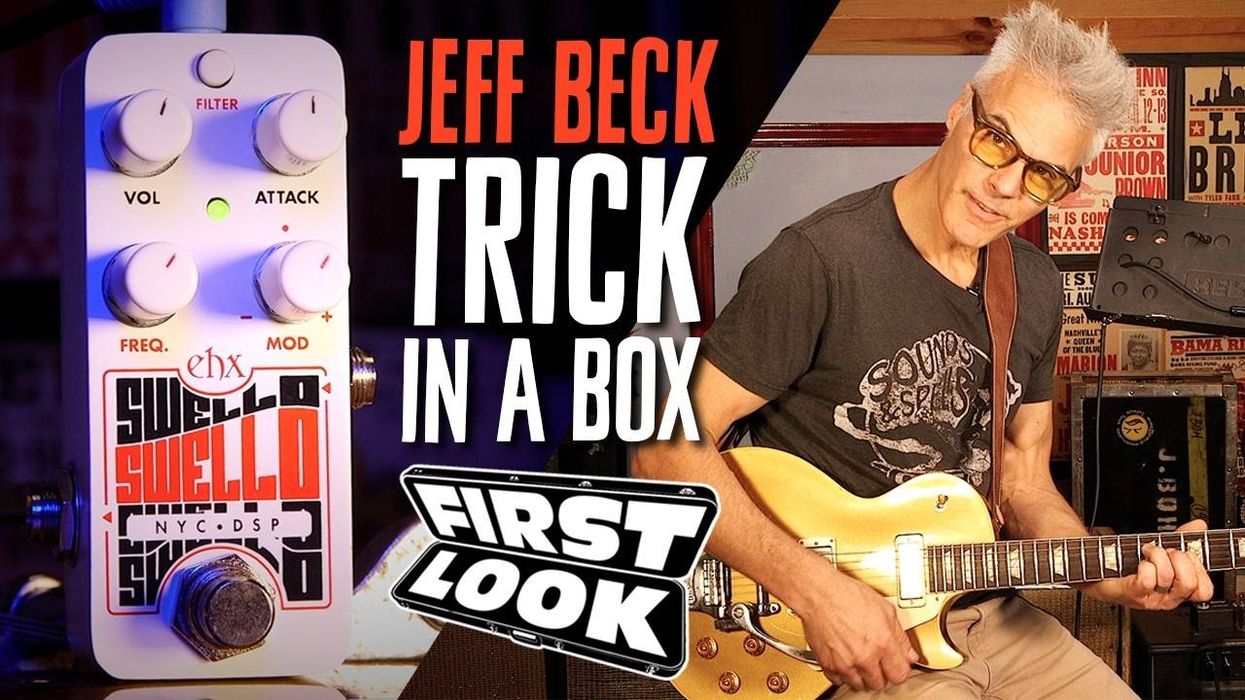
![Devon Eisenbarger [Katy Perry] Rig Rundown](https://www.premierguitar.com/media-library/youtube.jpg?id=61774583&width=1245&height=700&quality=70&coordinates=0%2C0%2C0%2C0)
